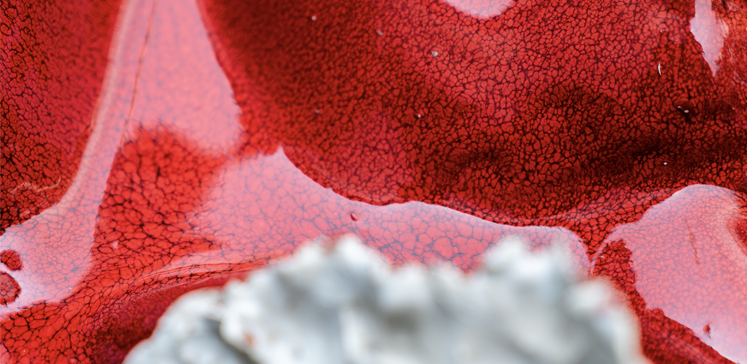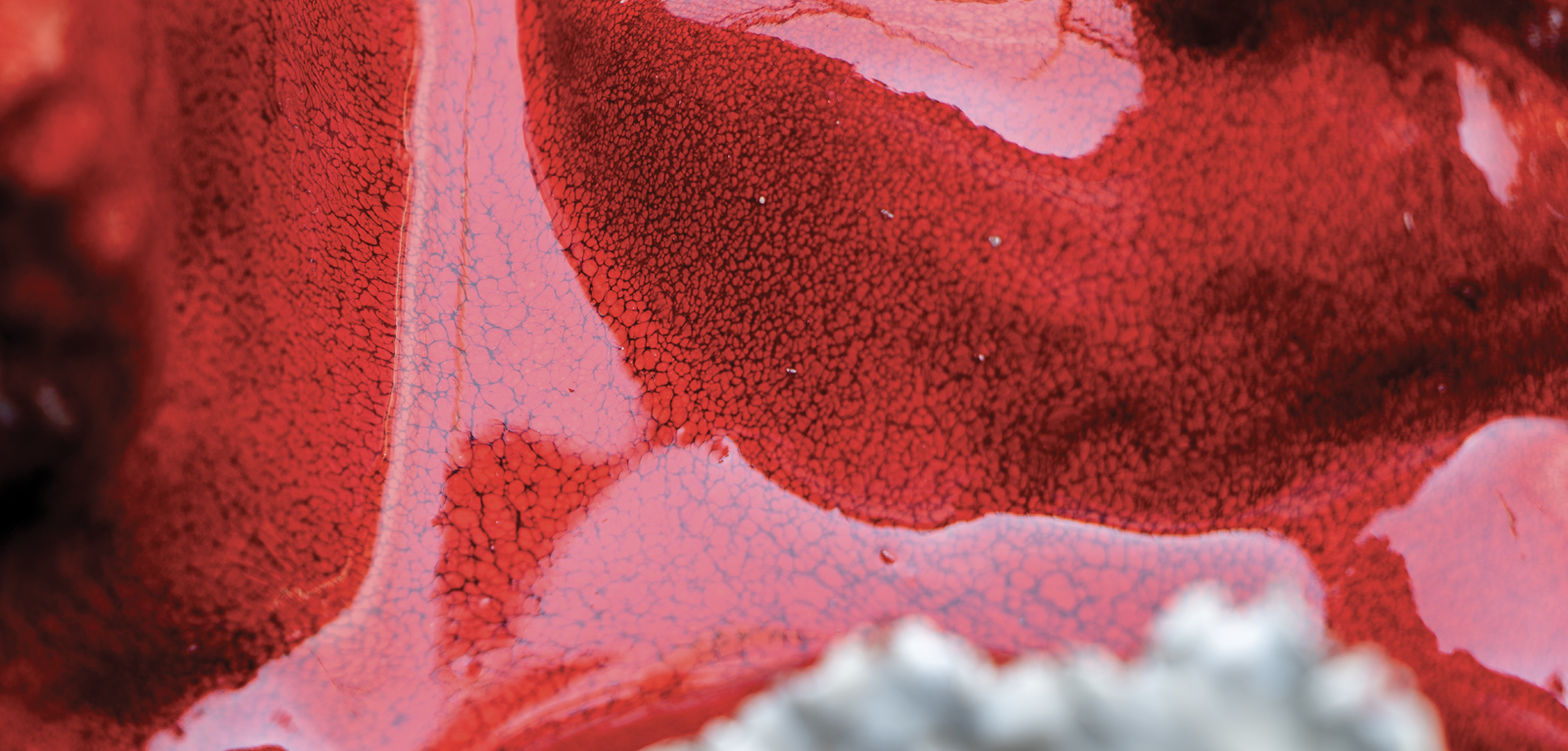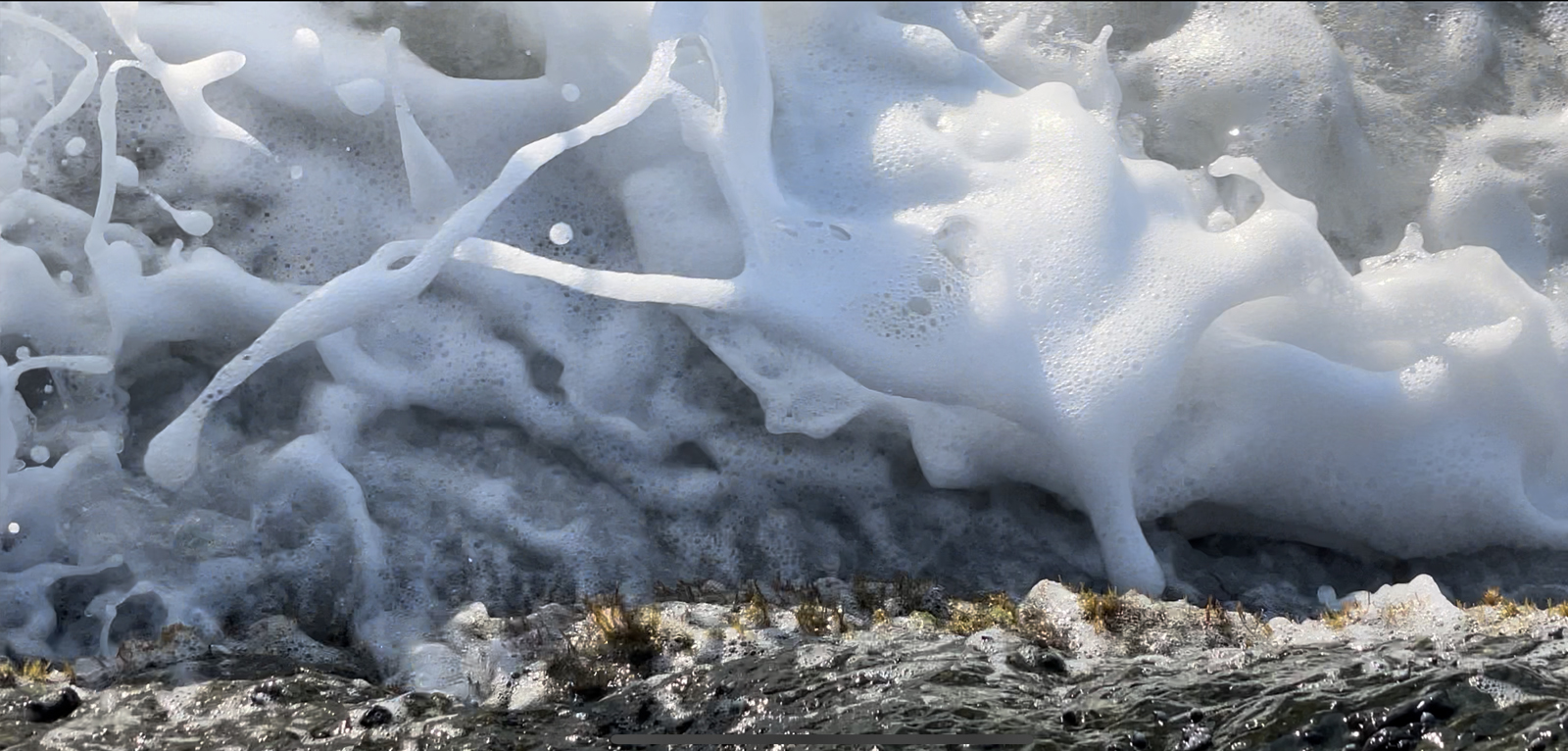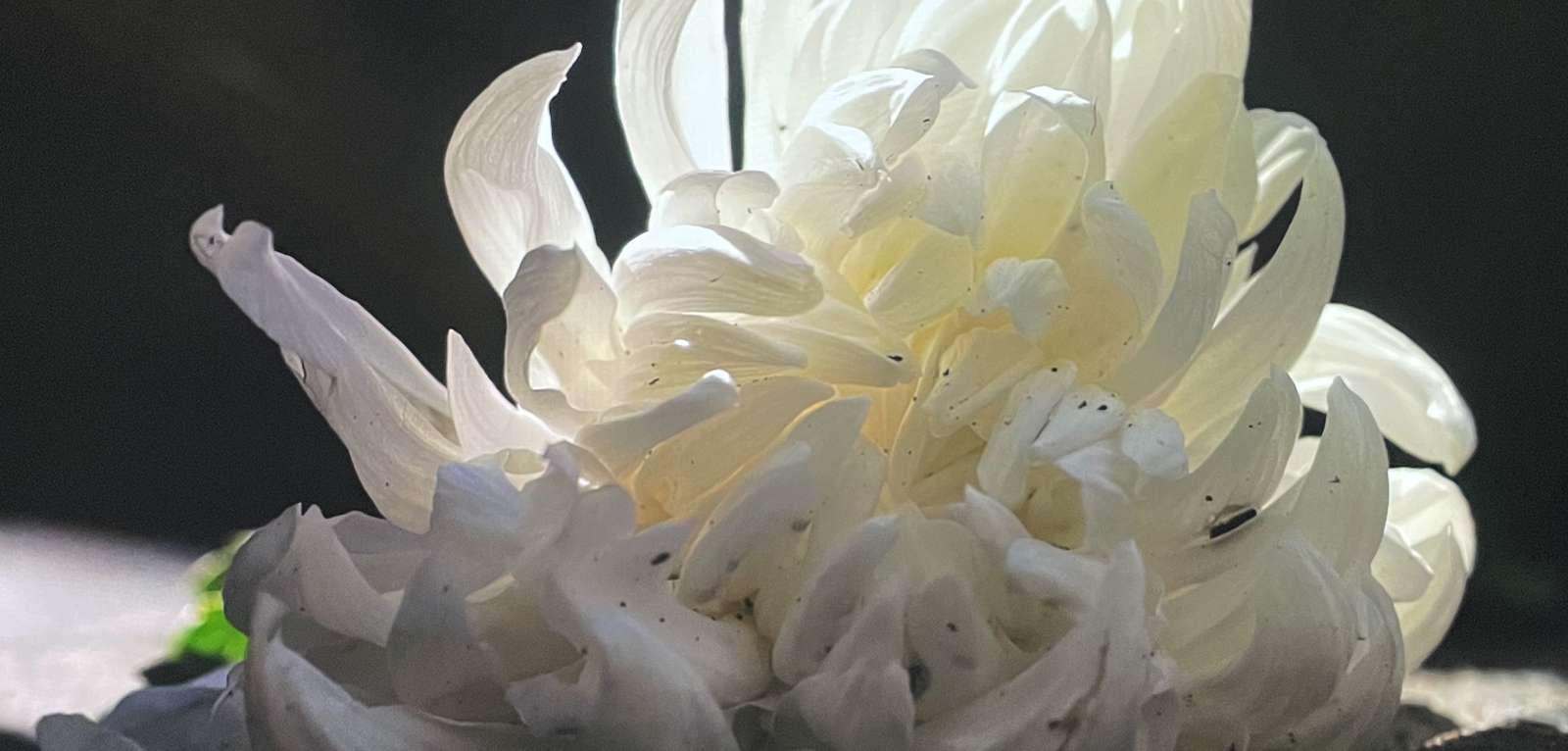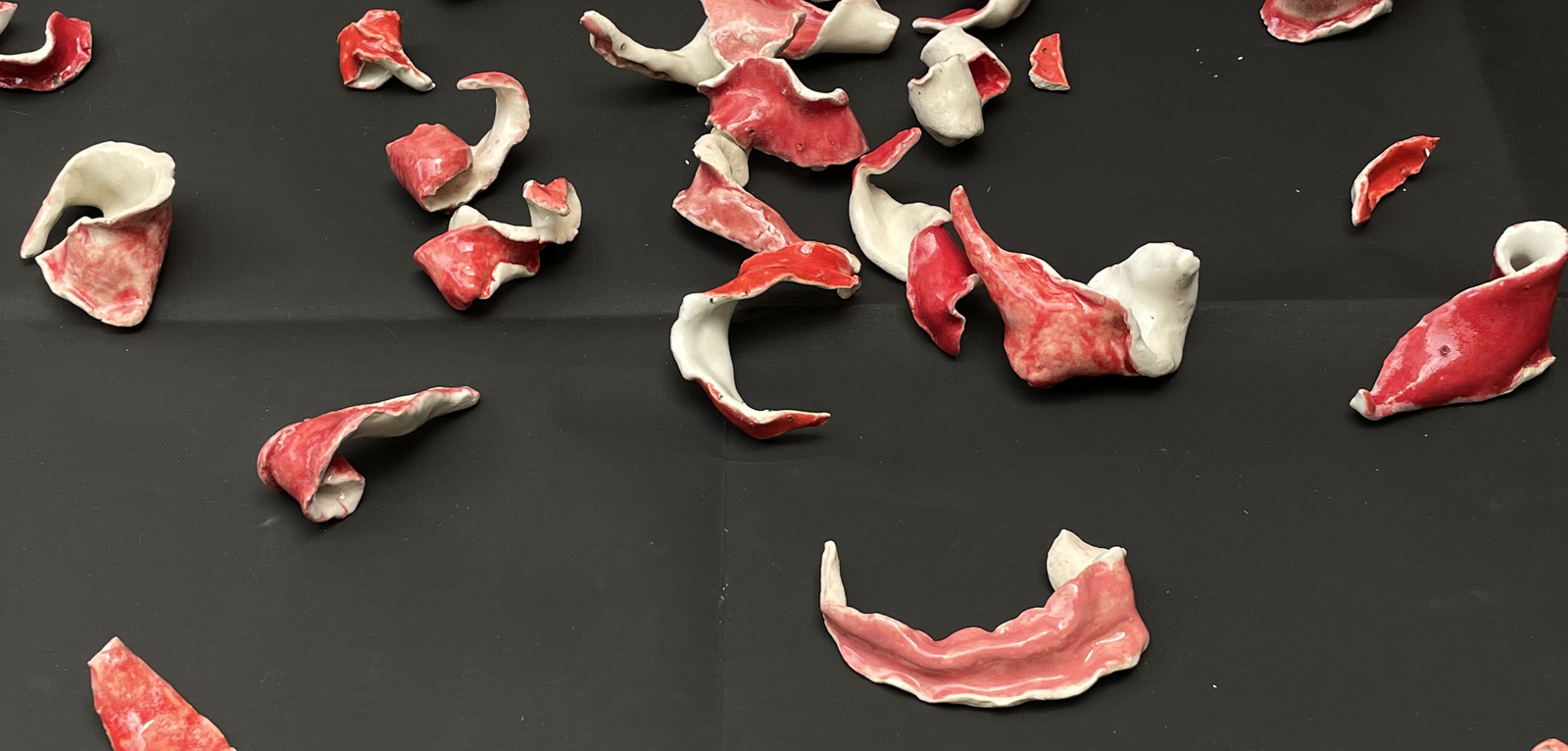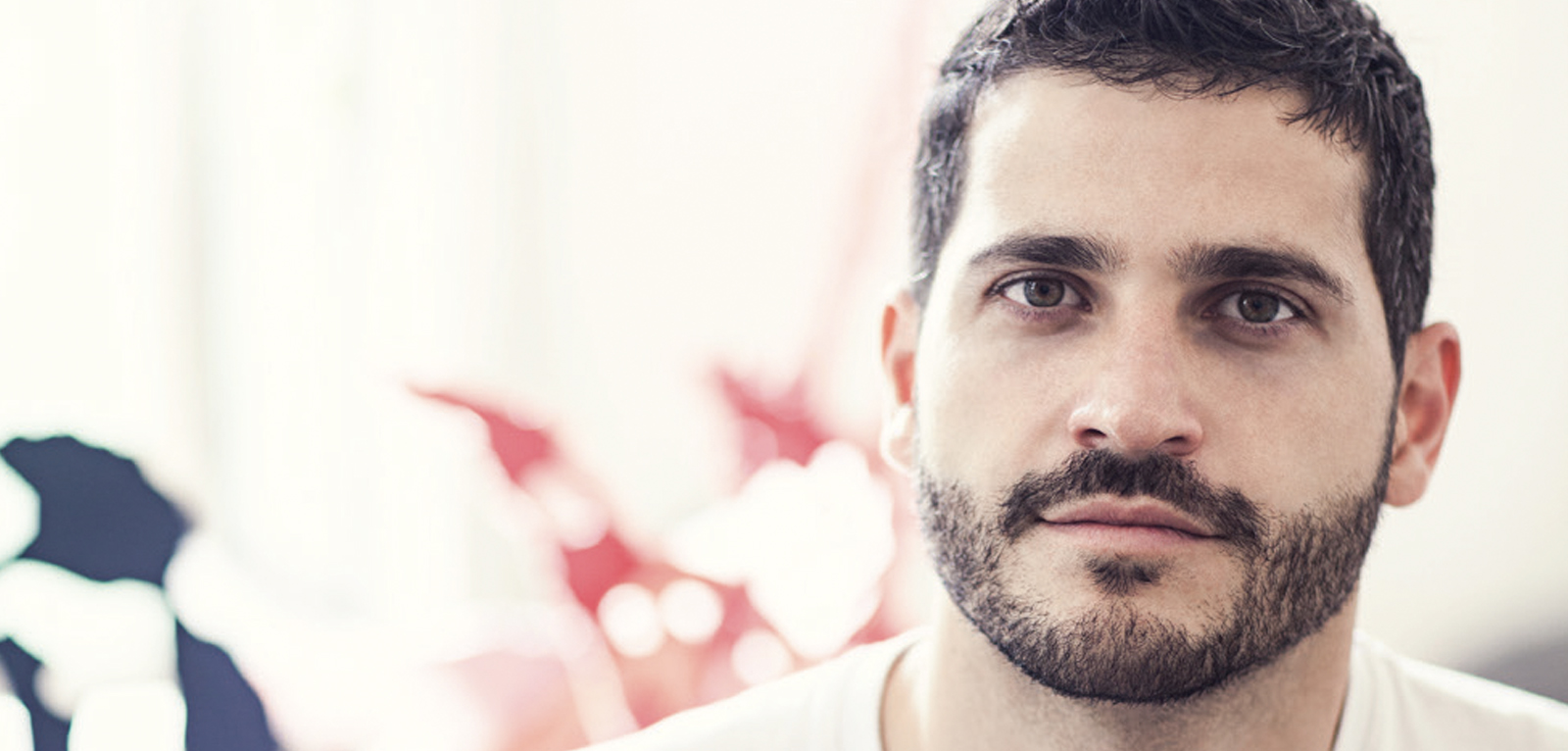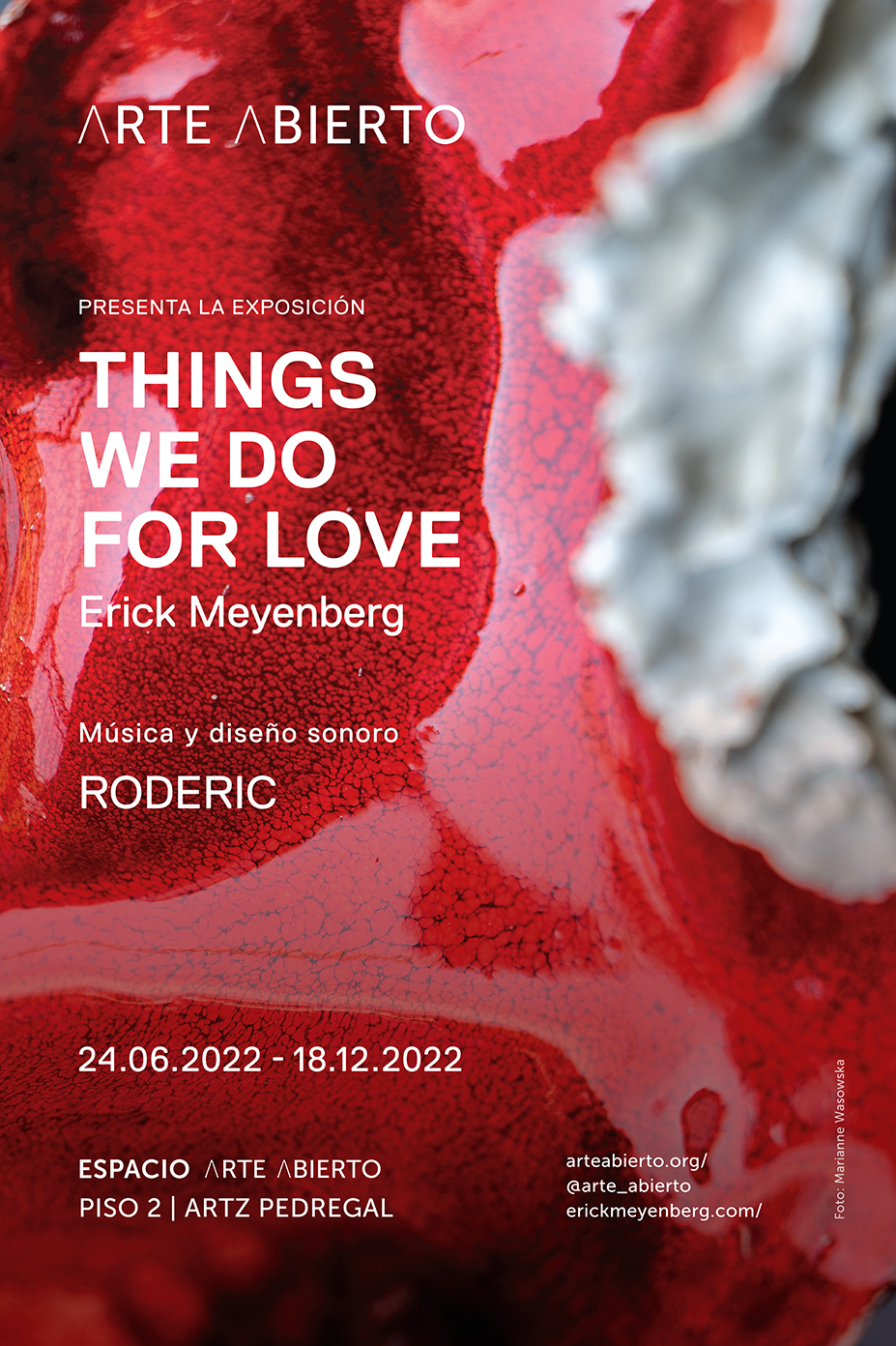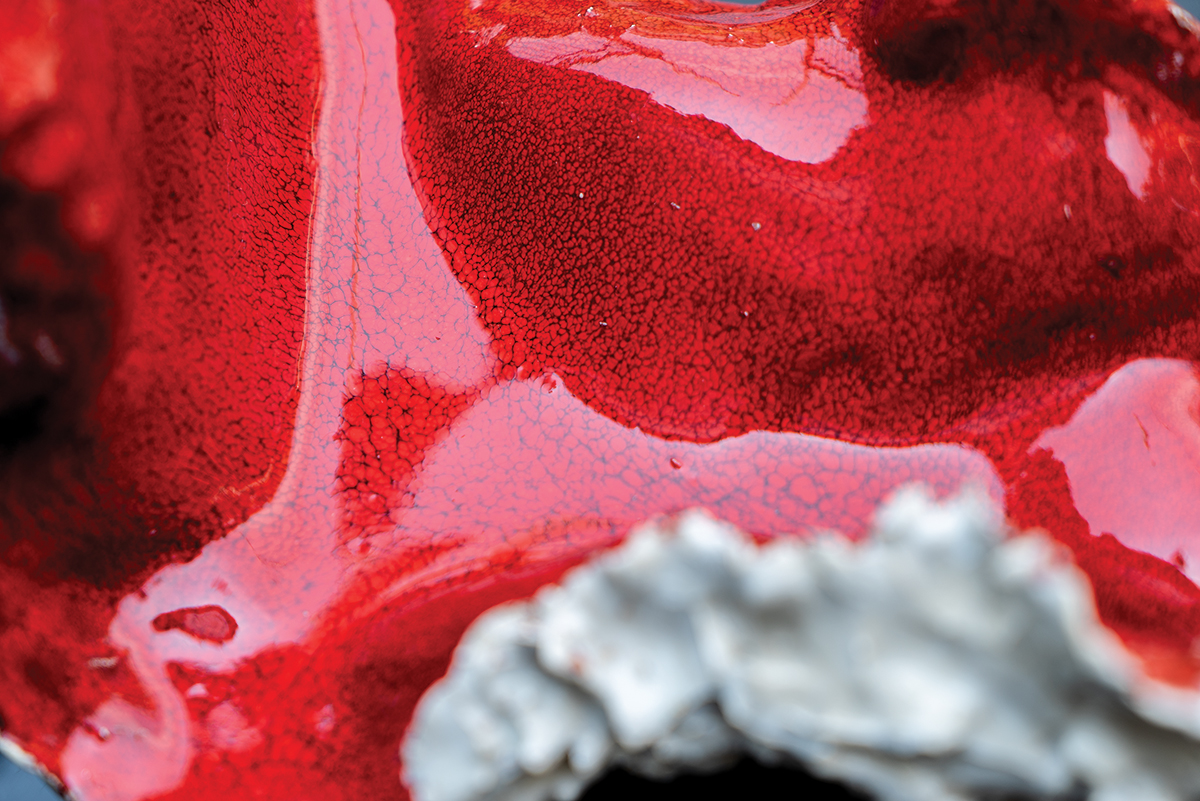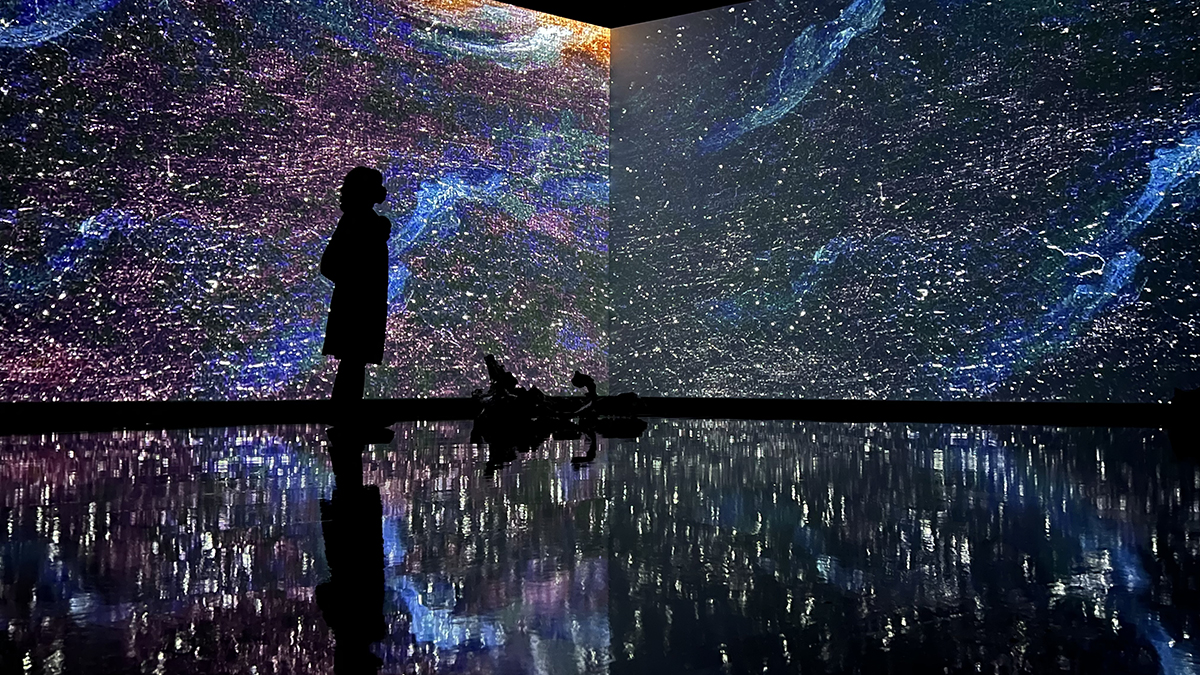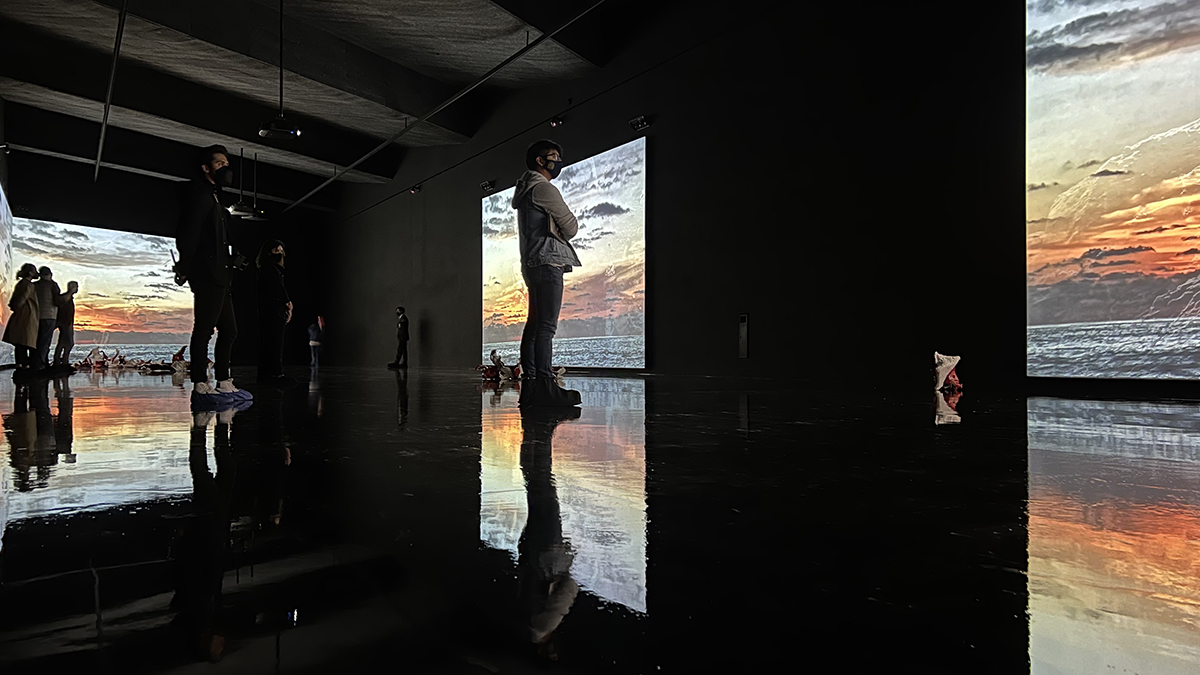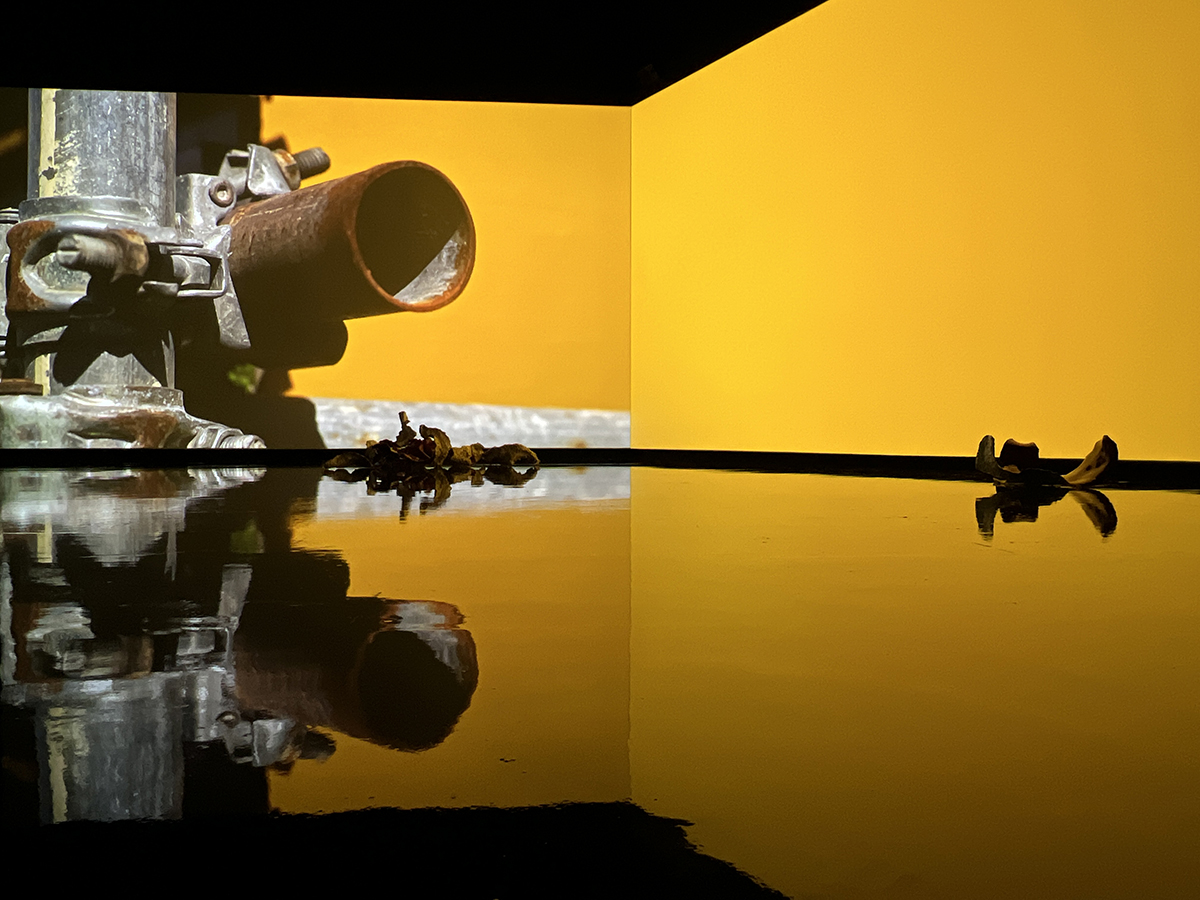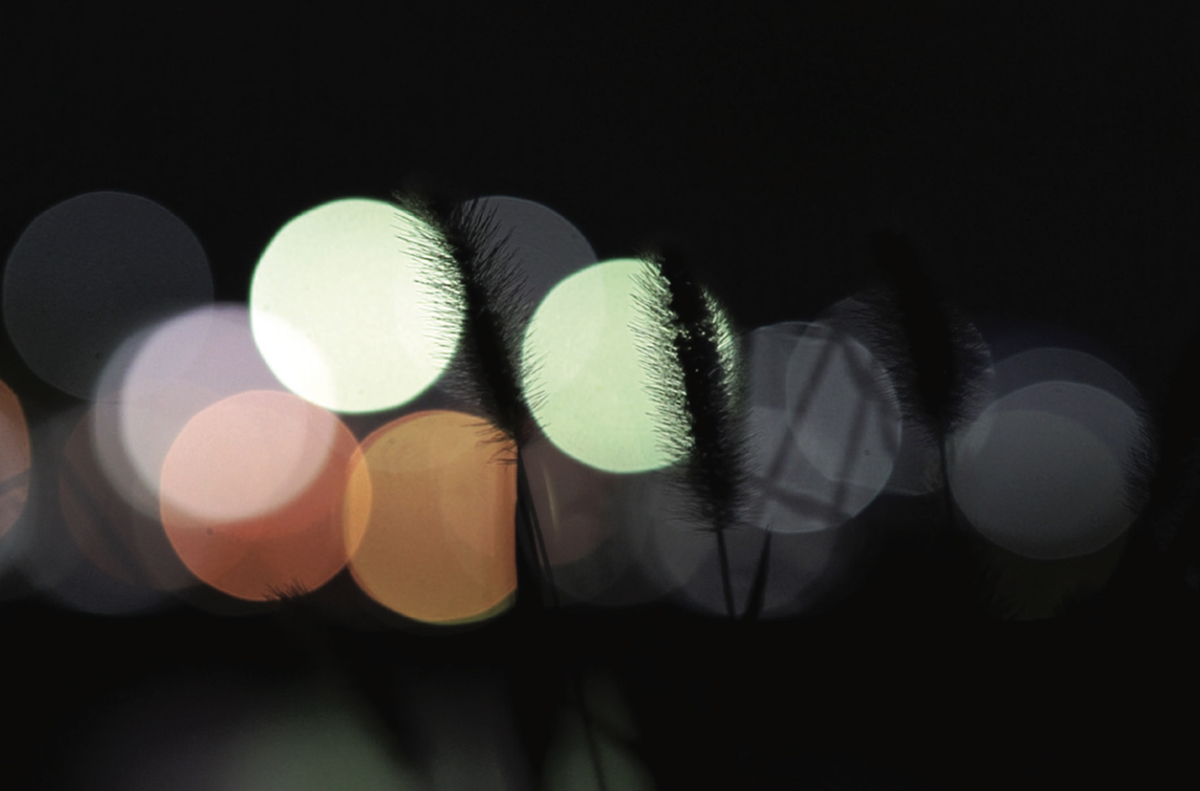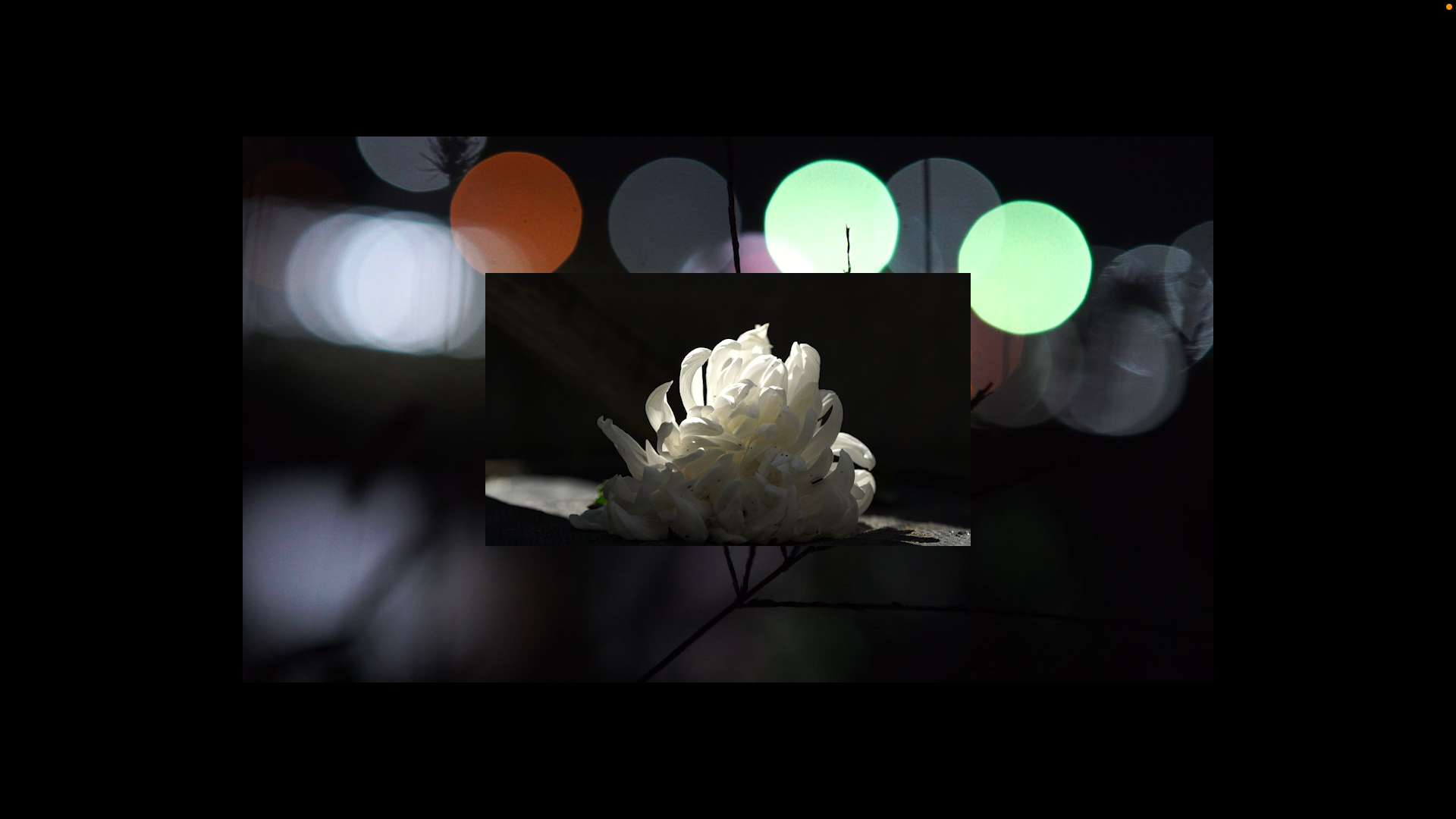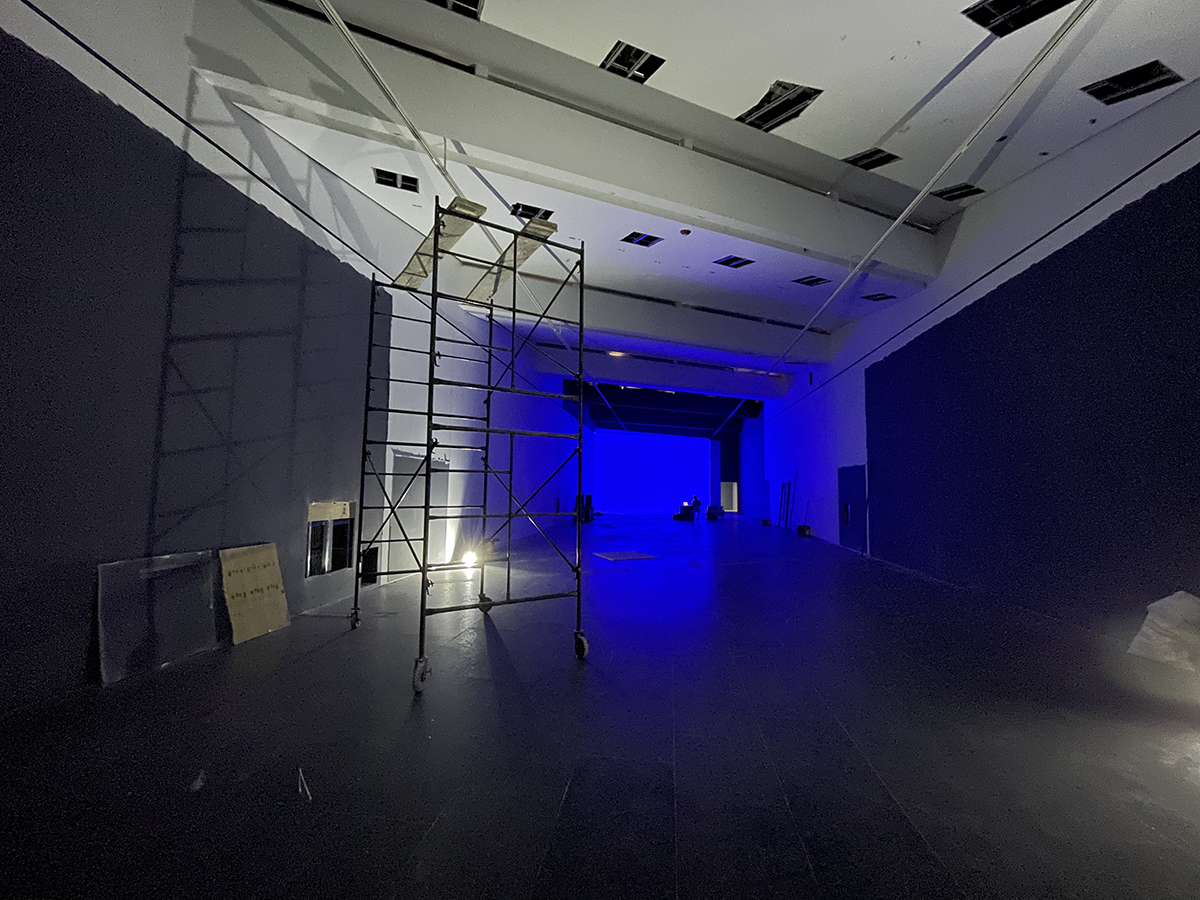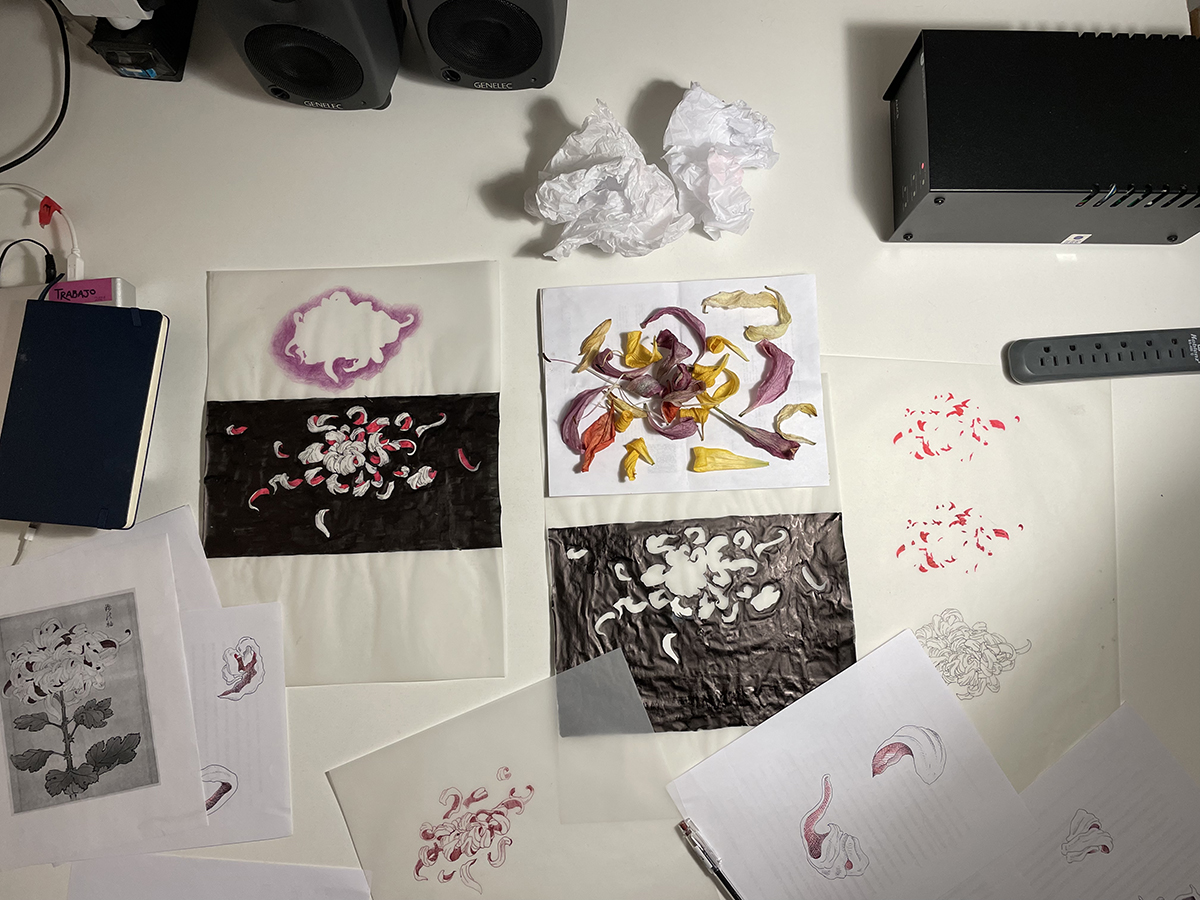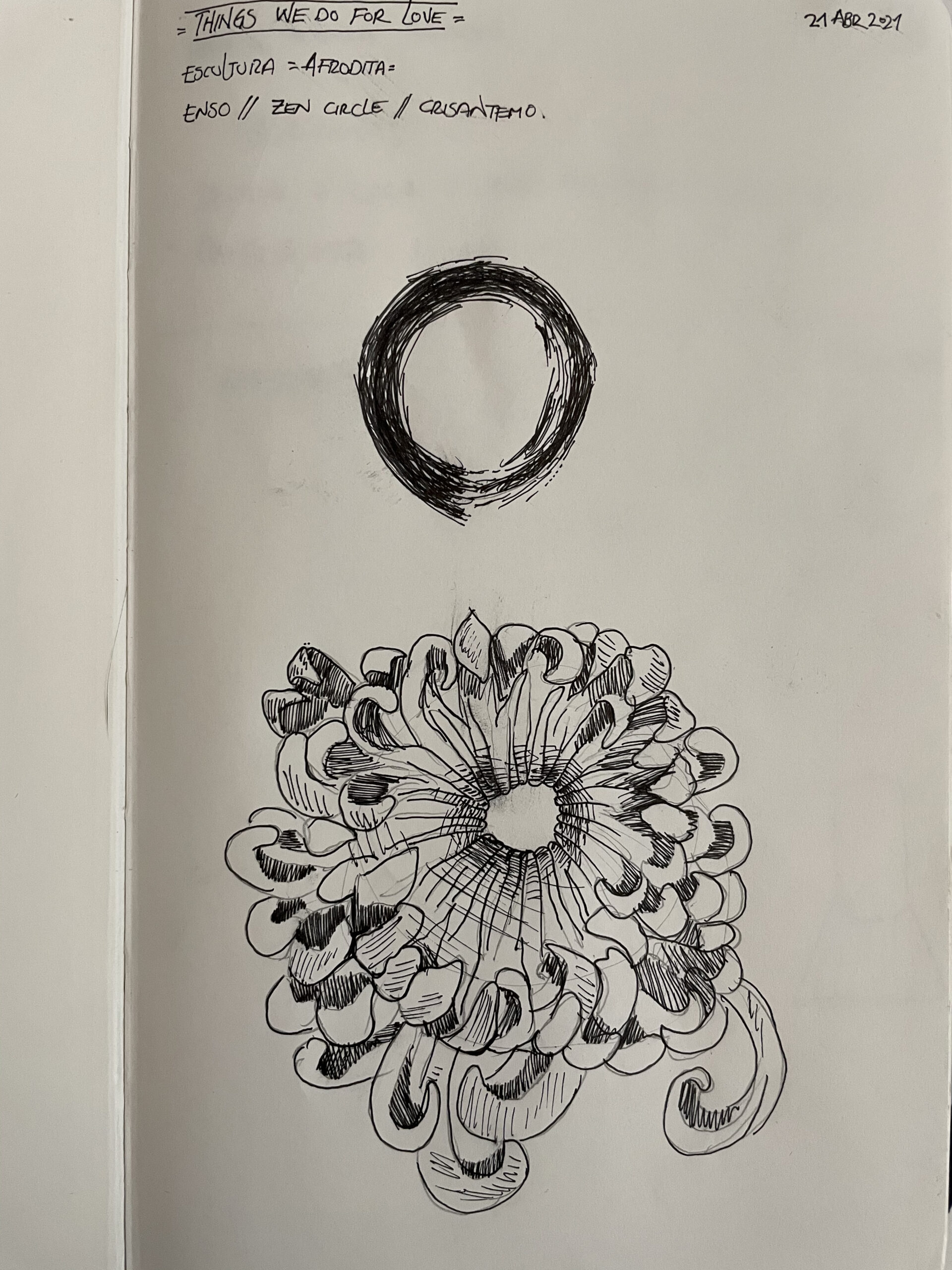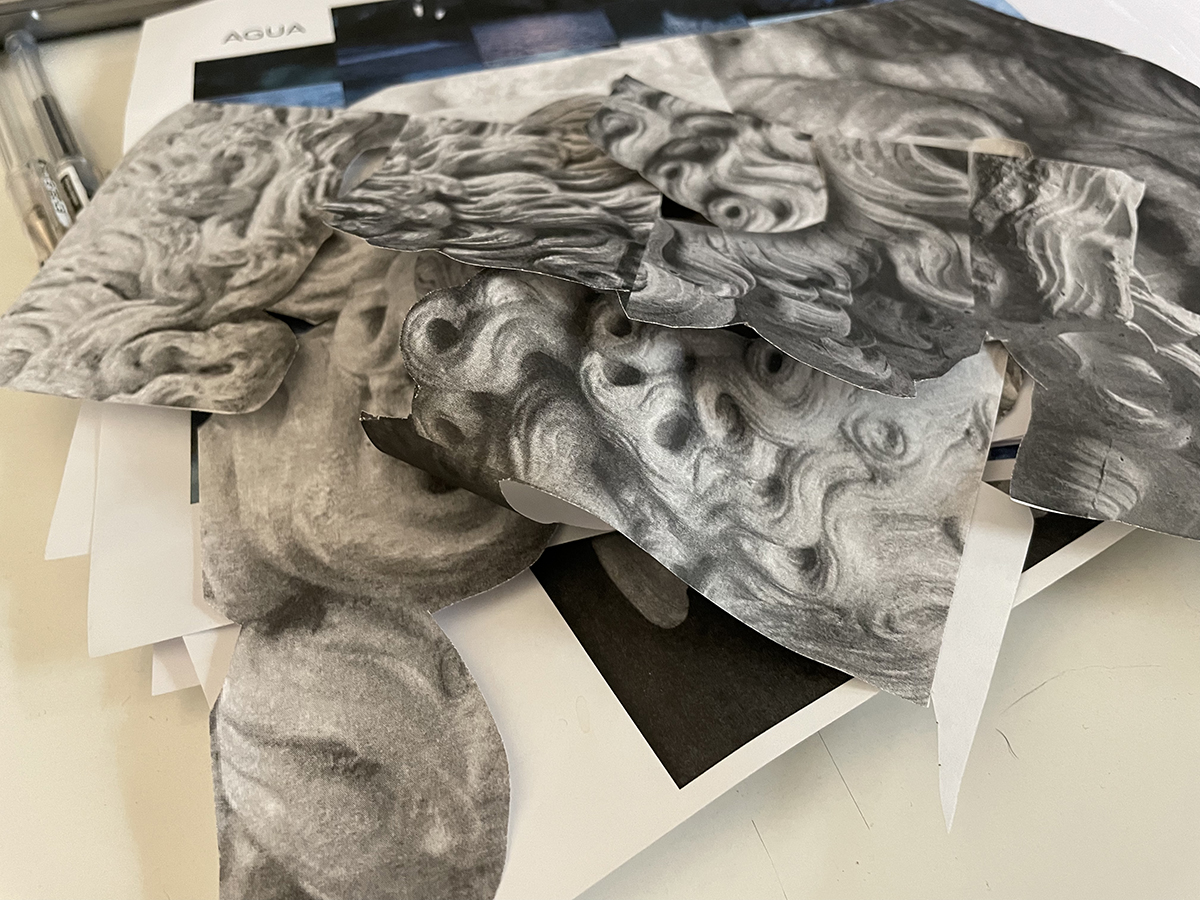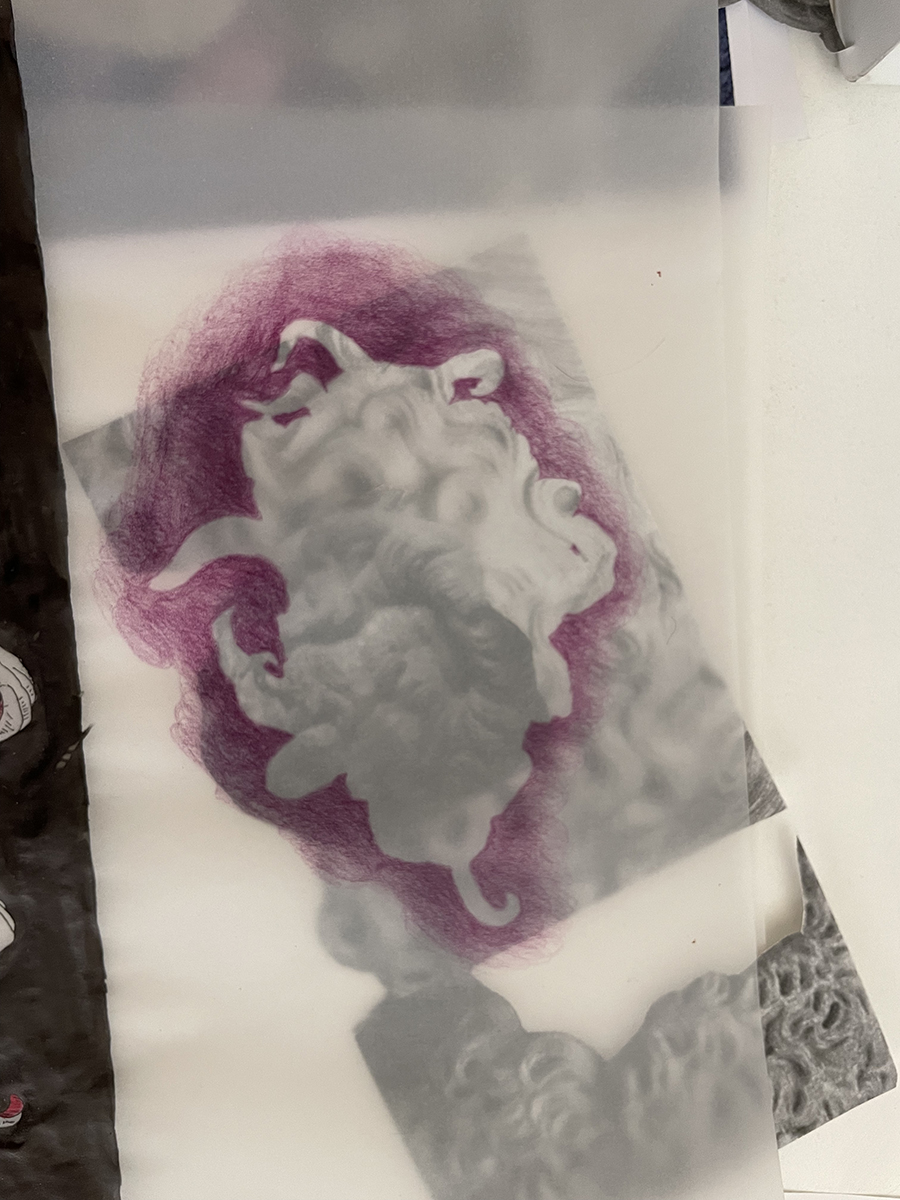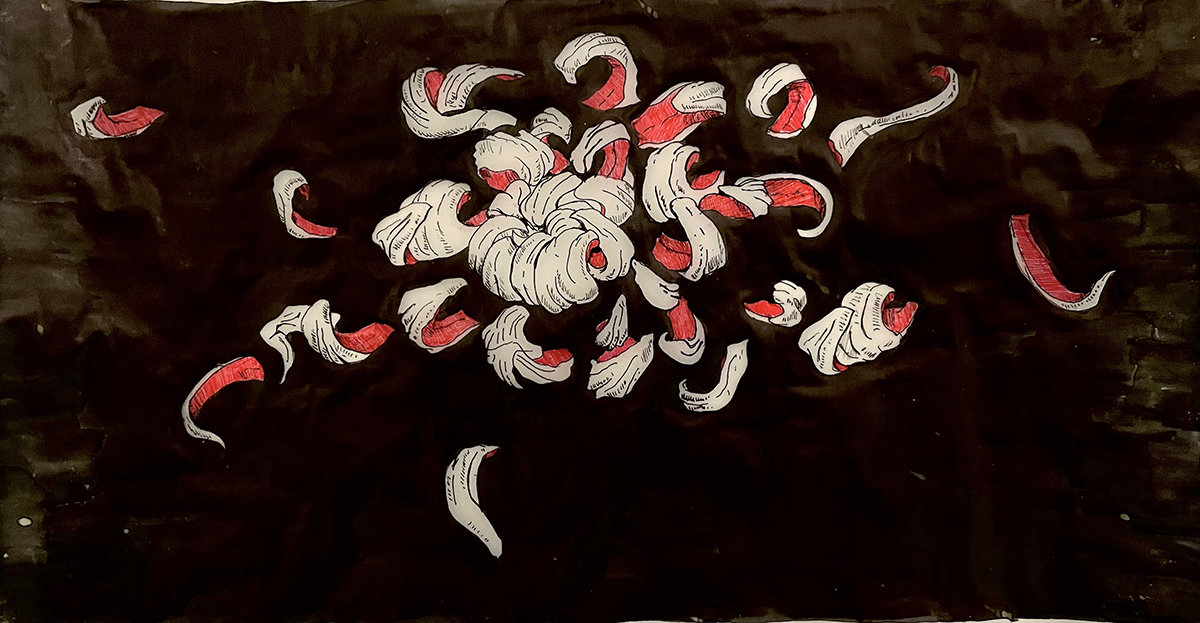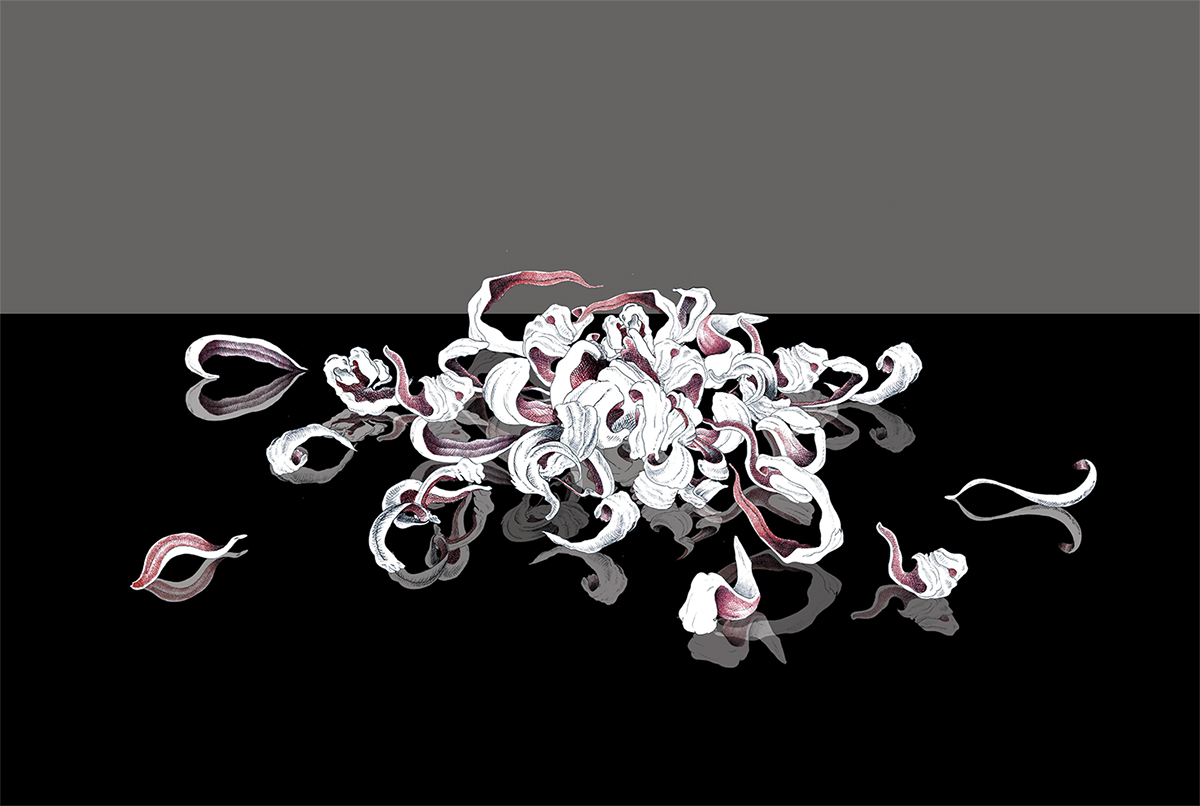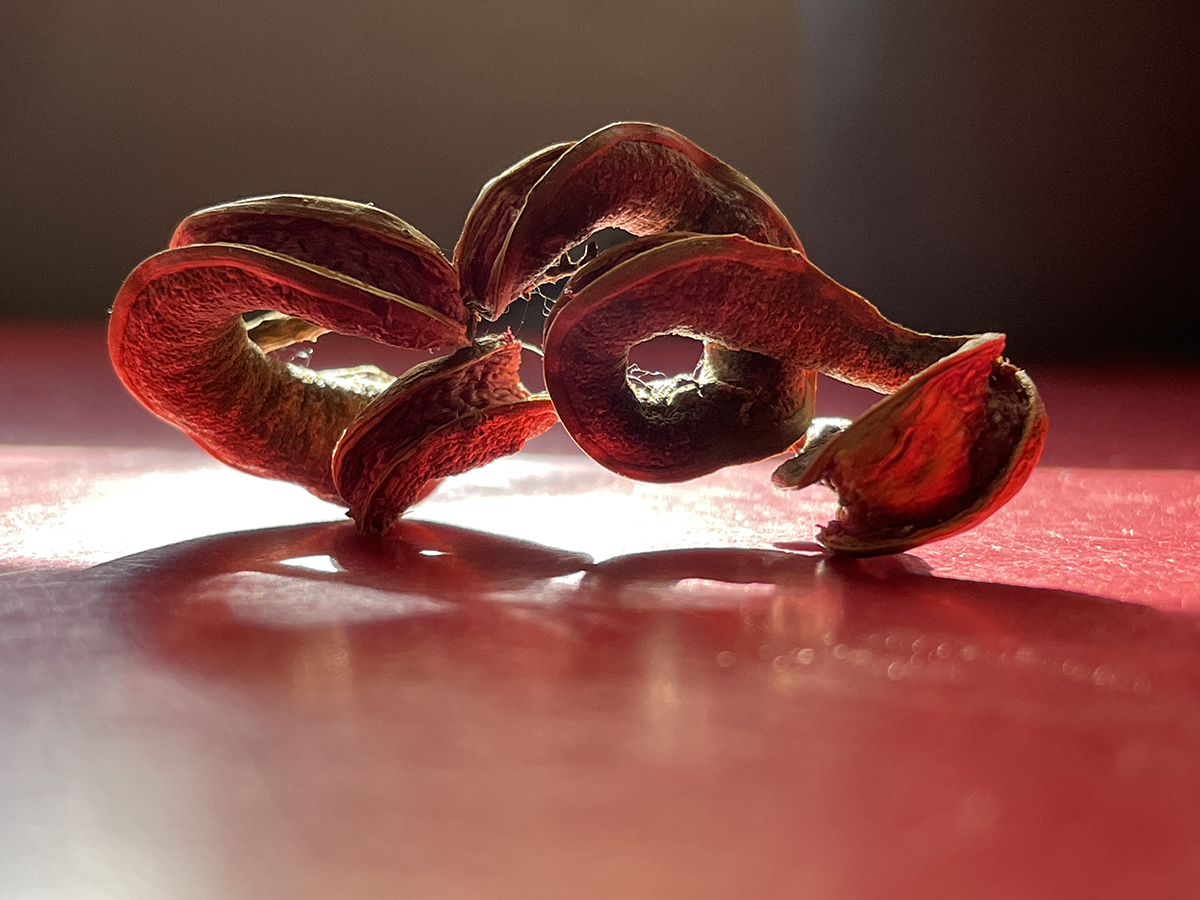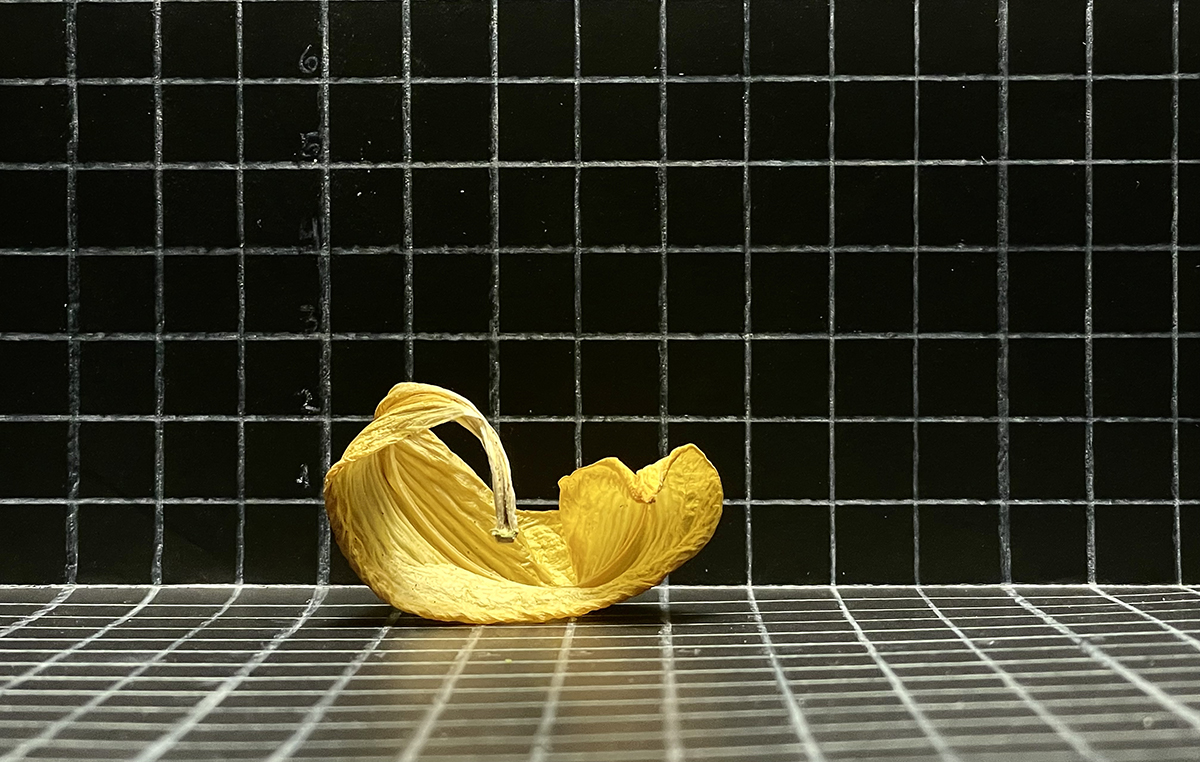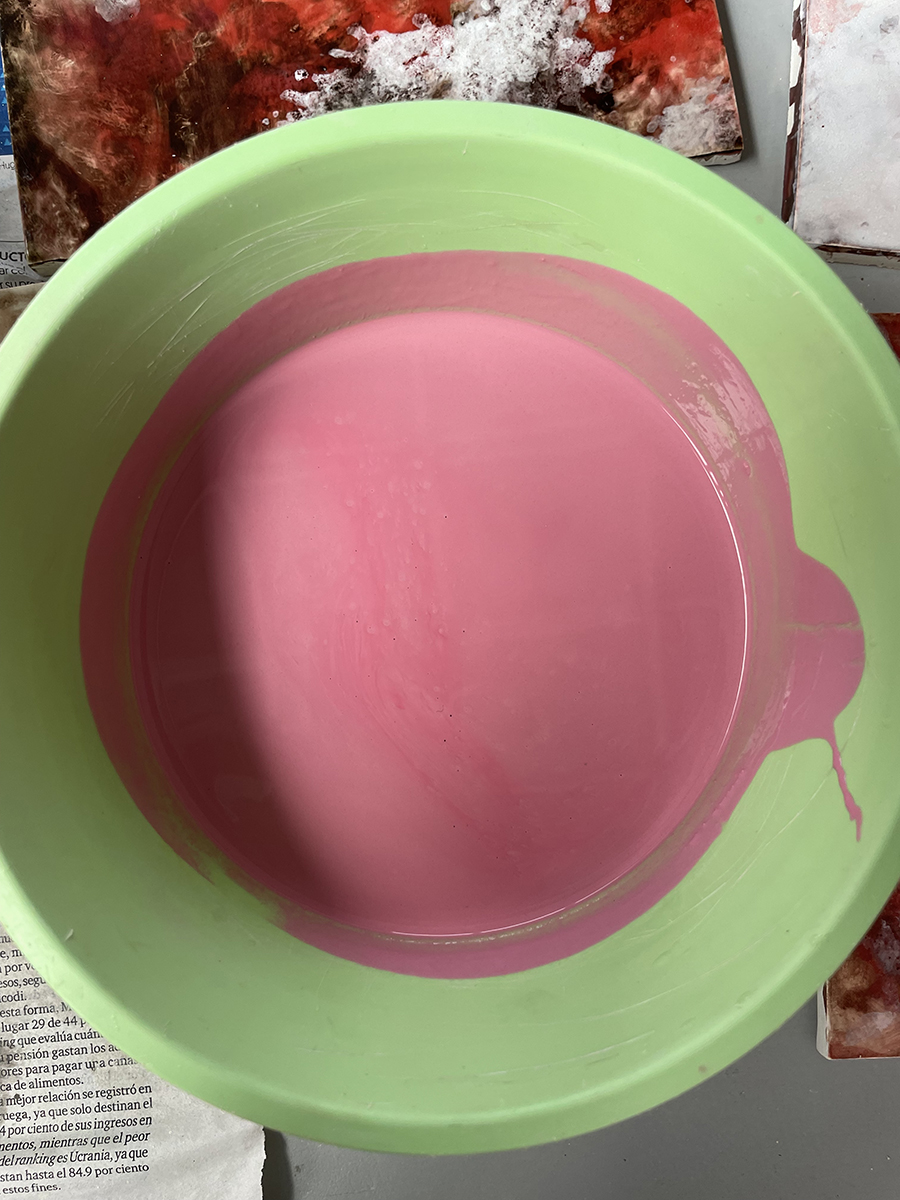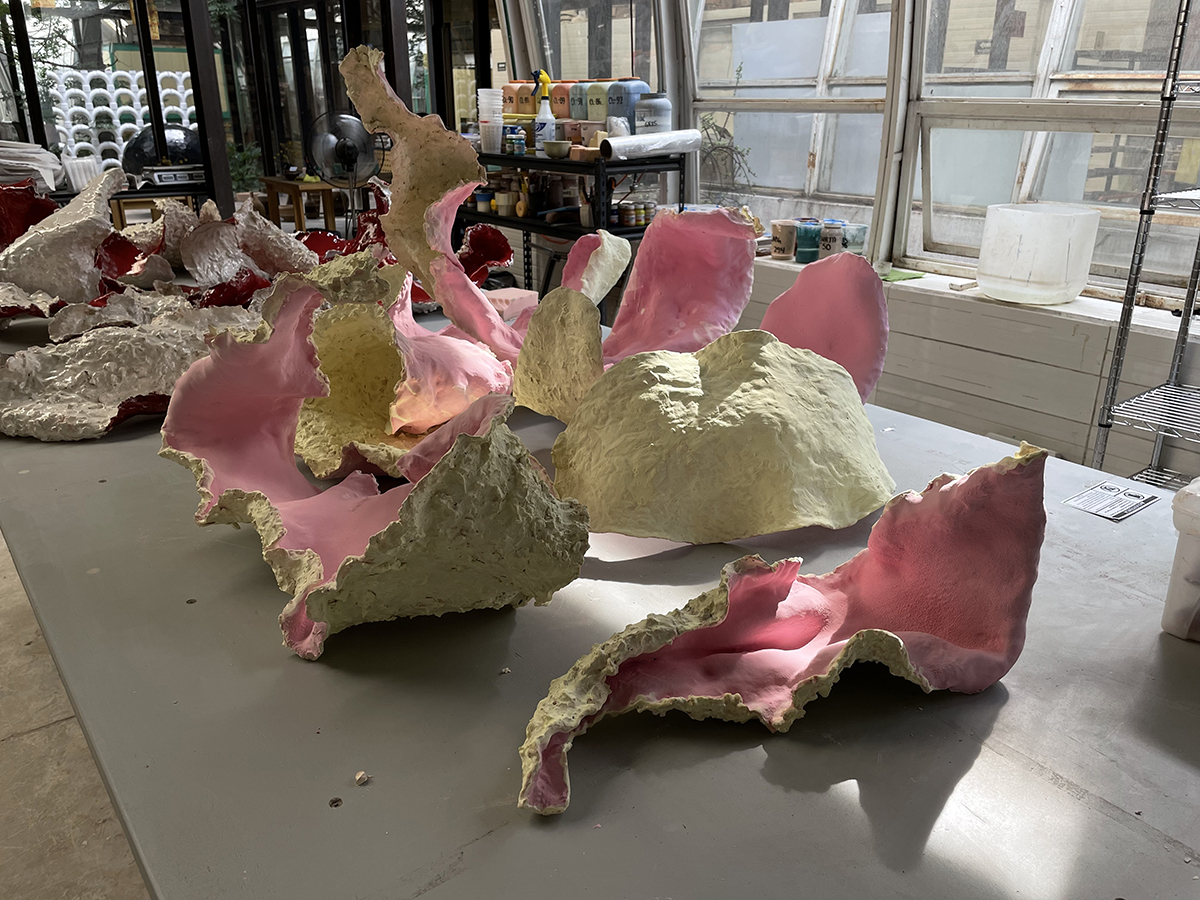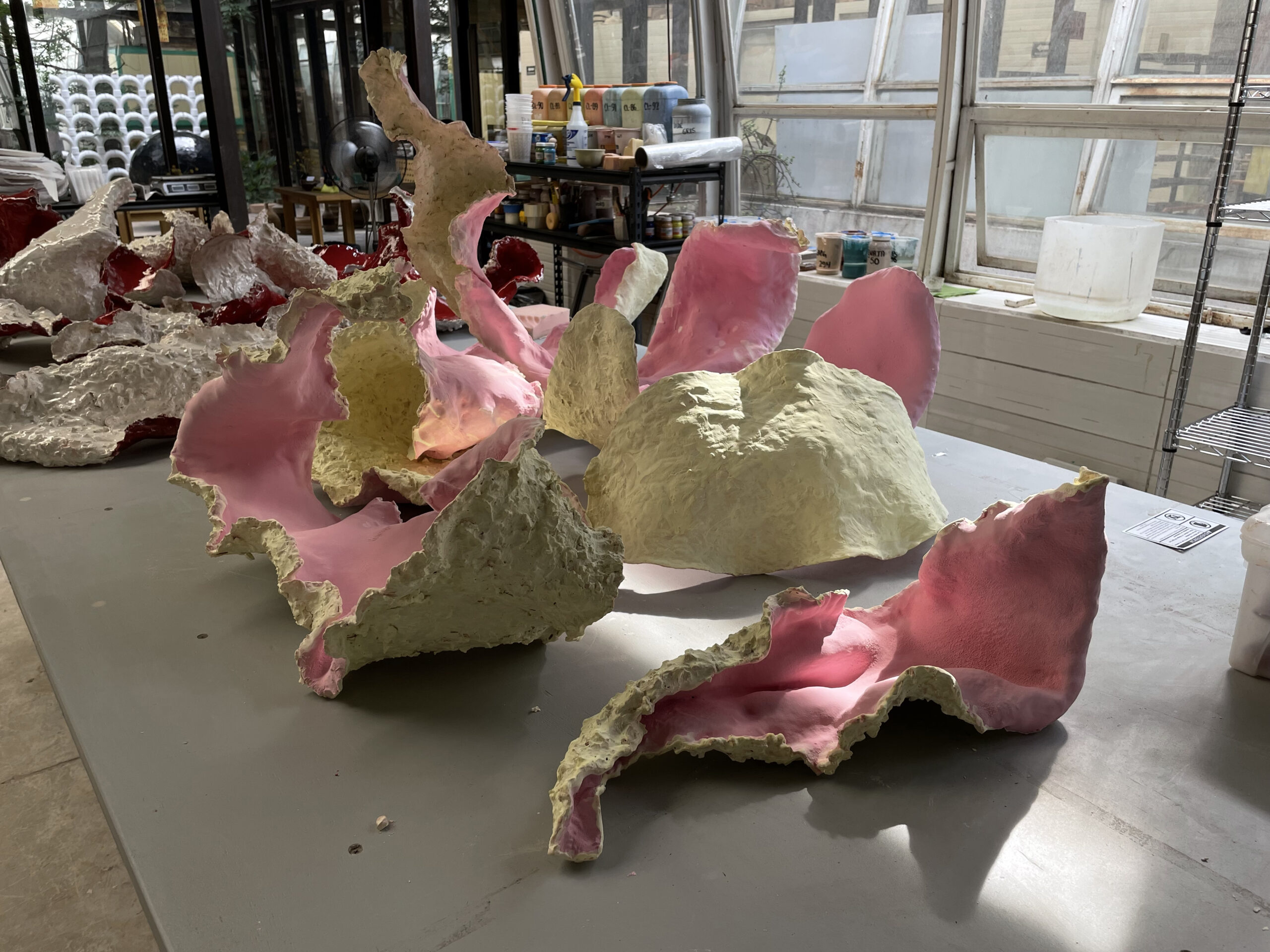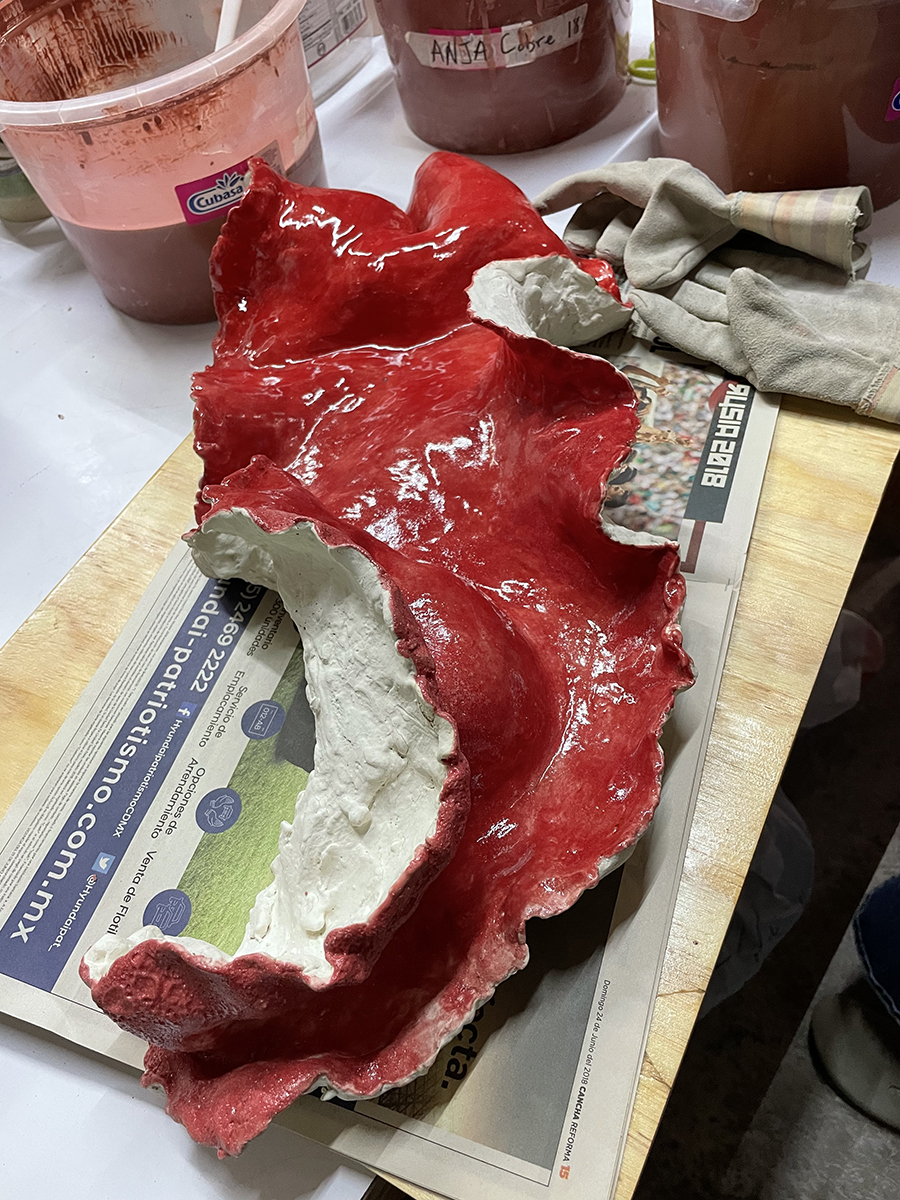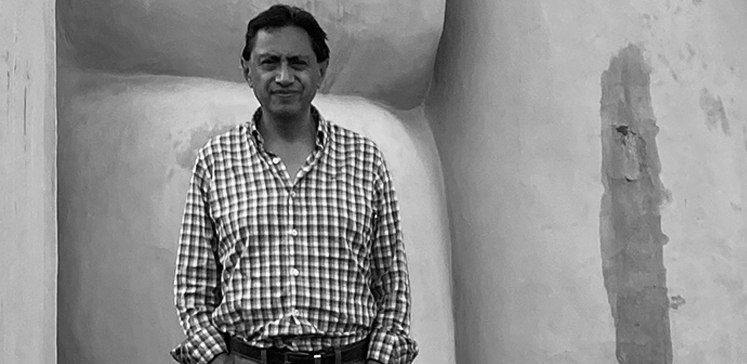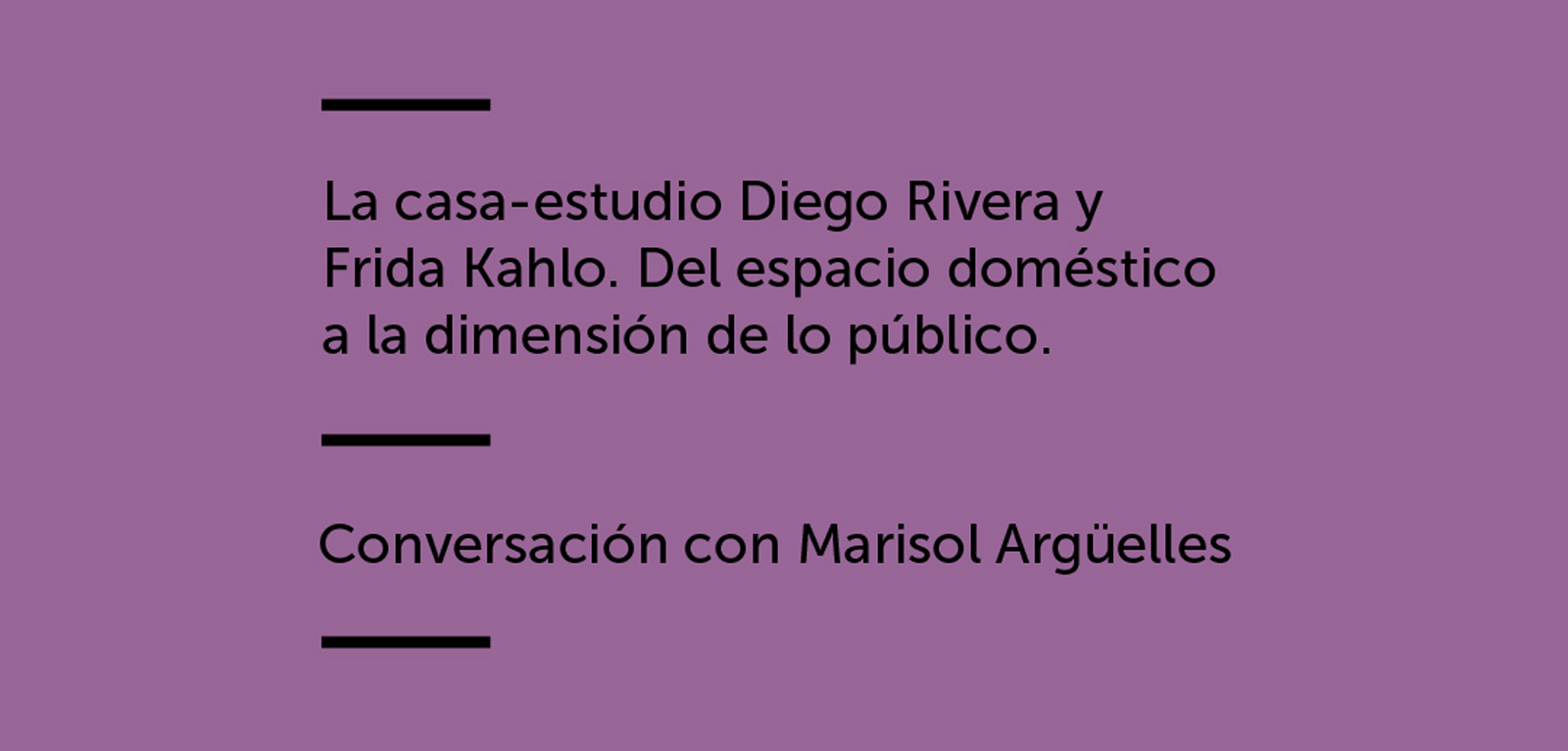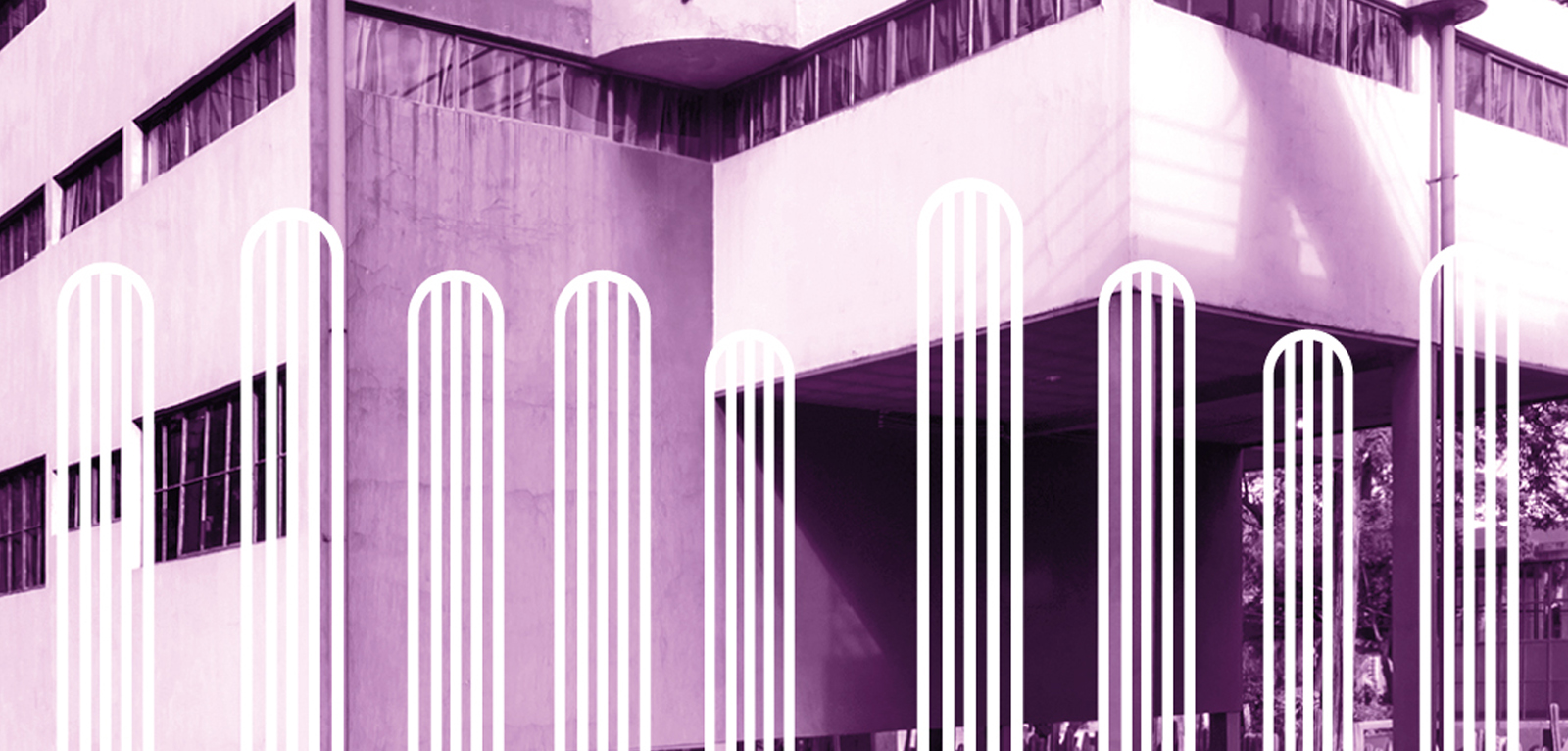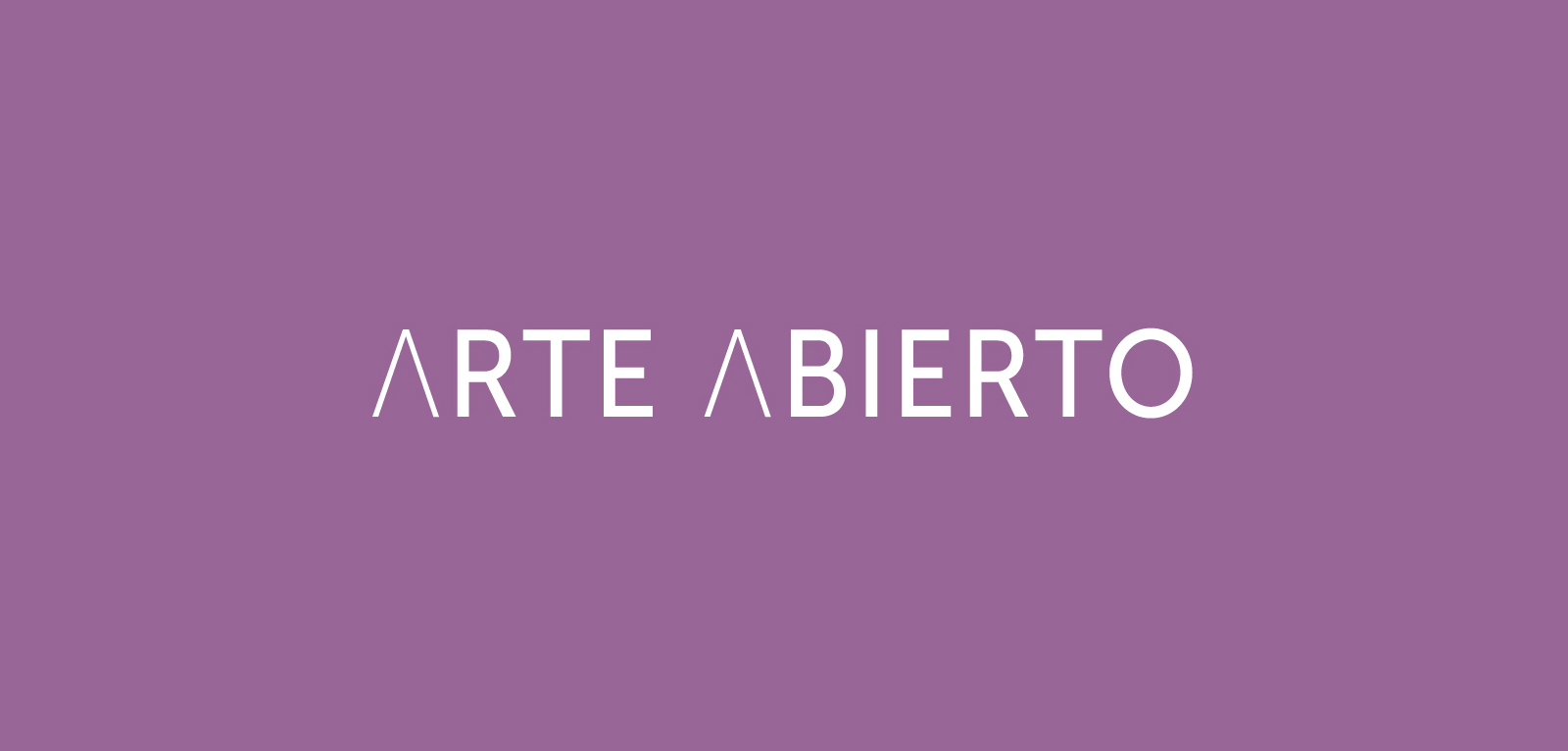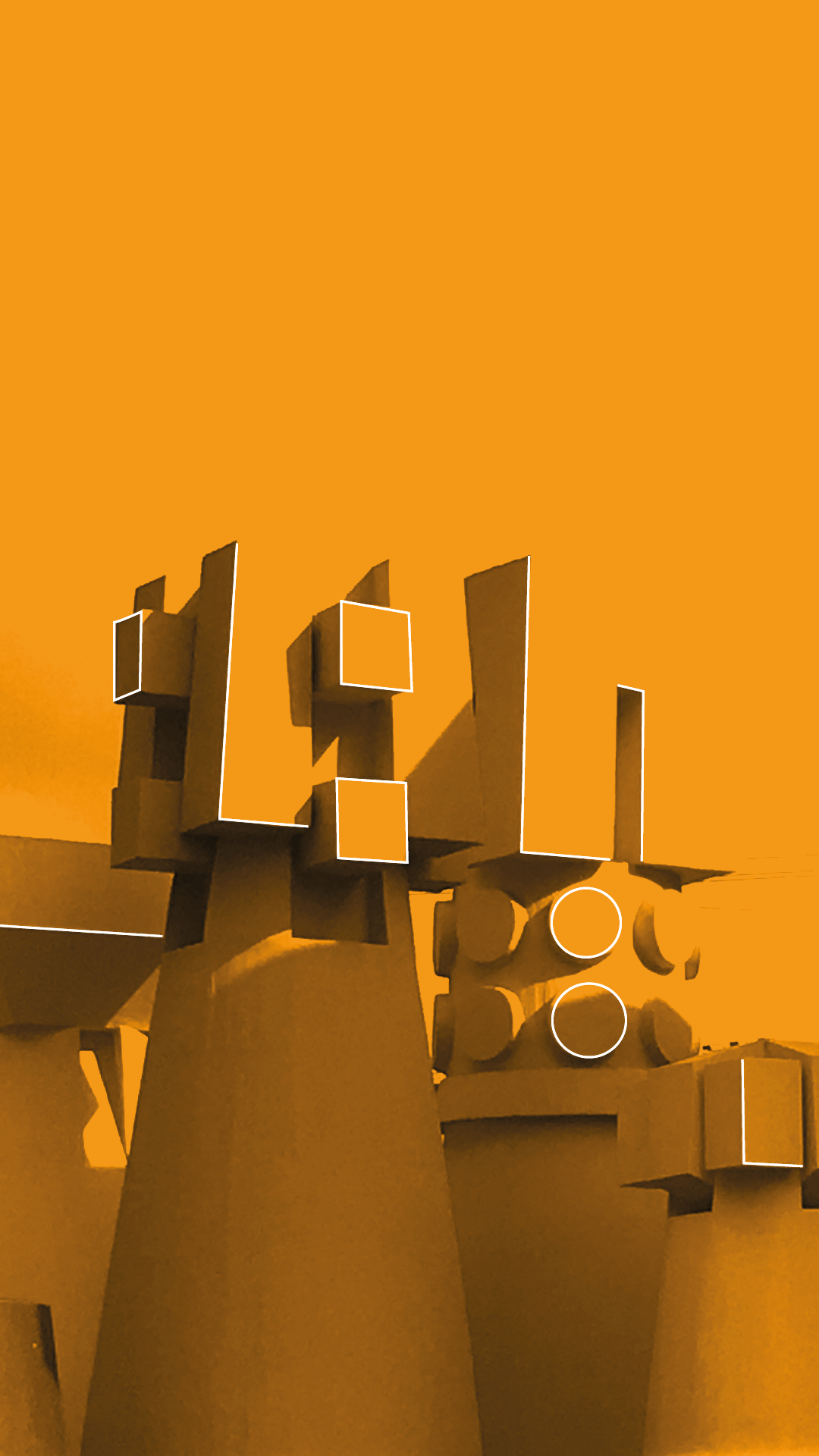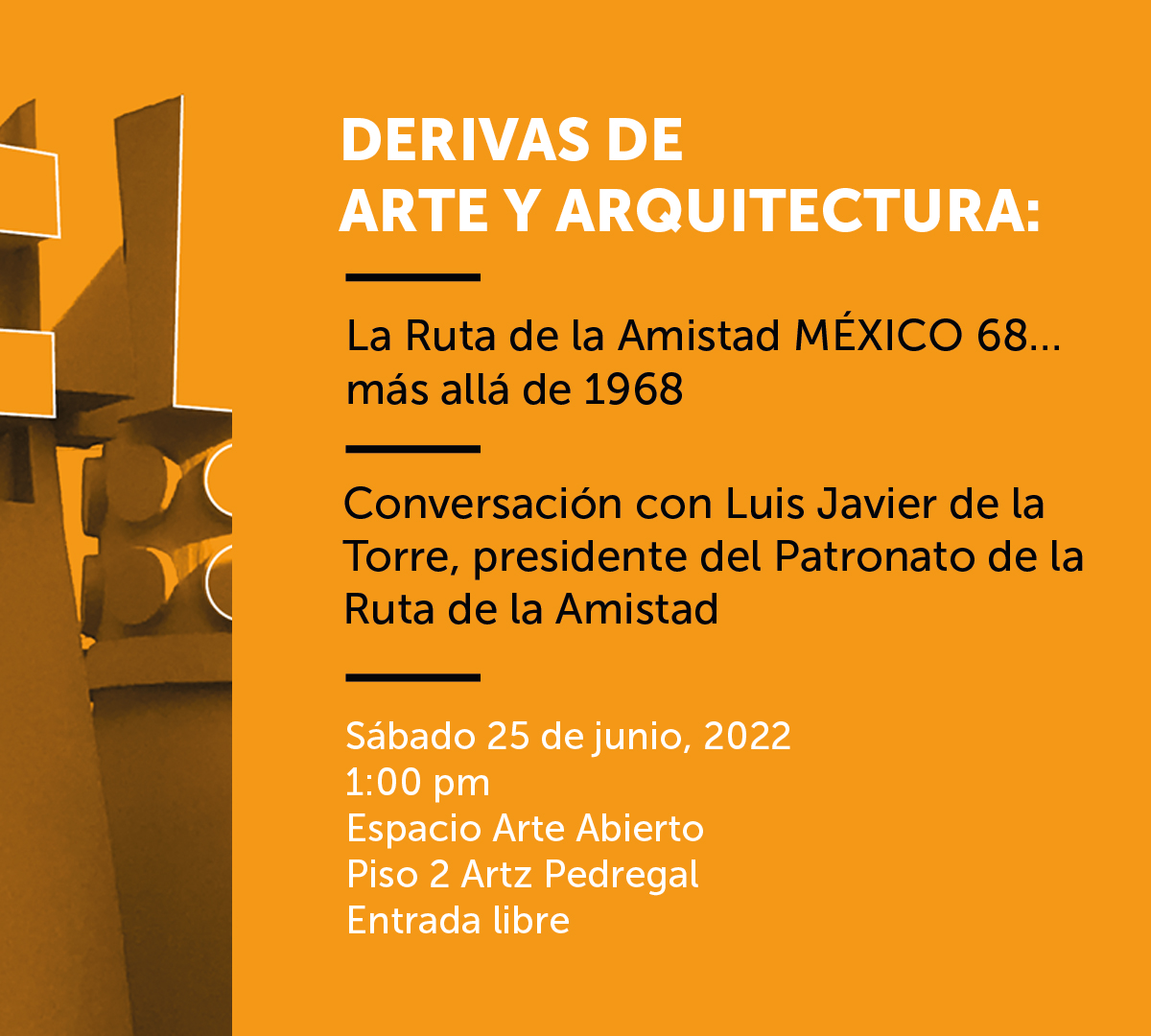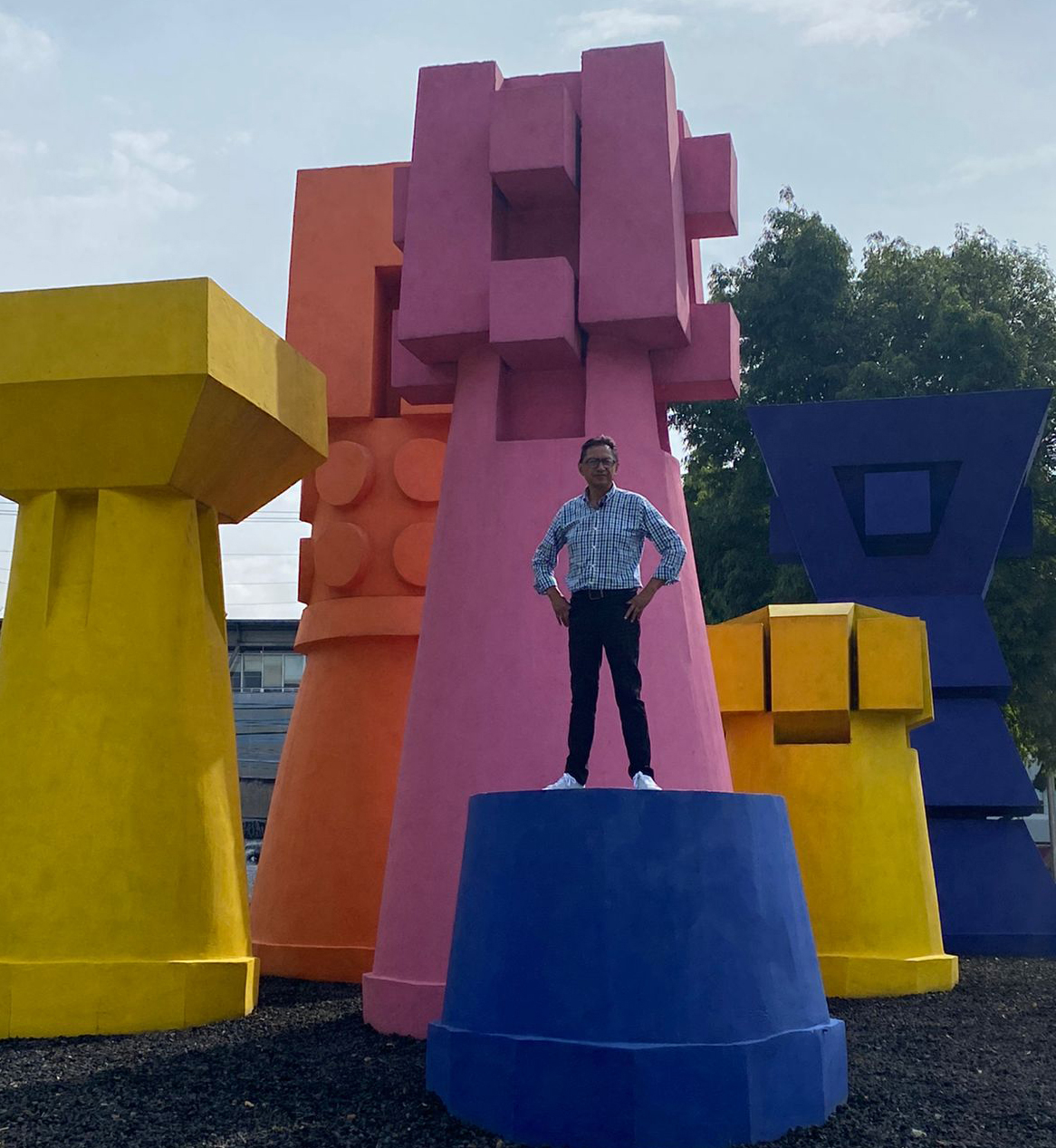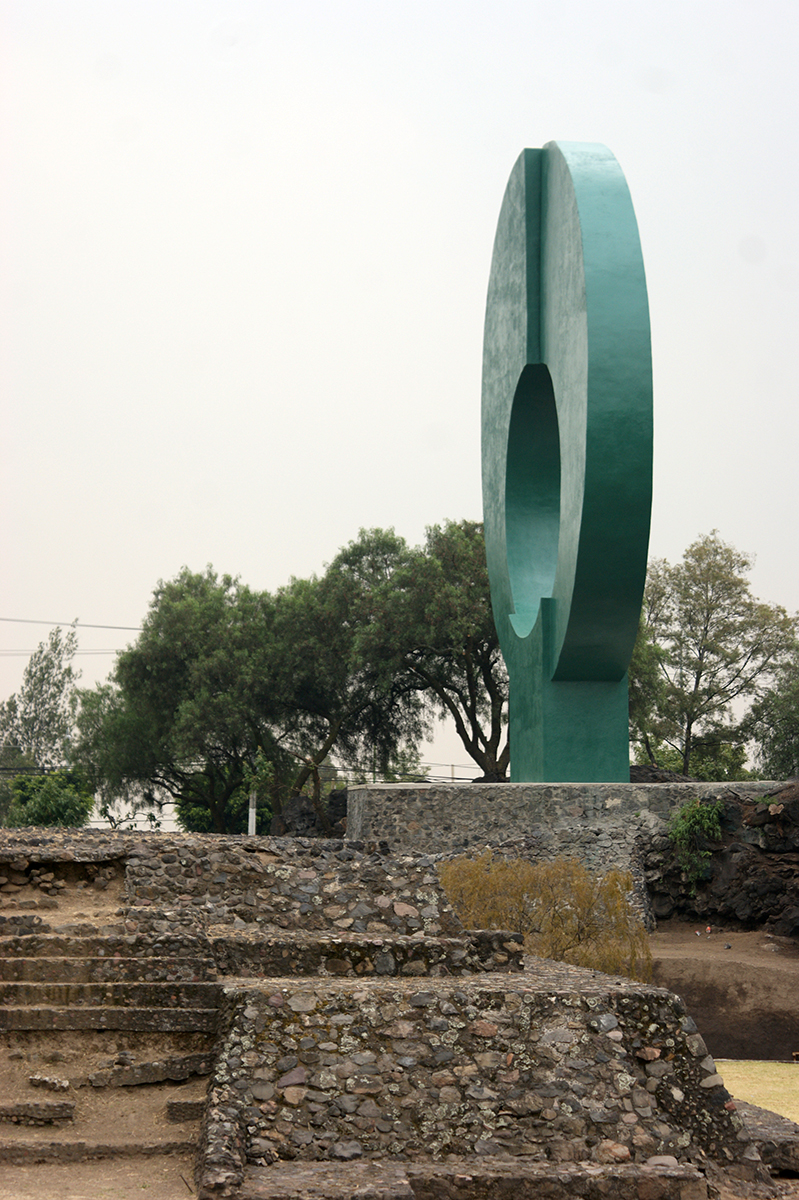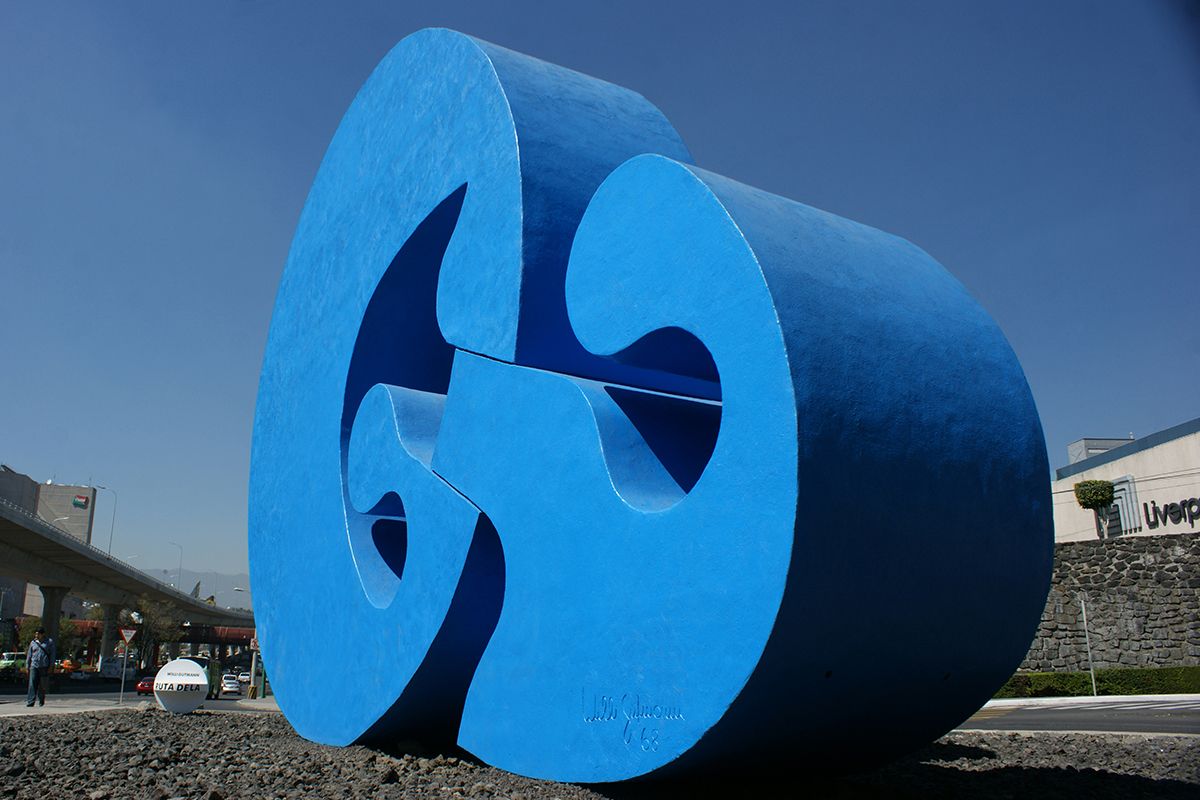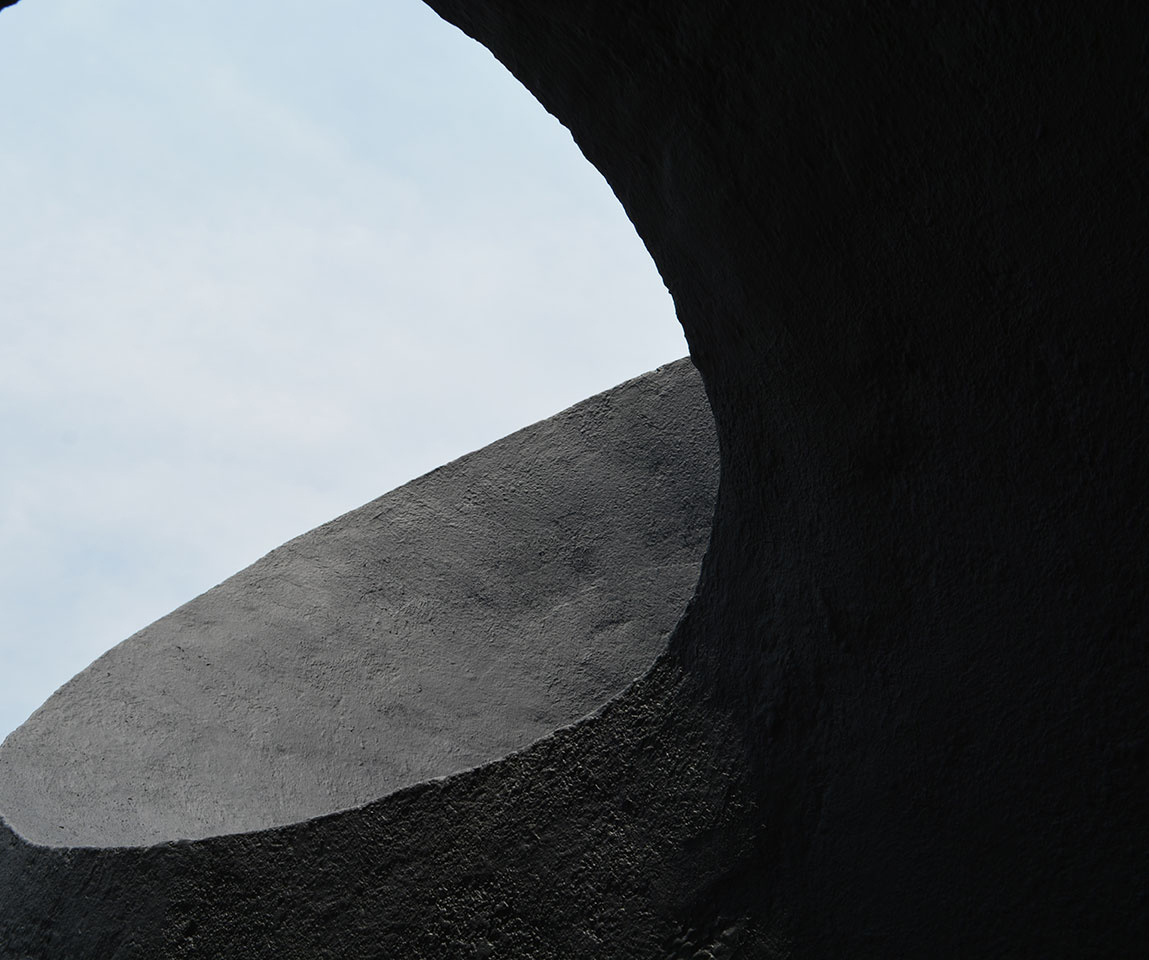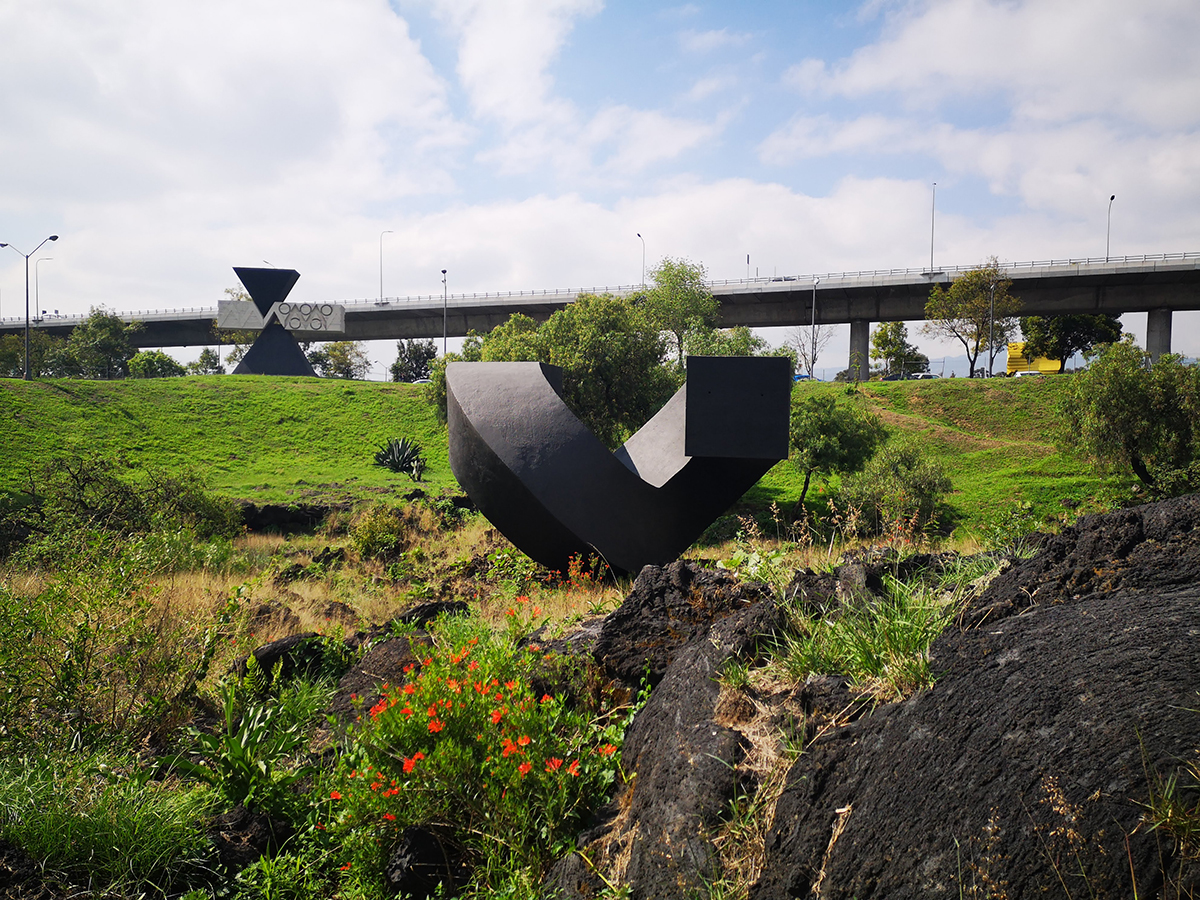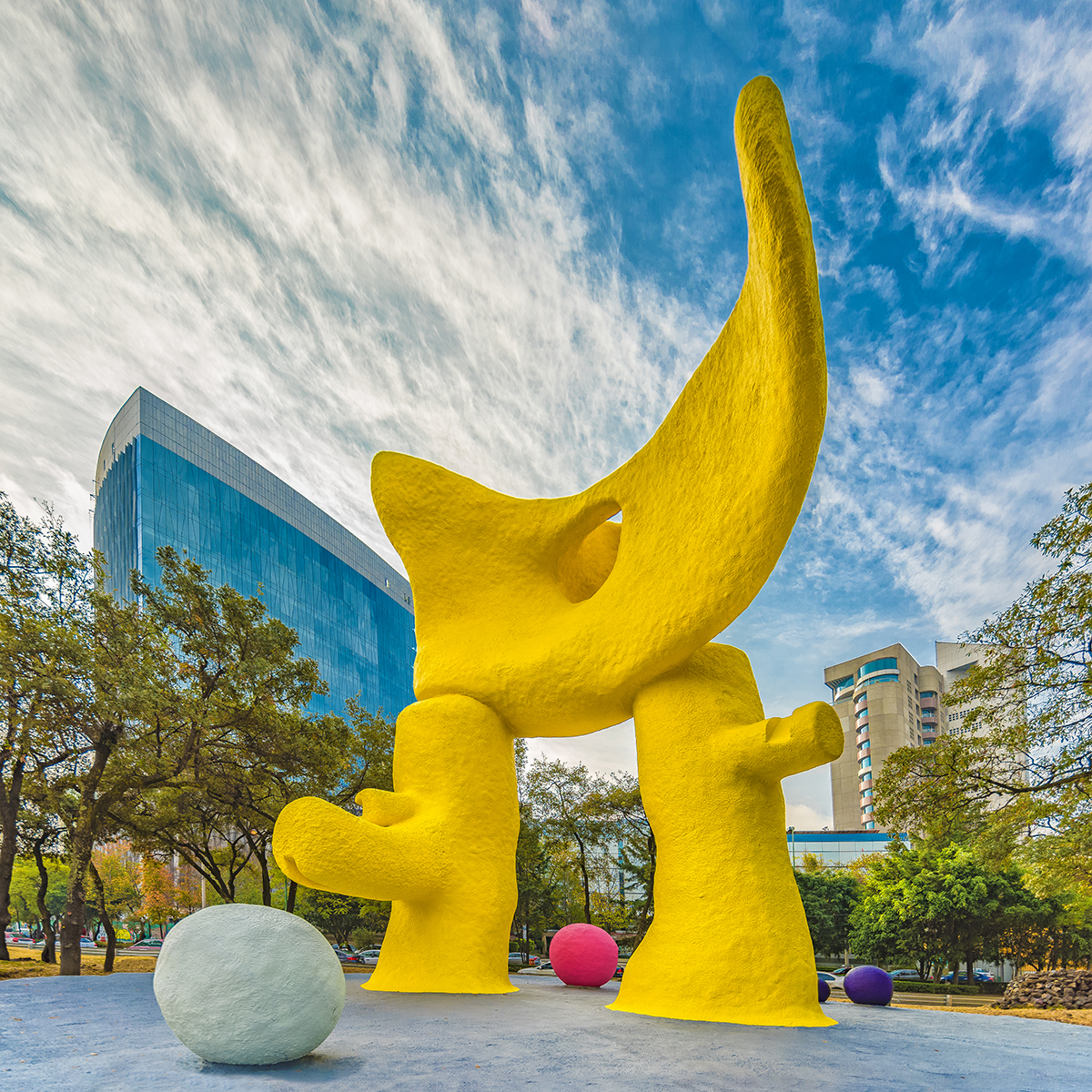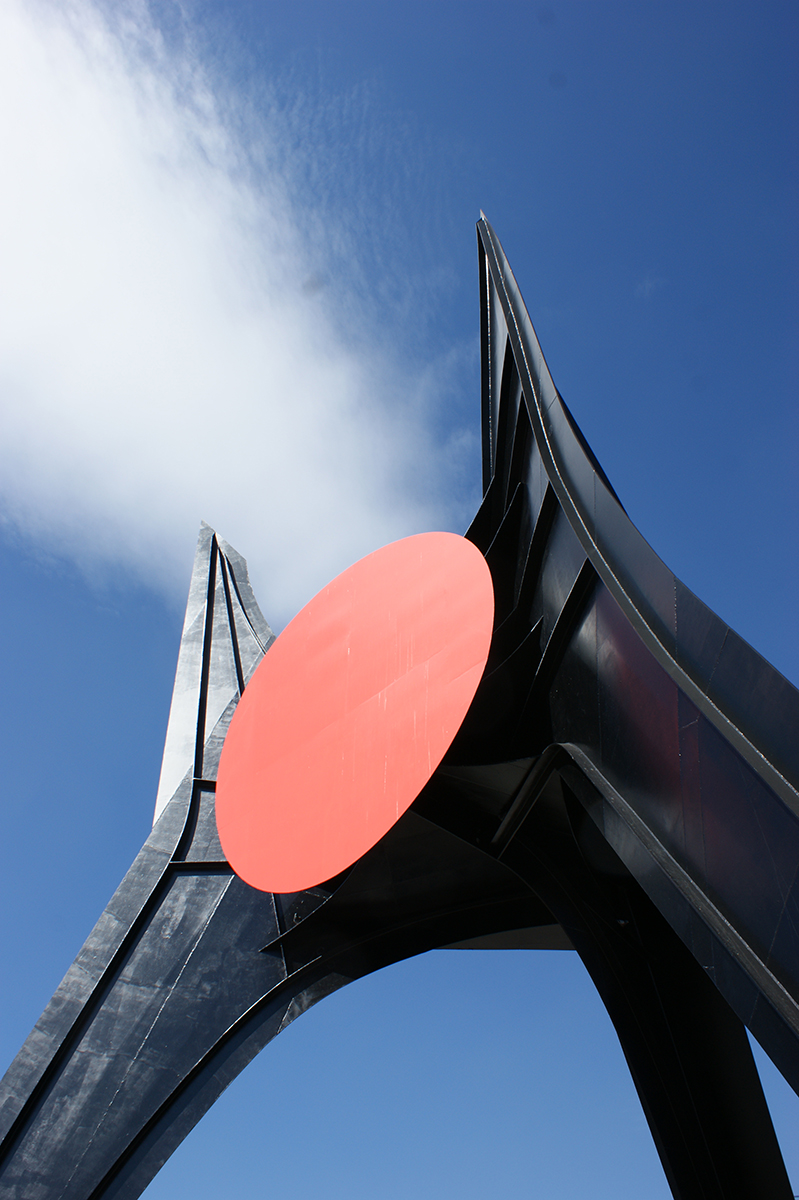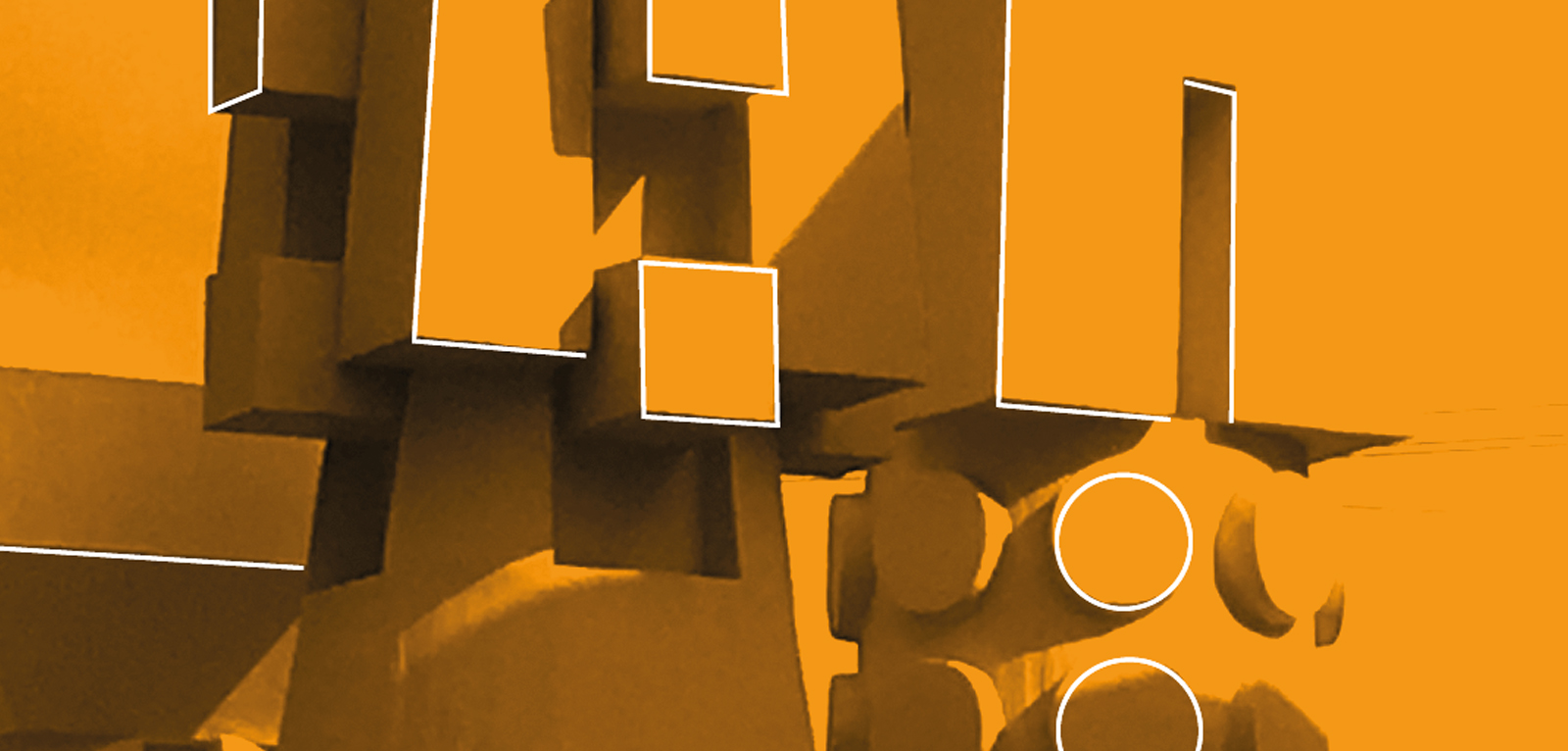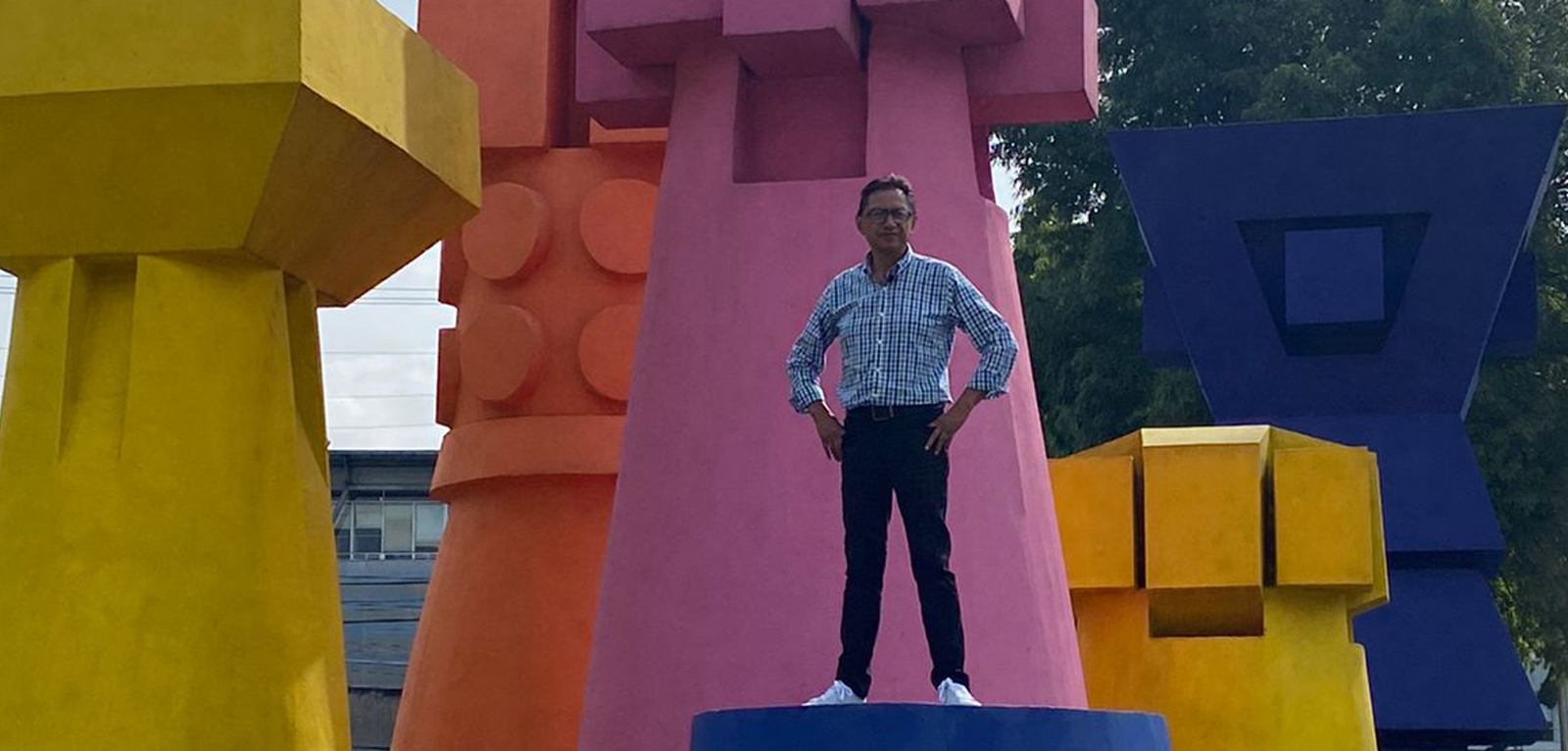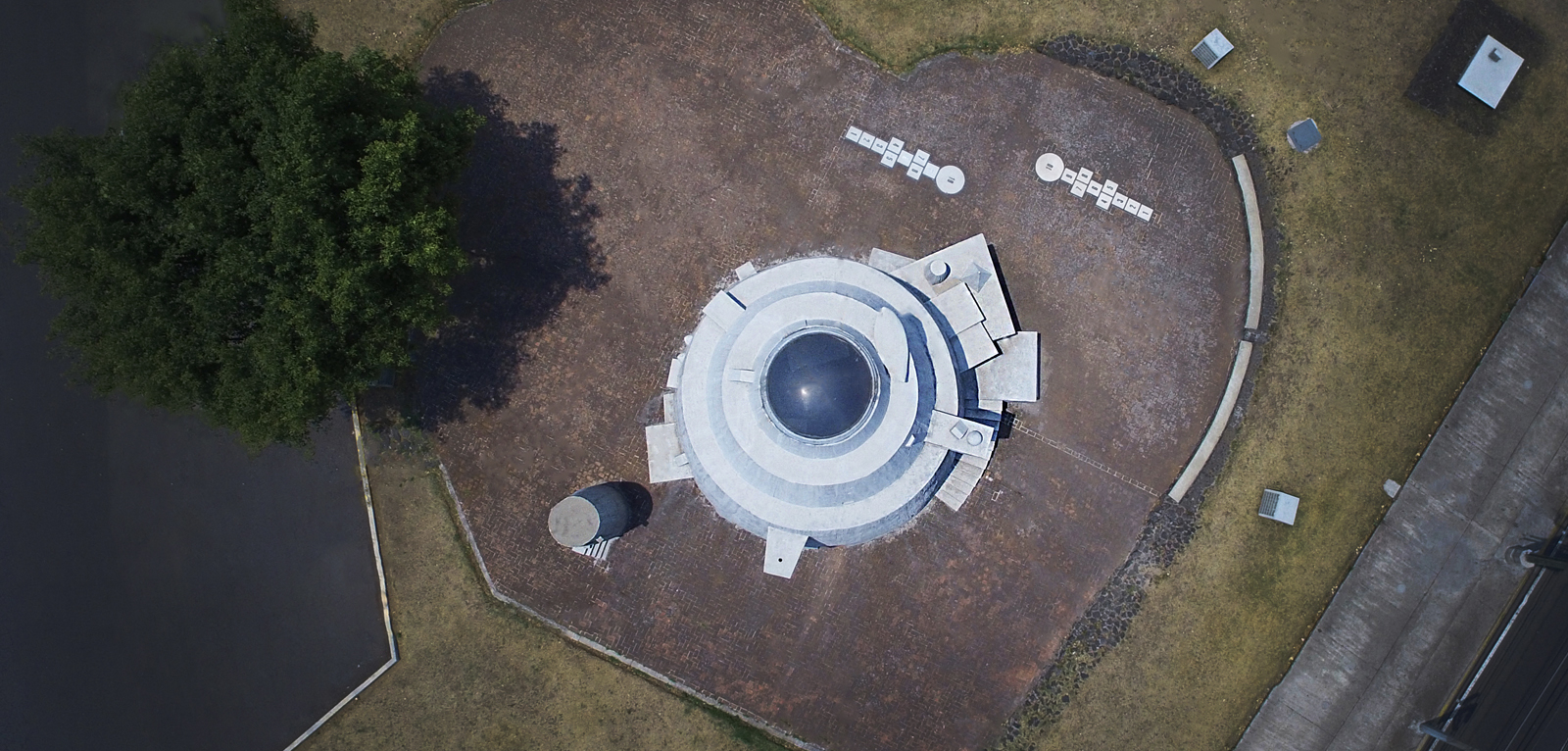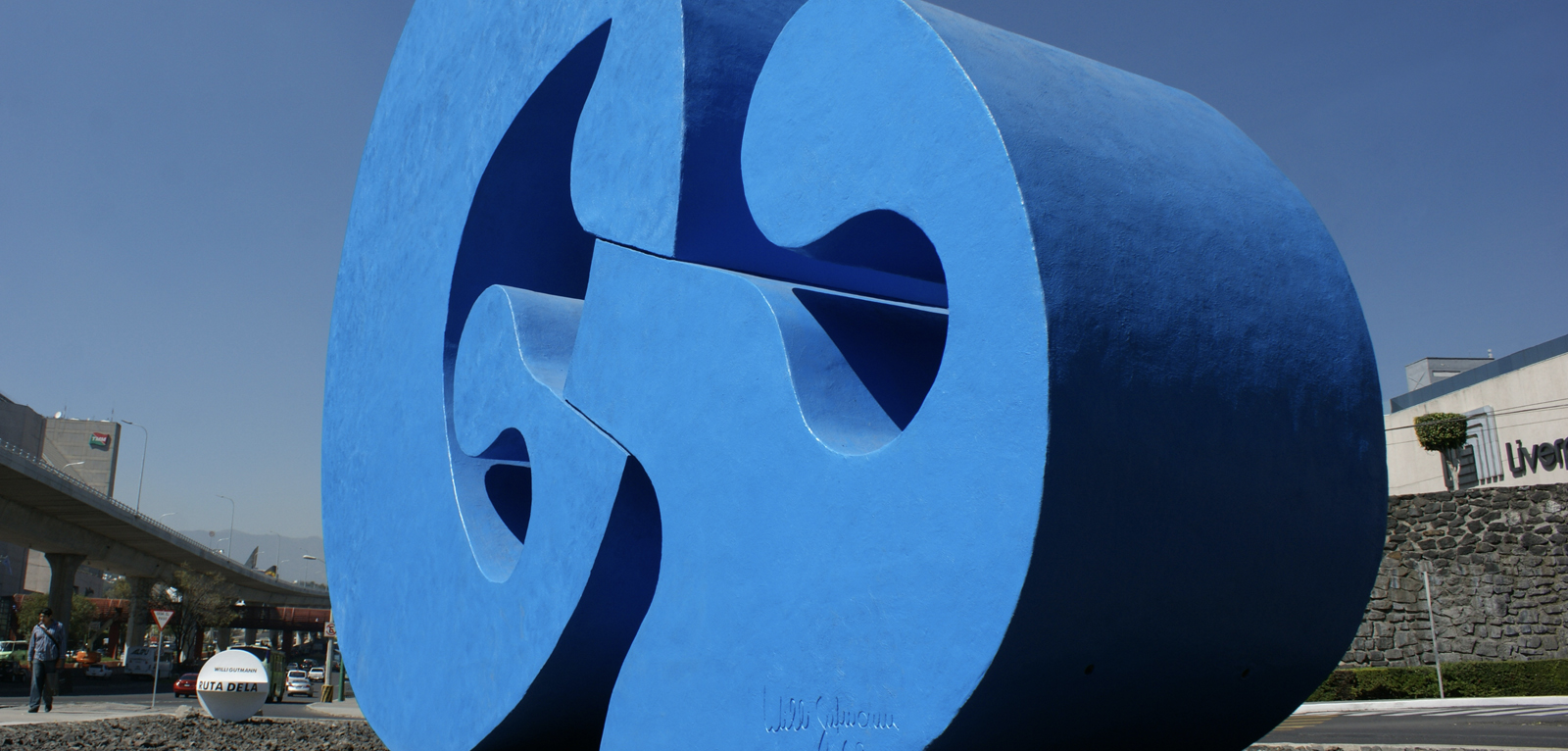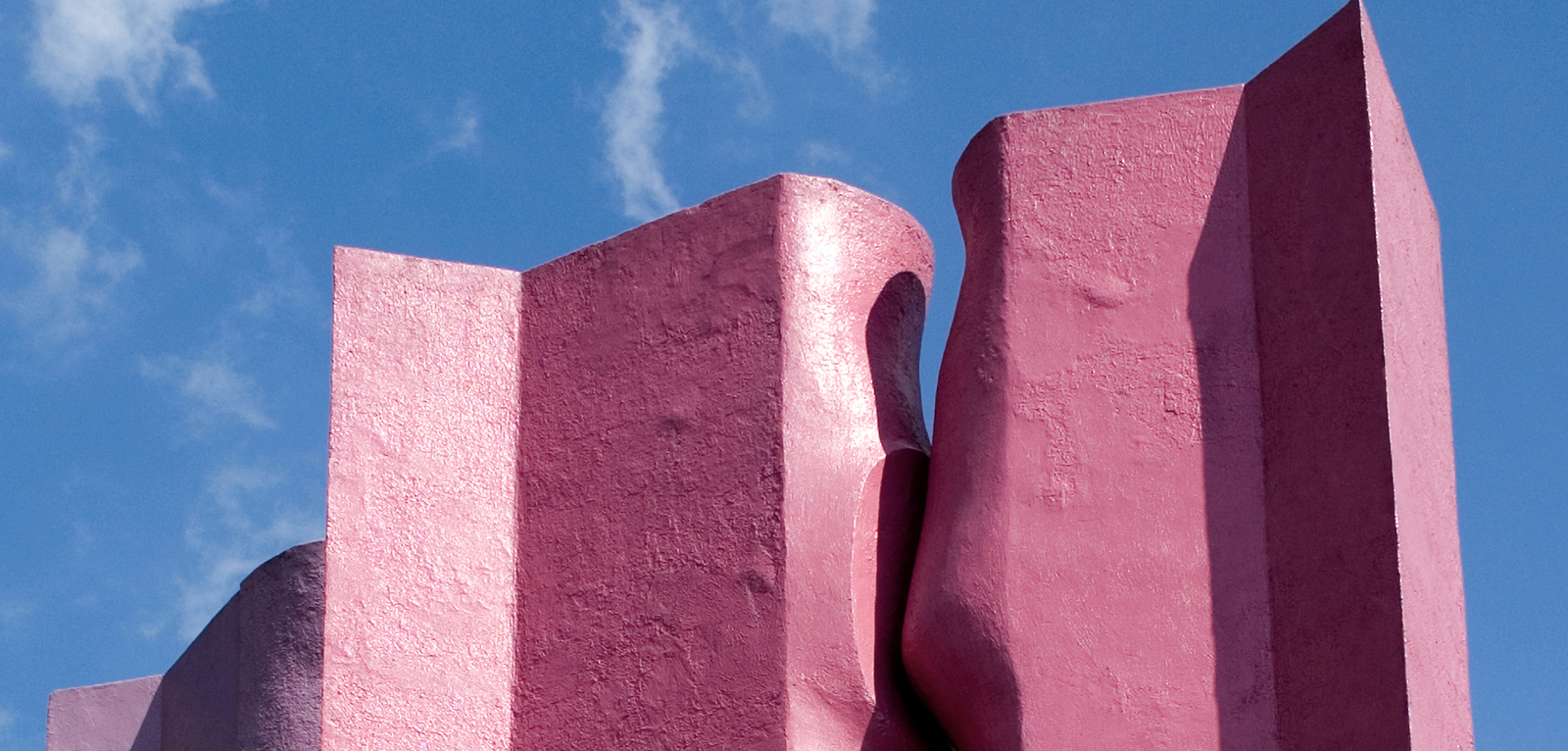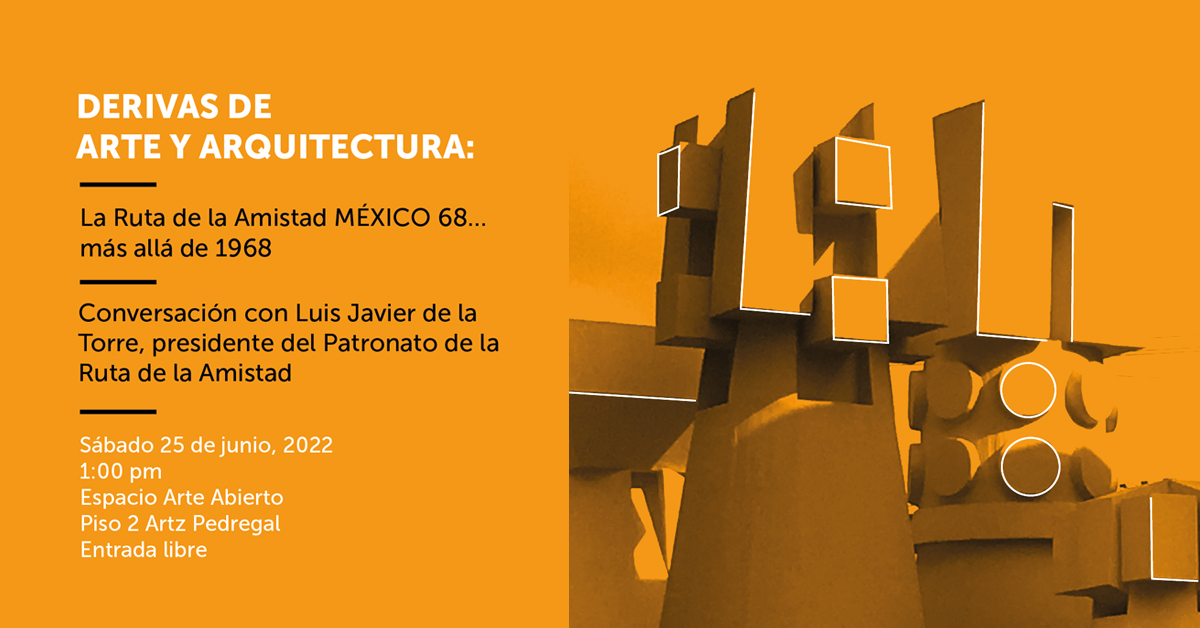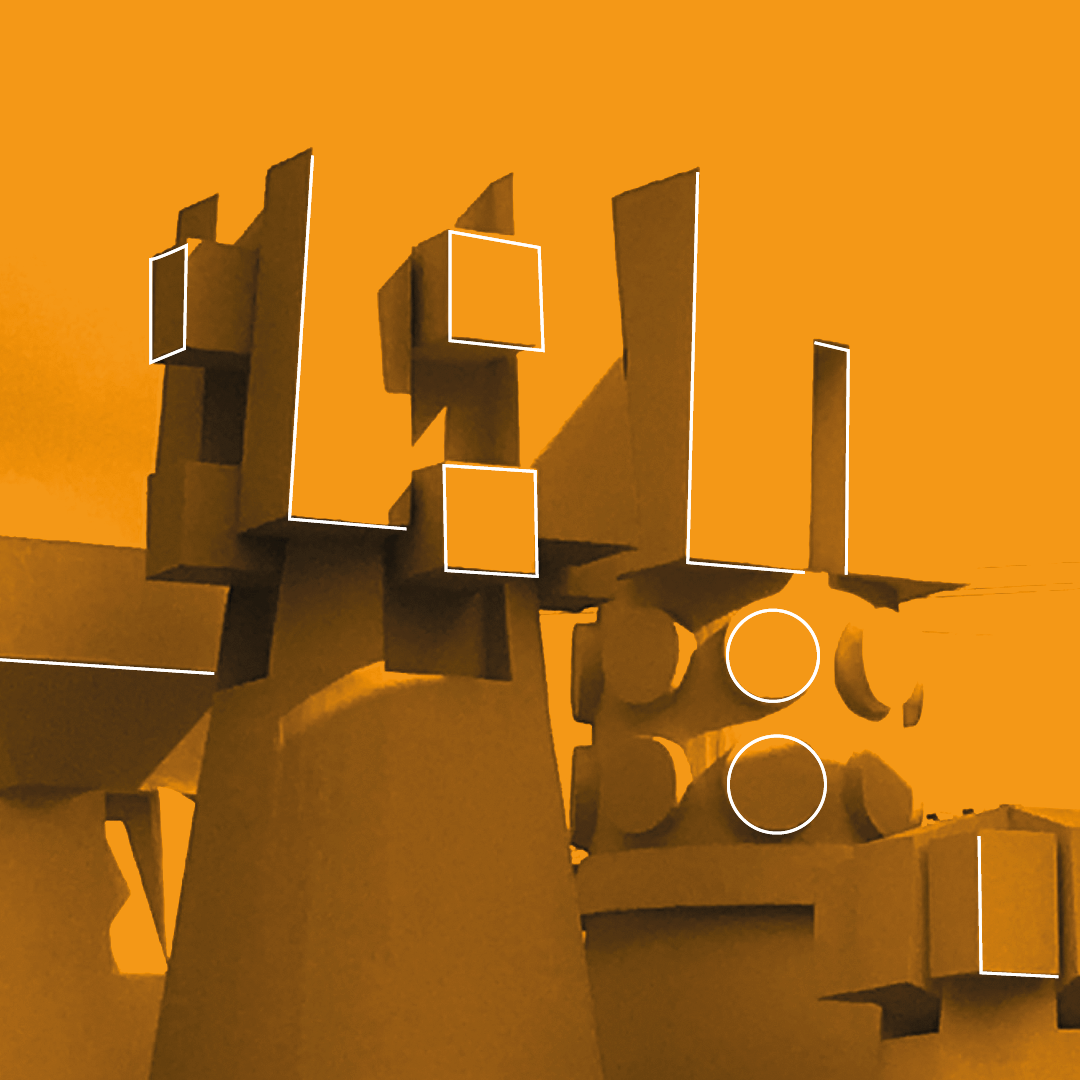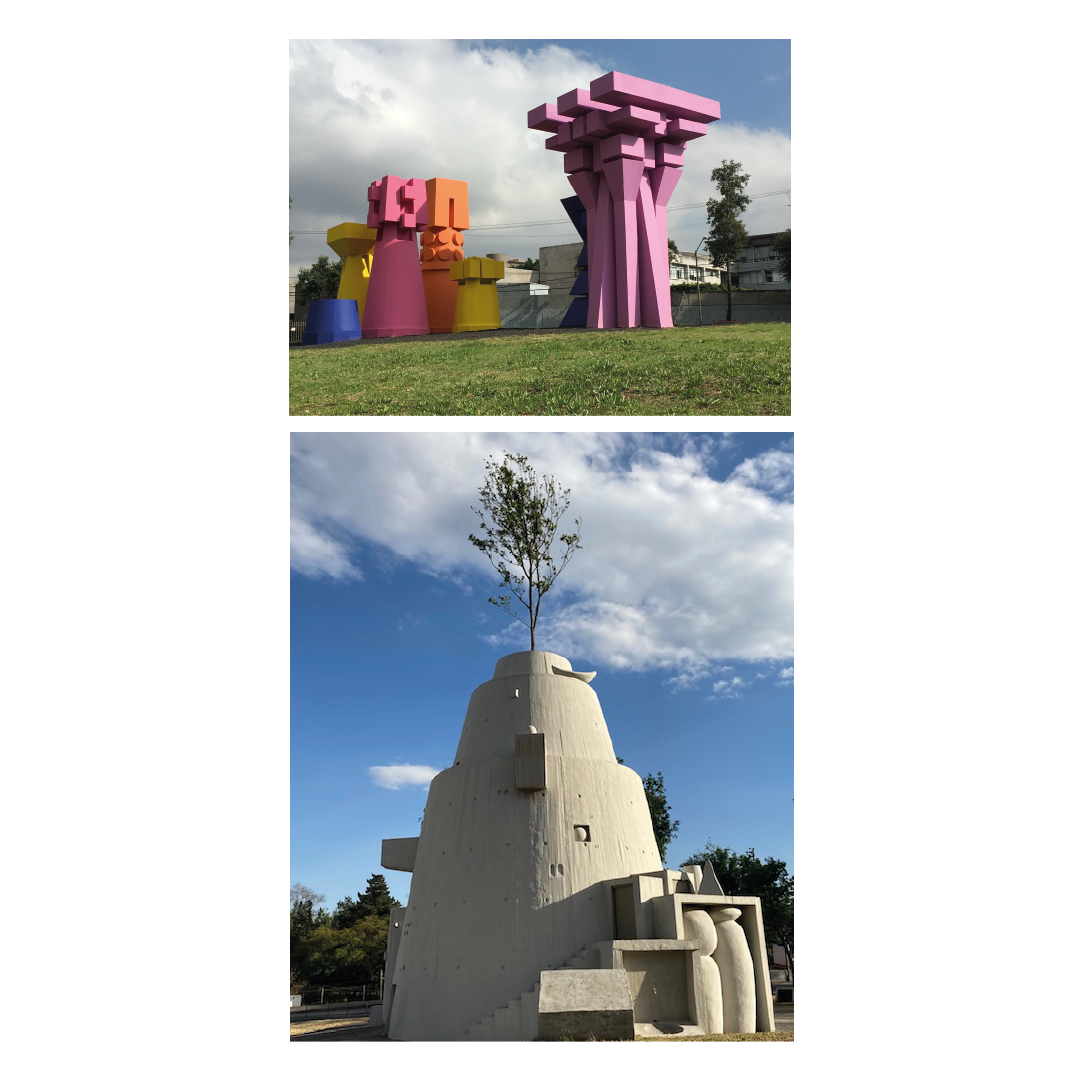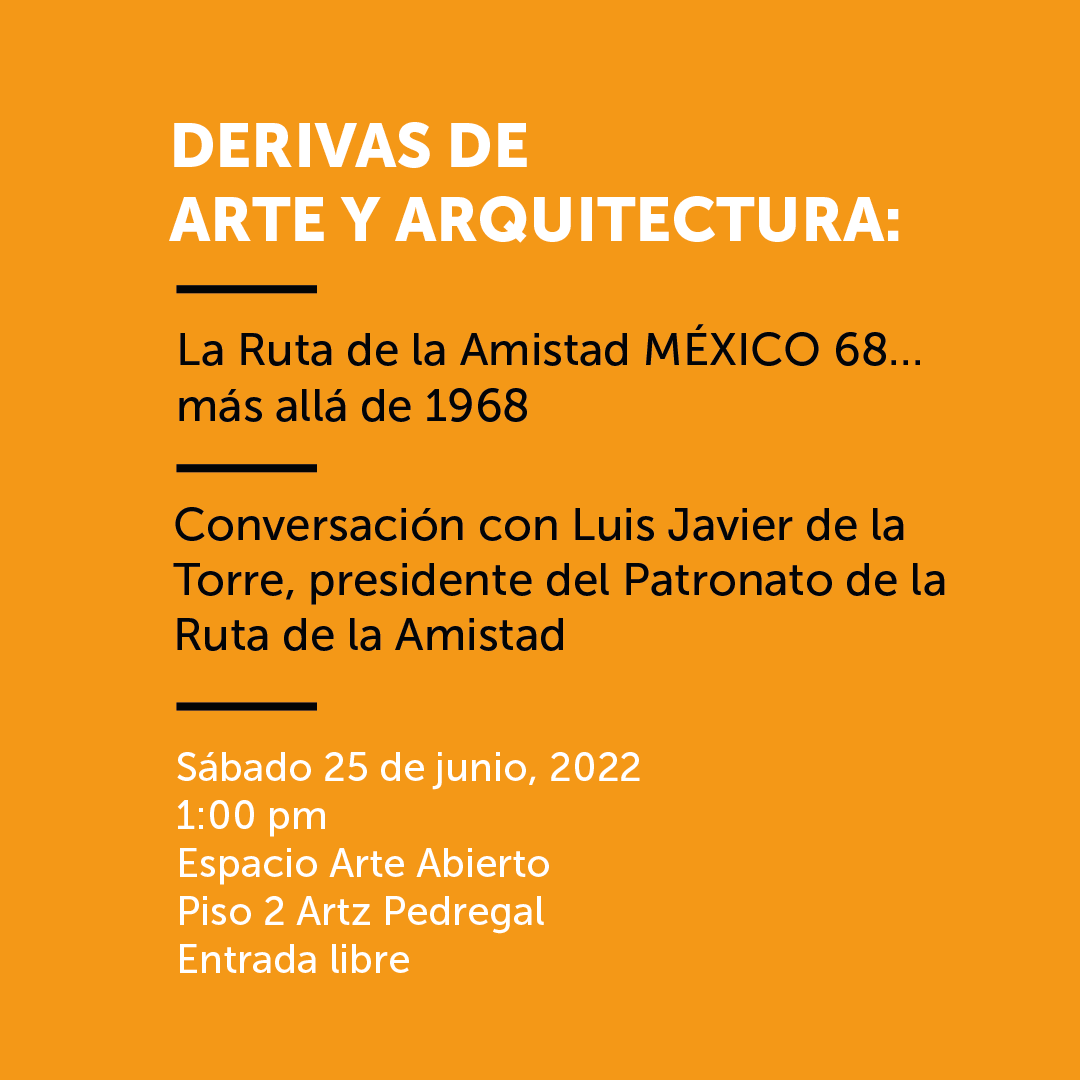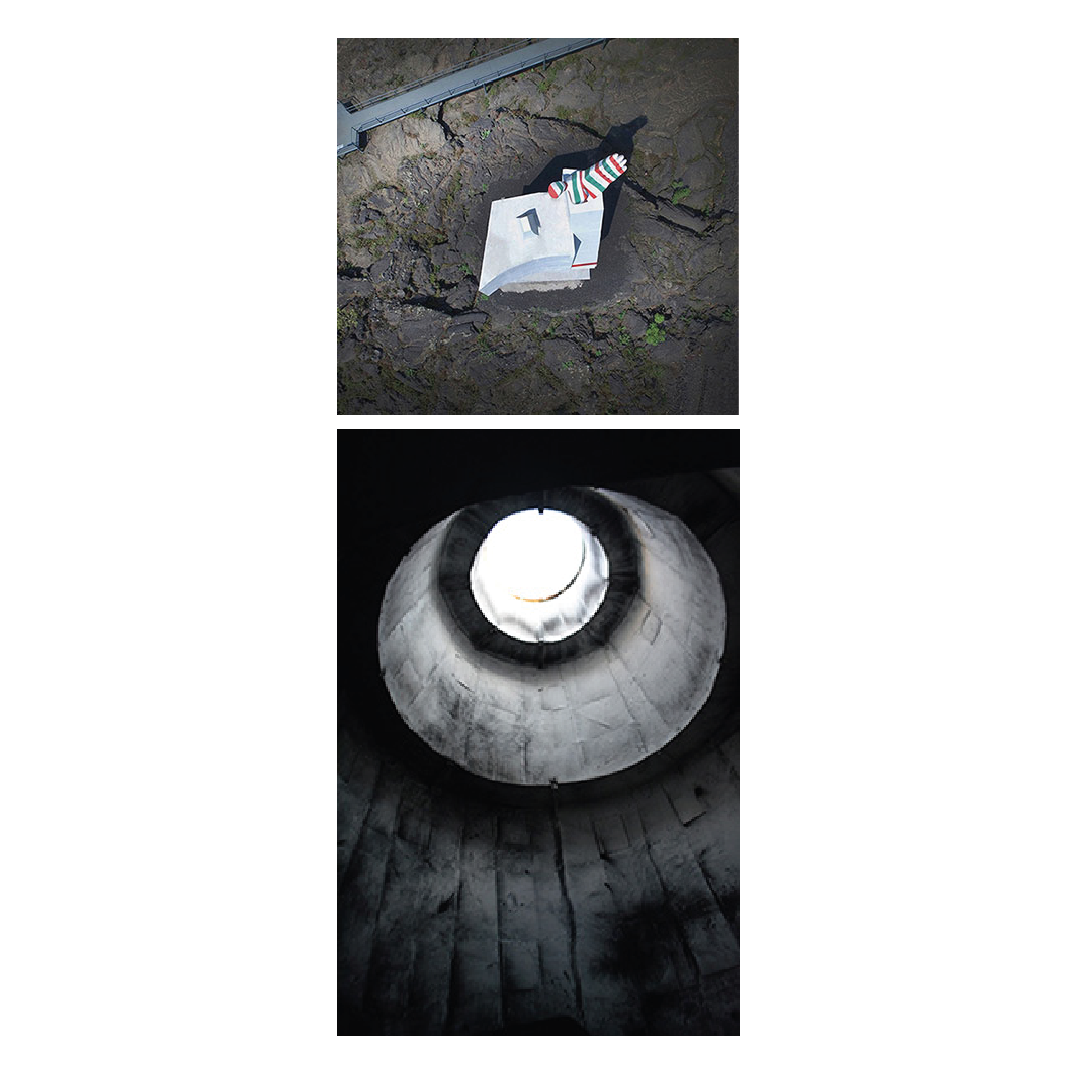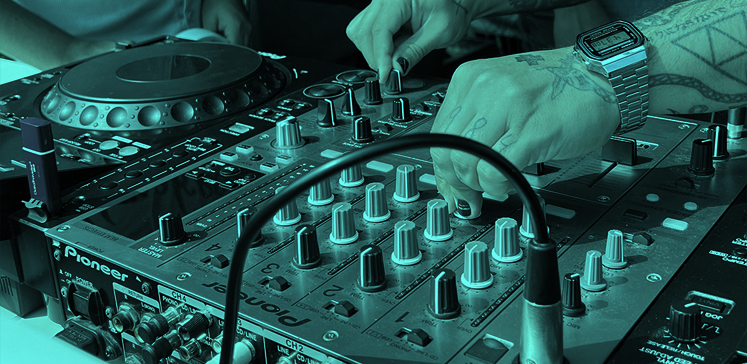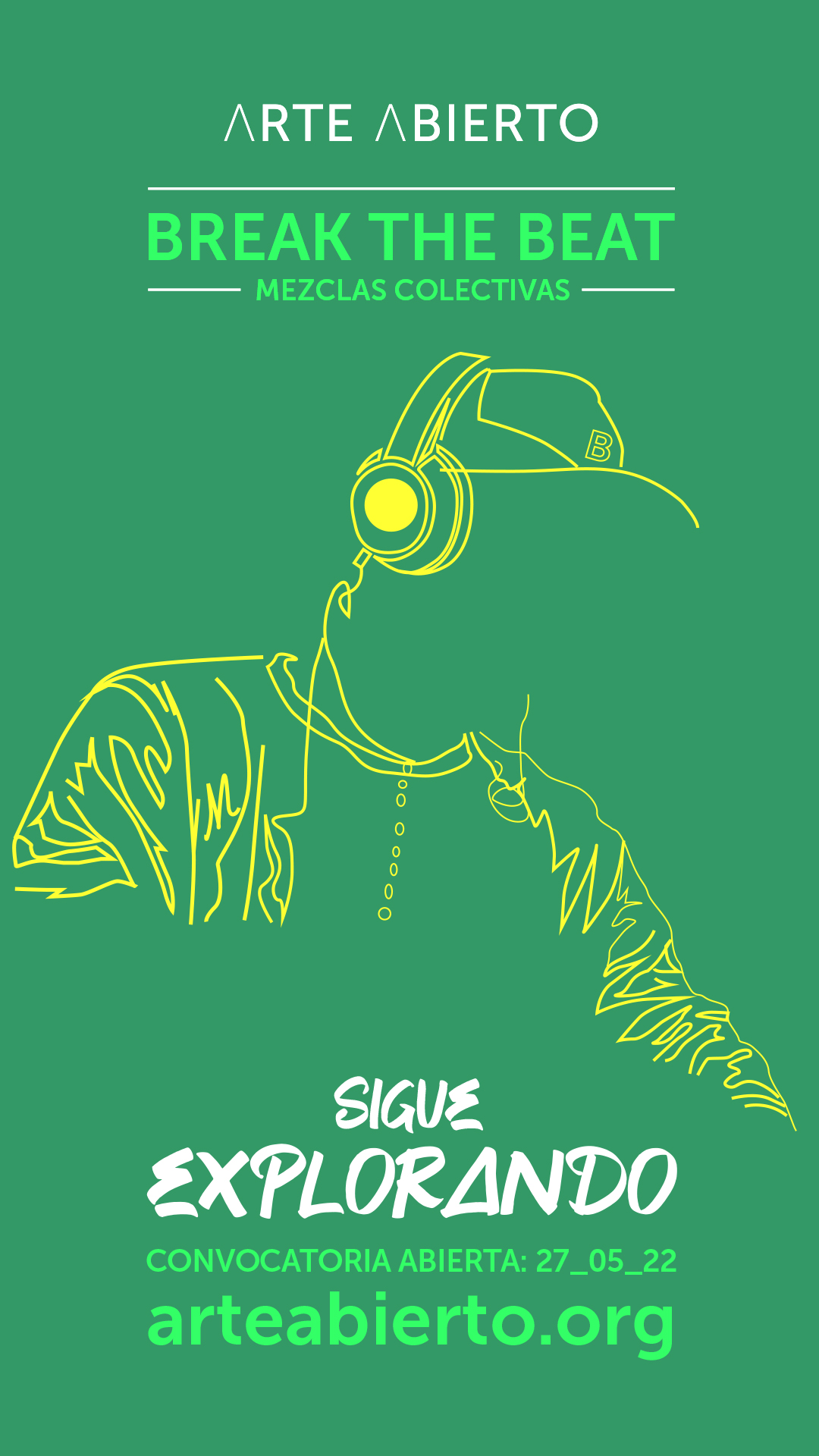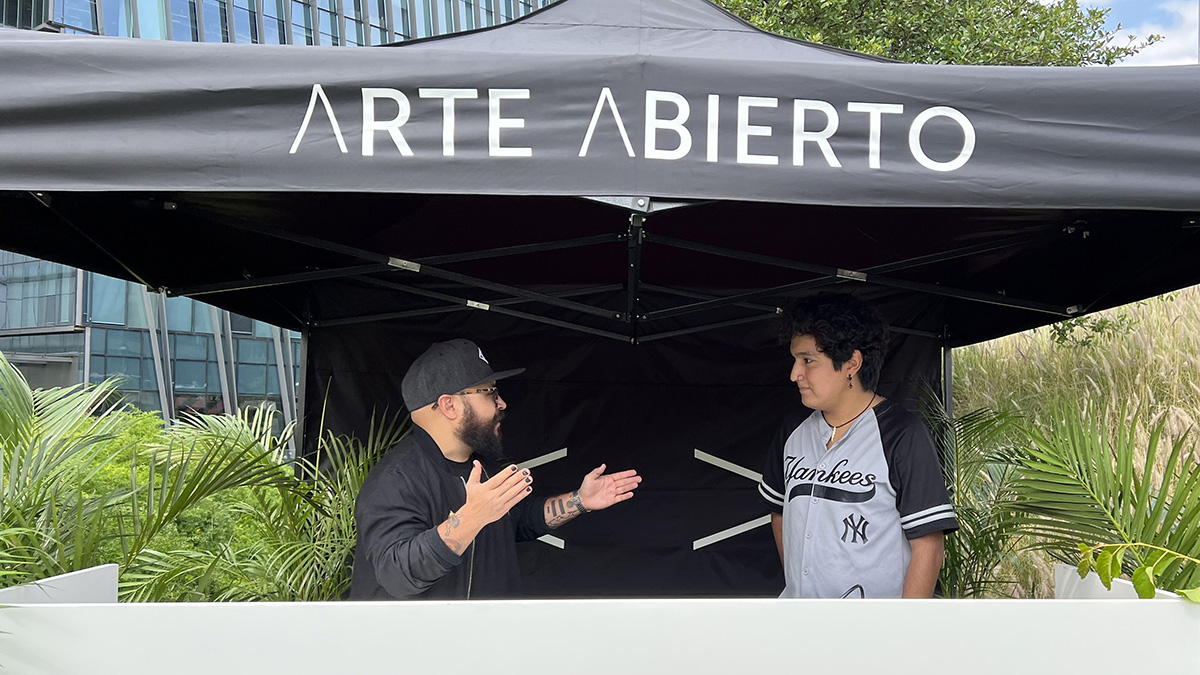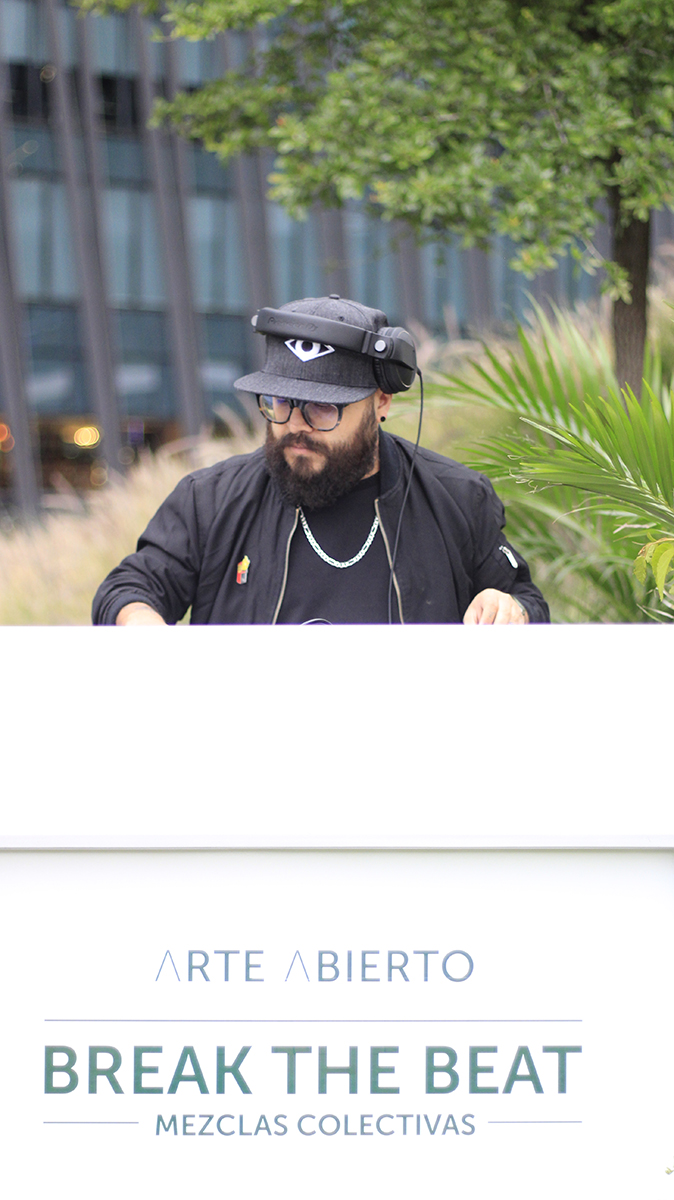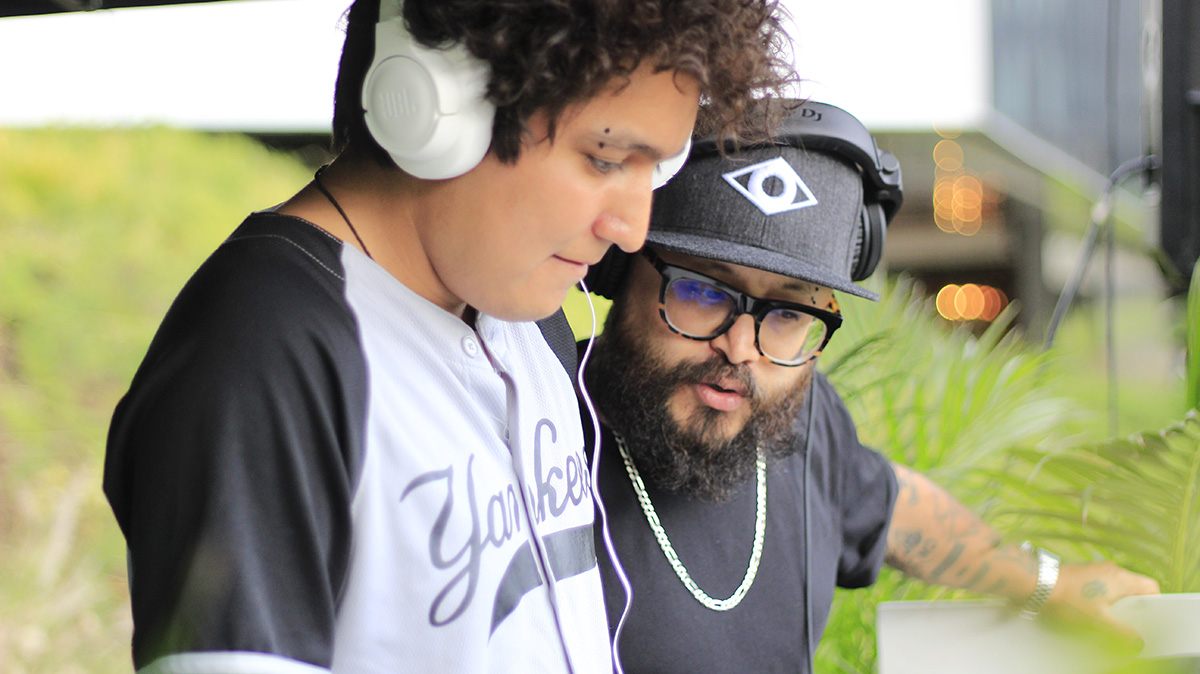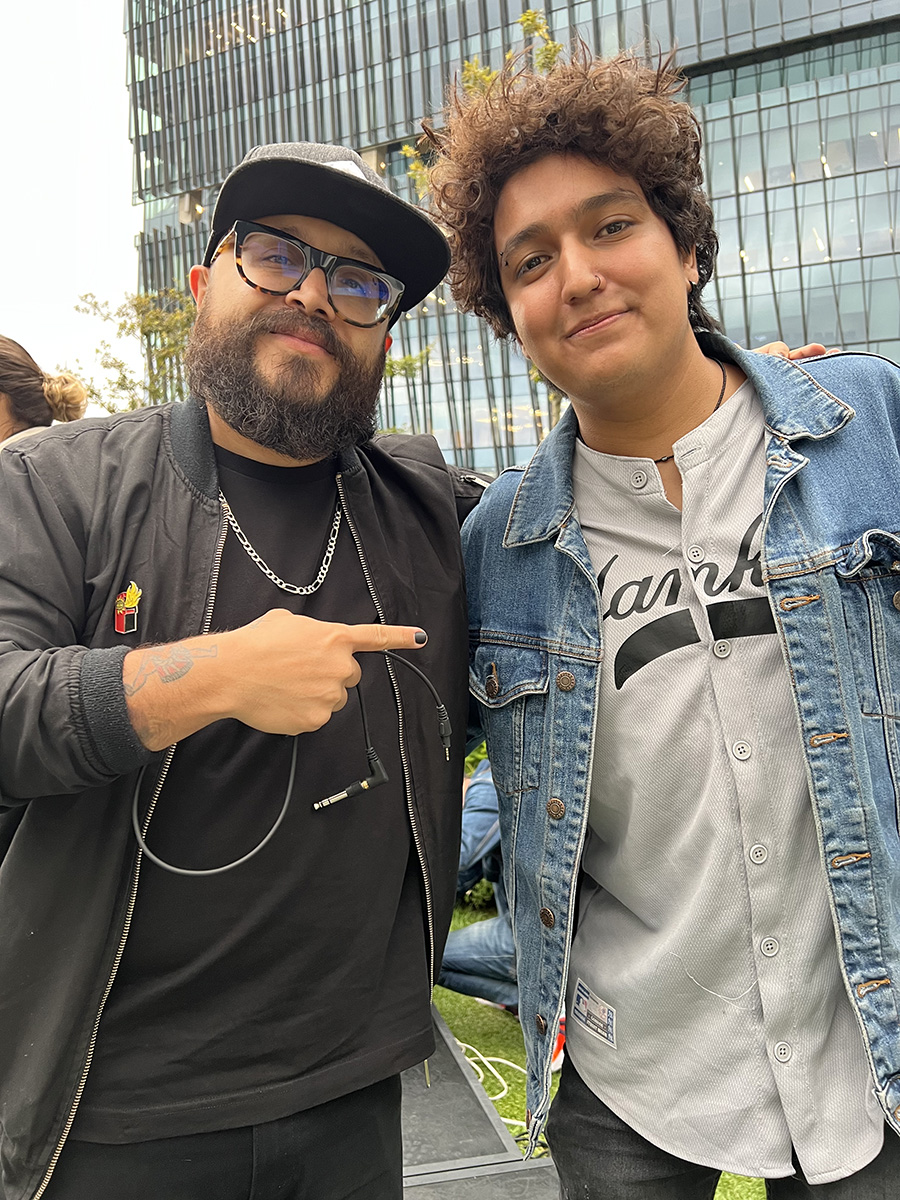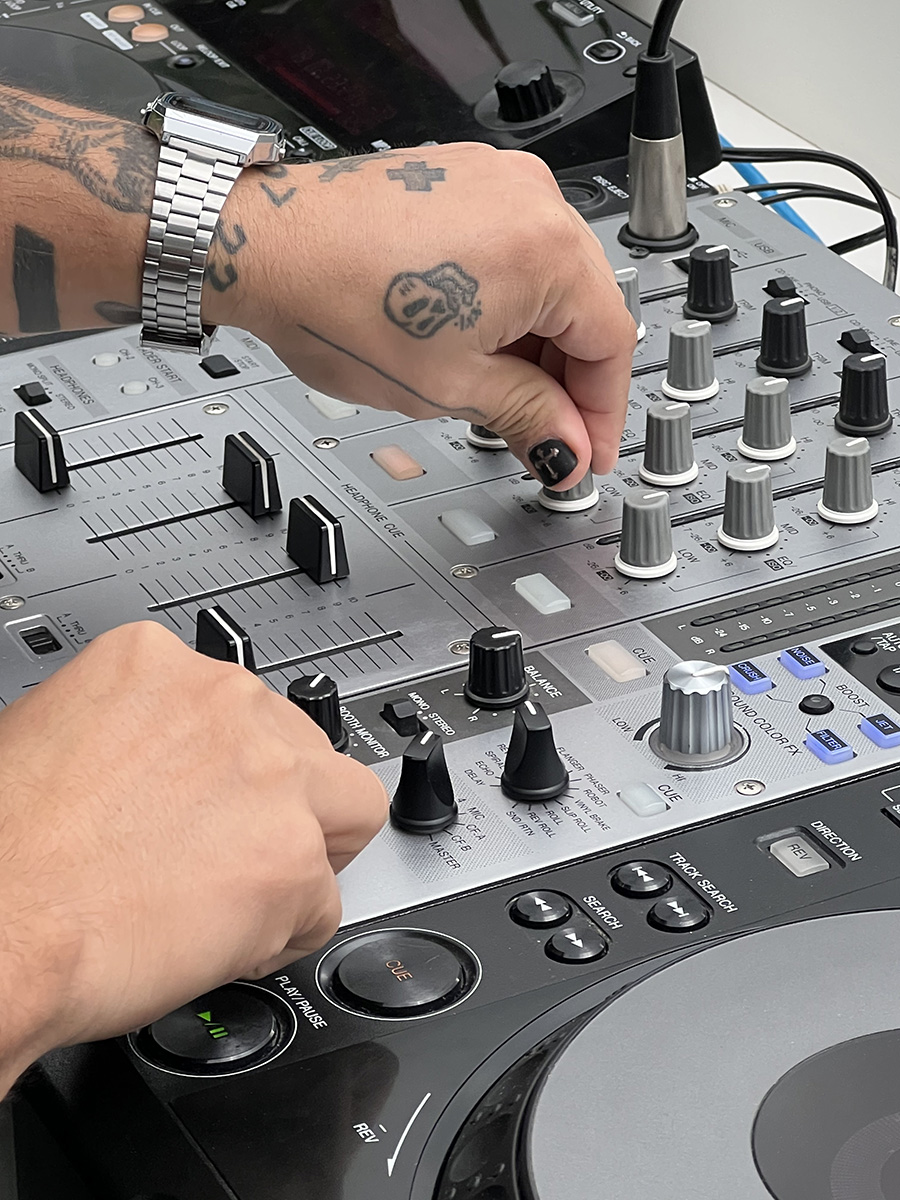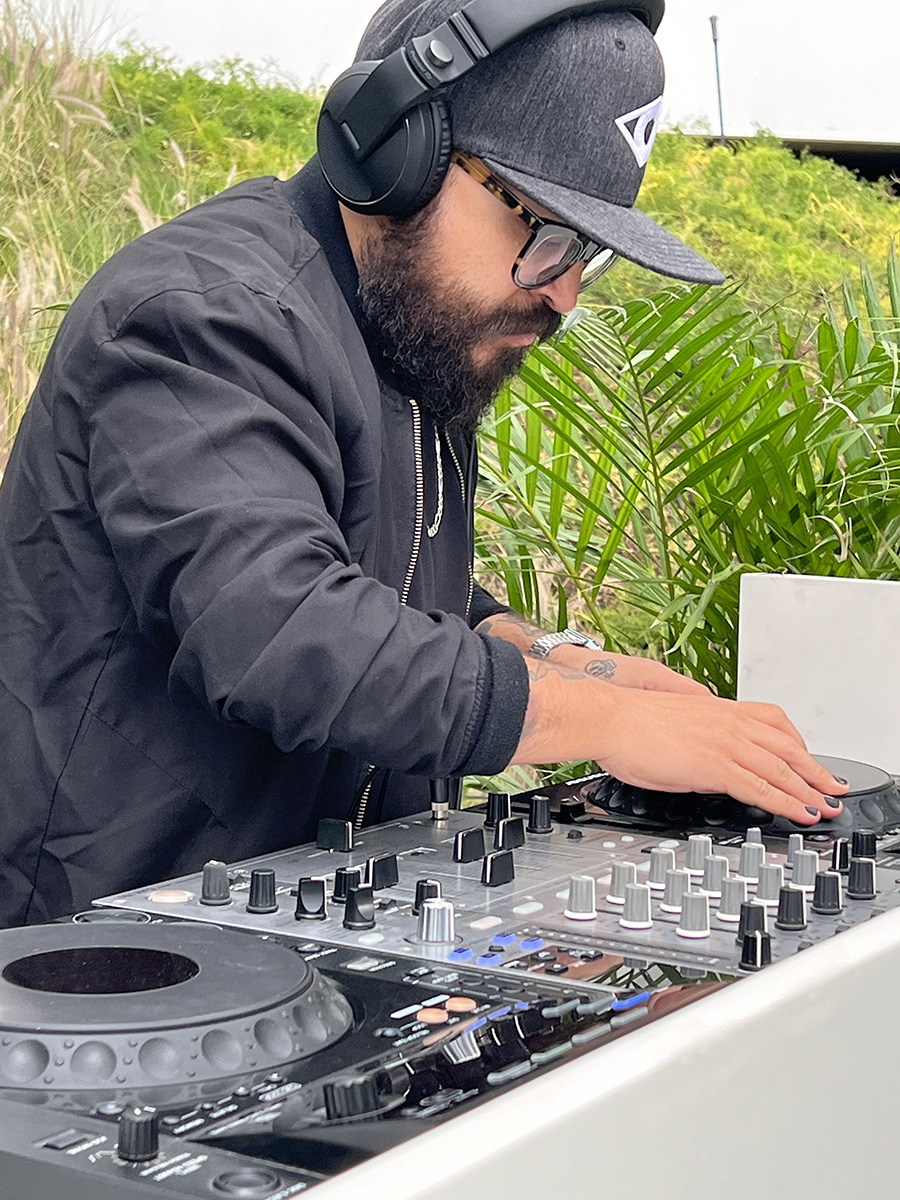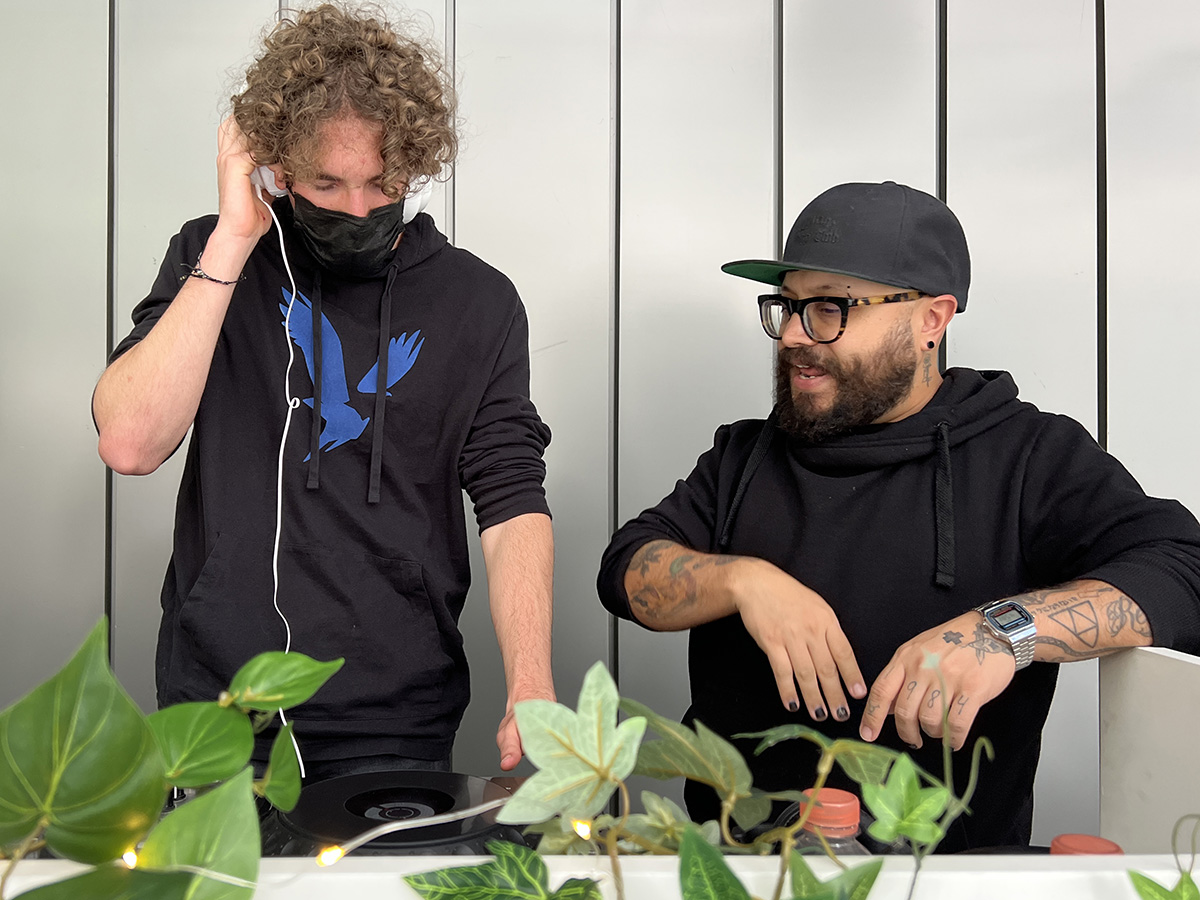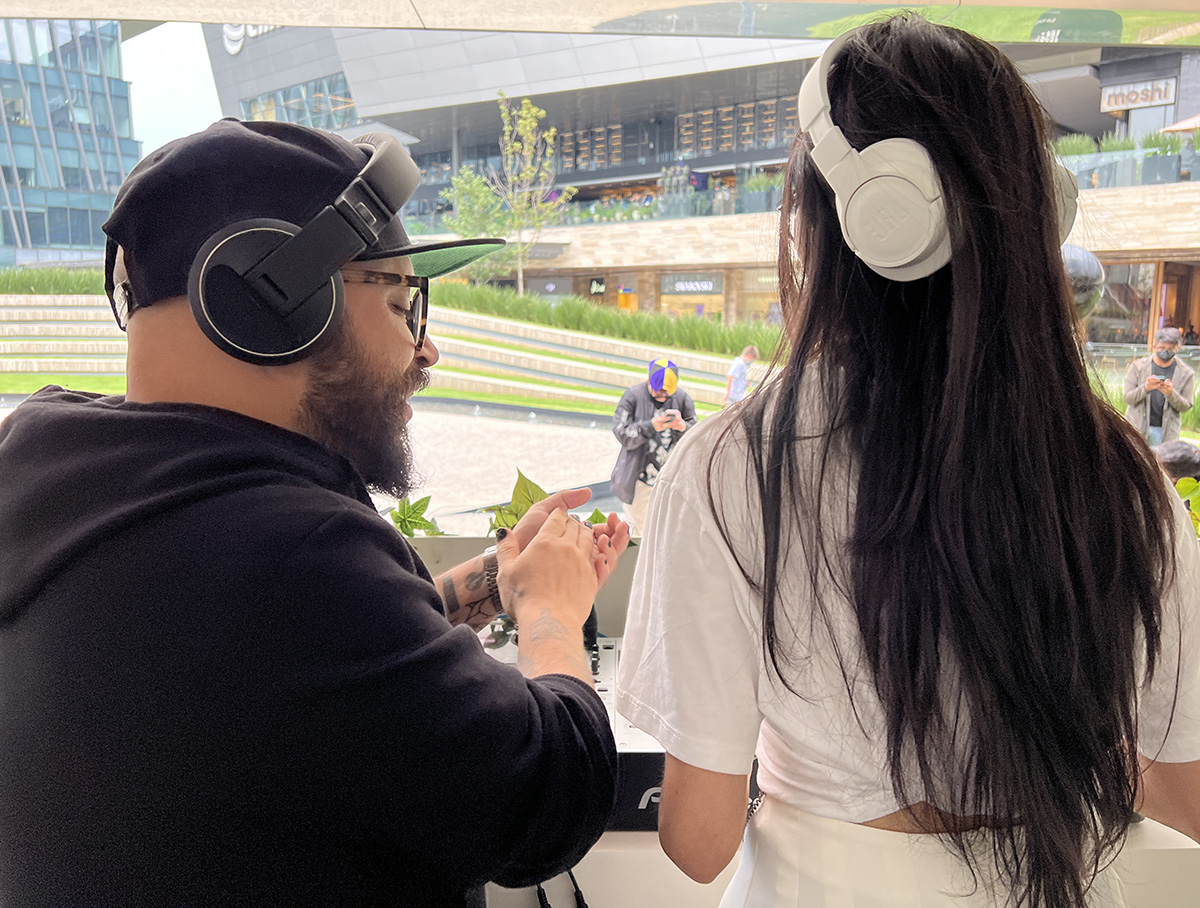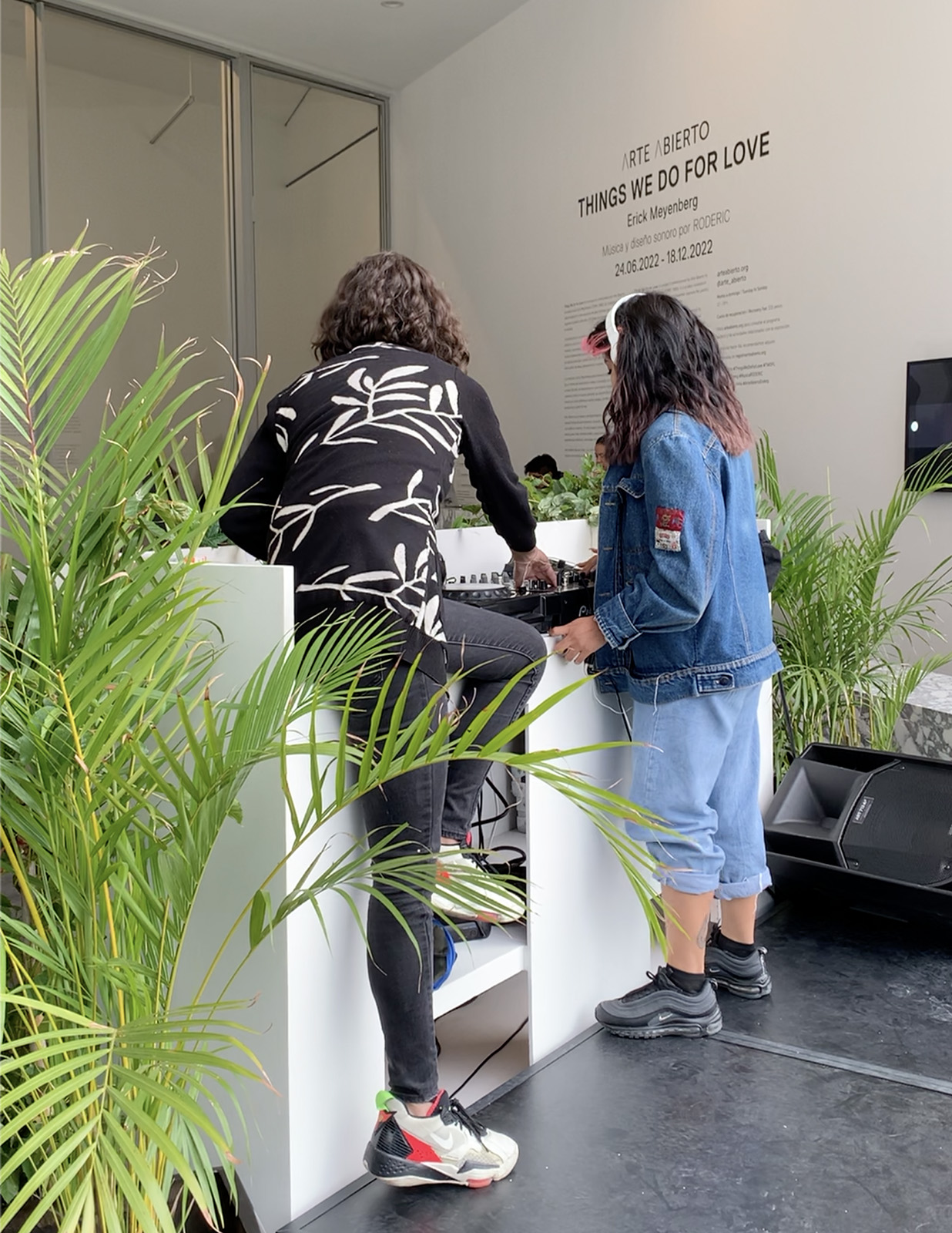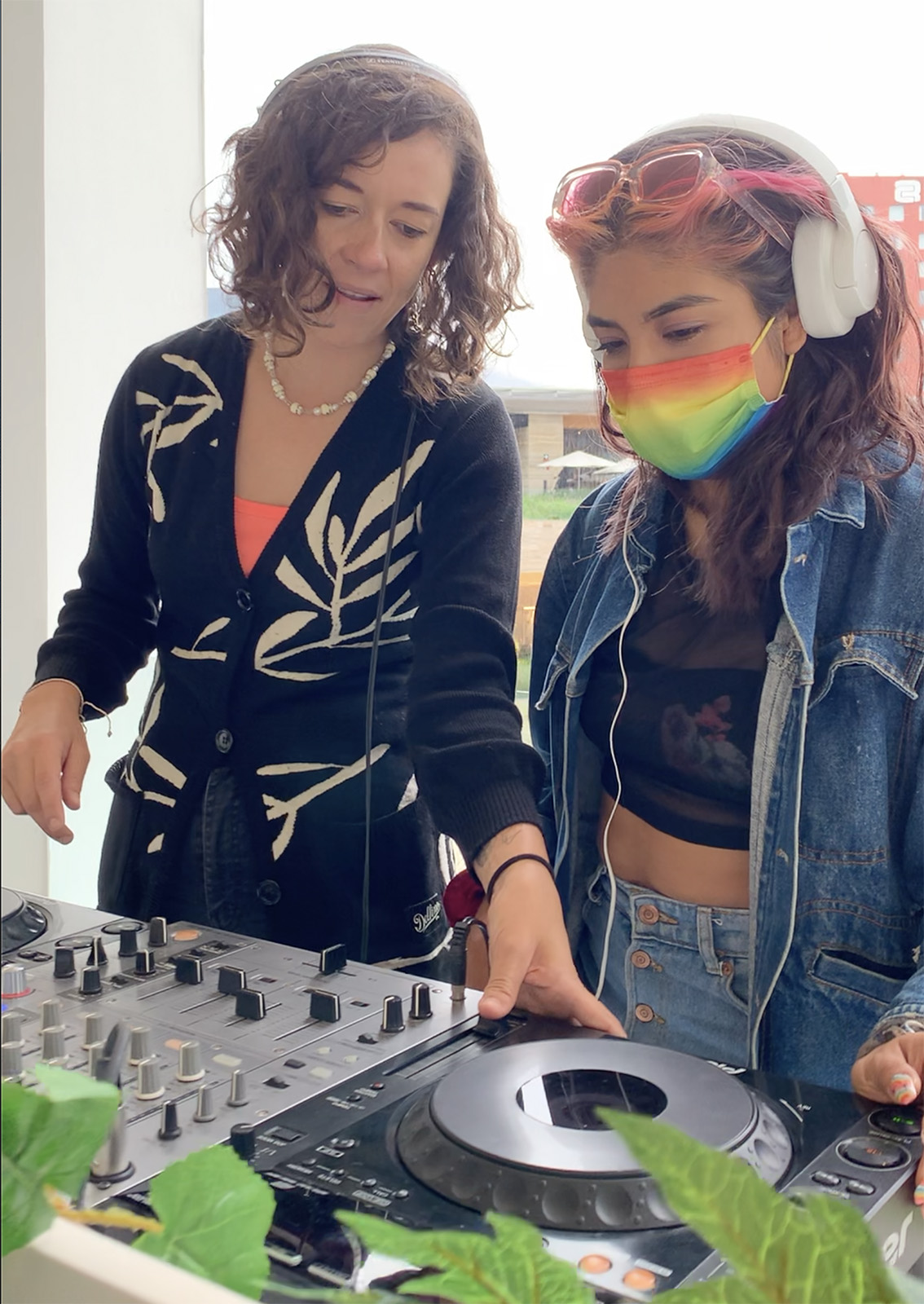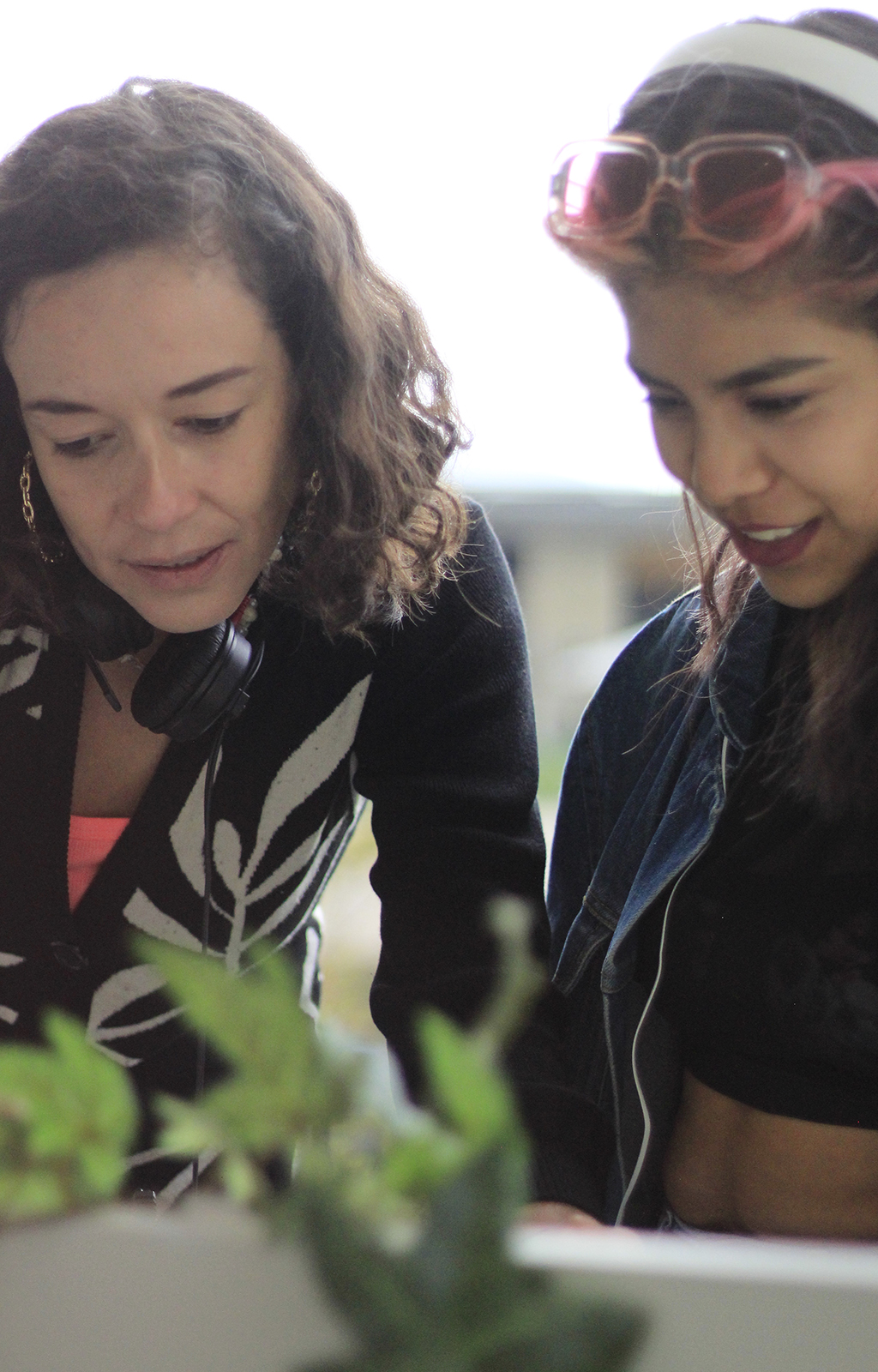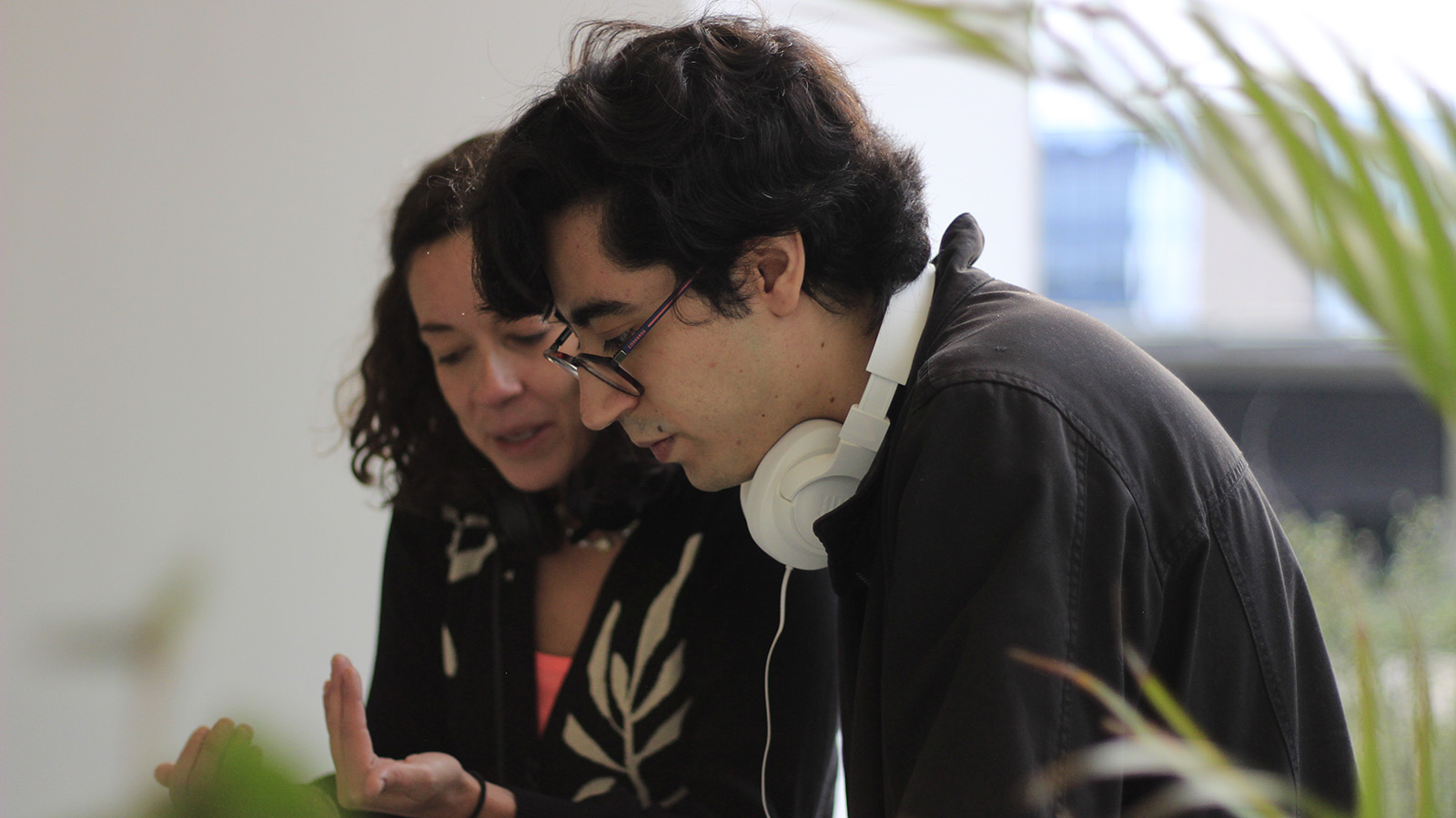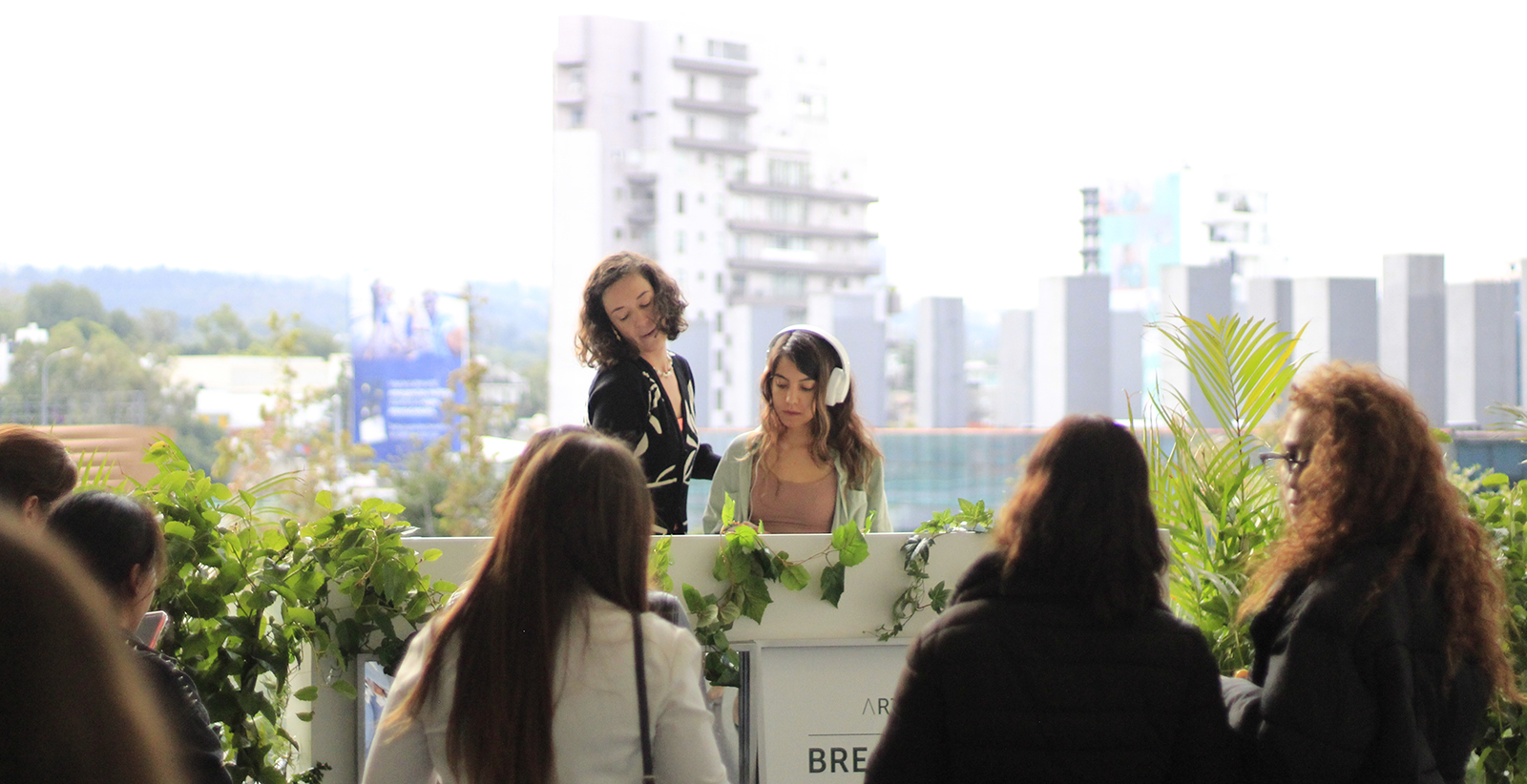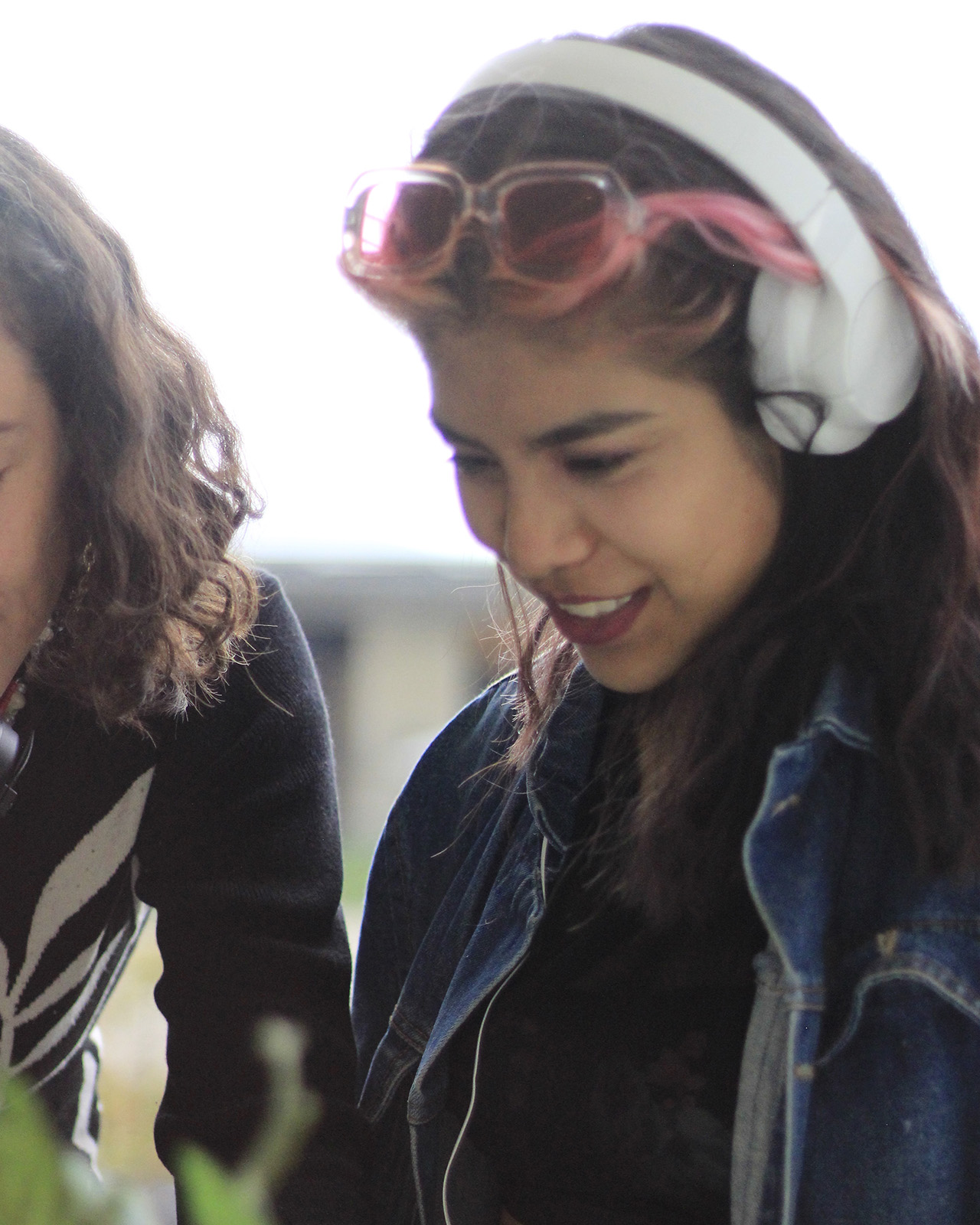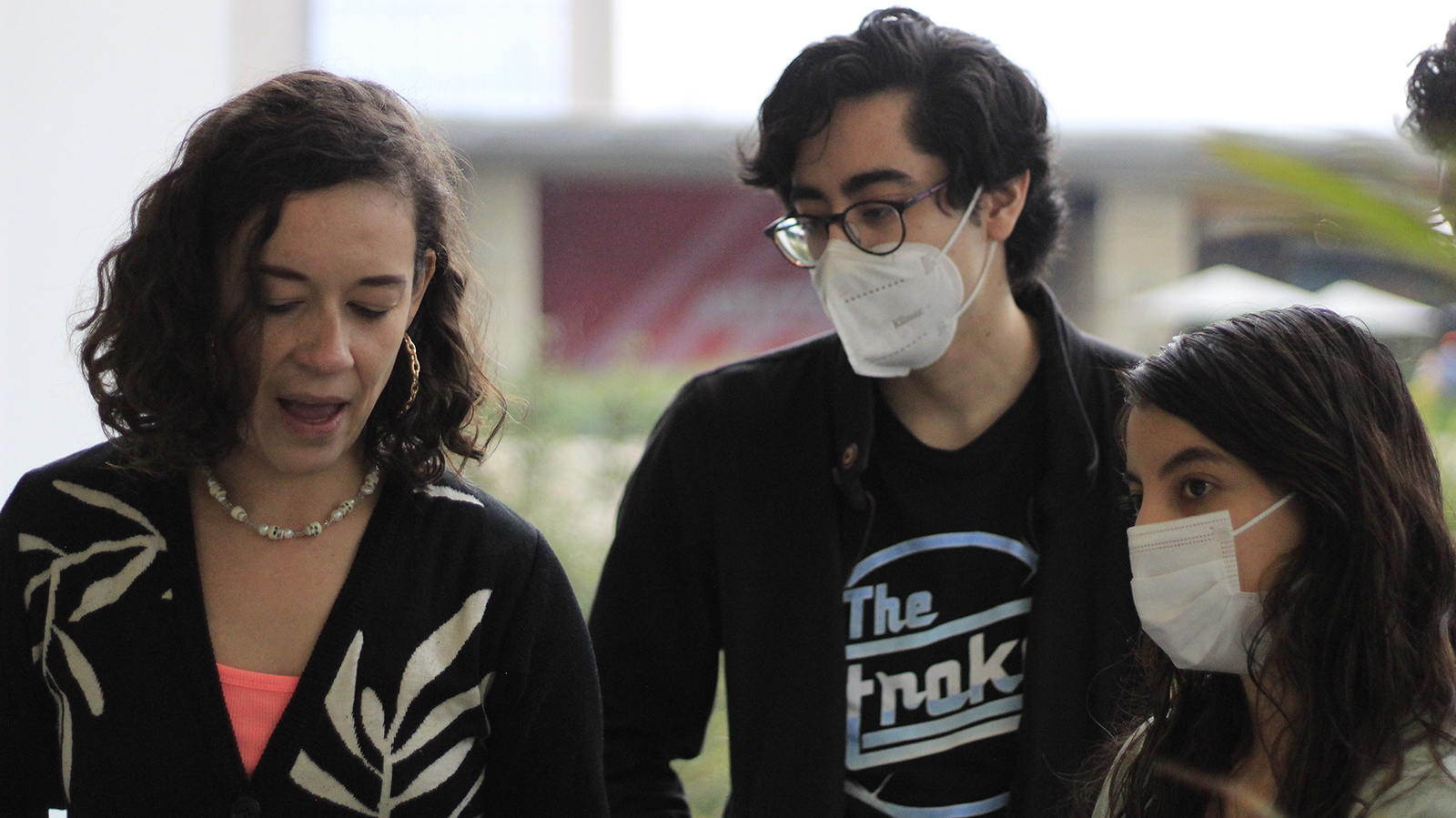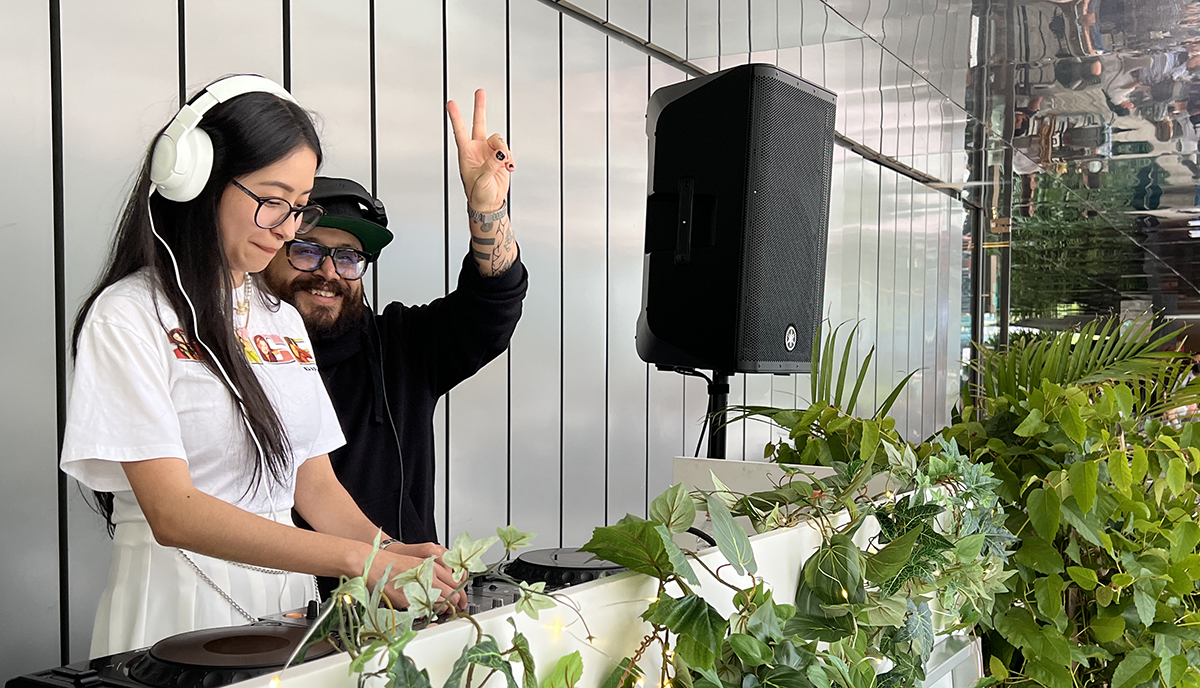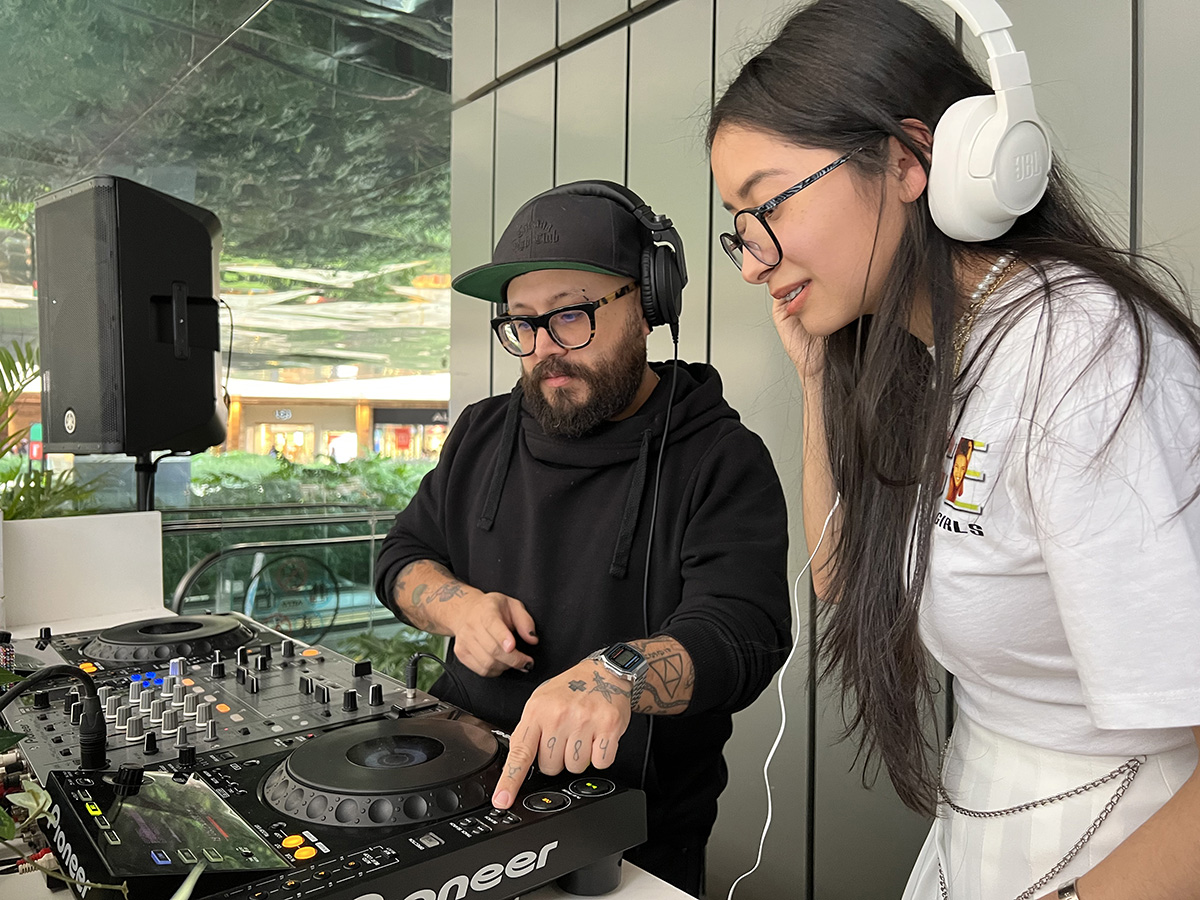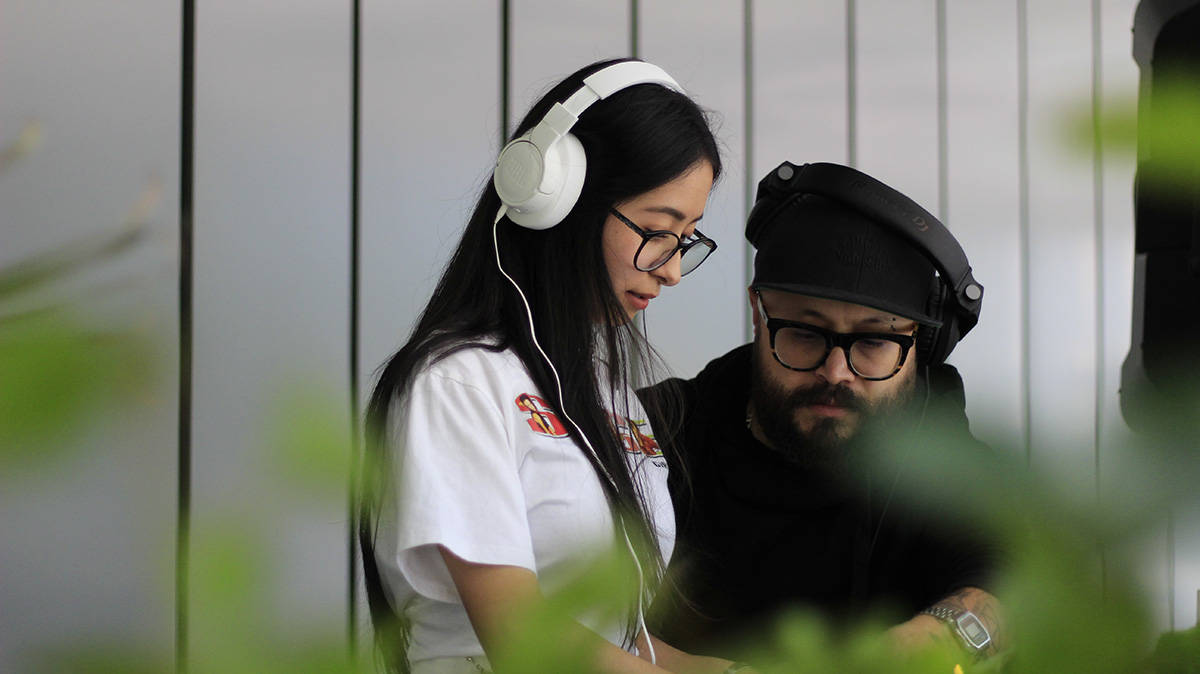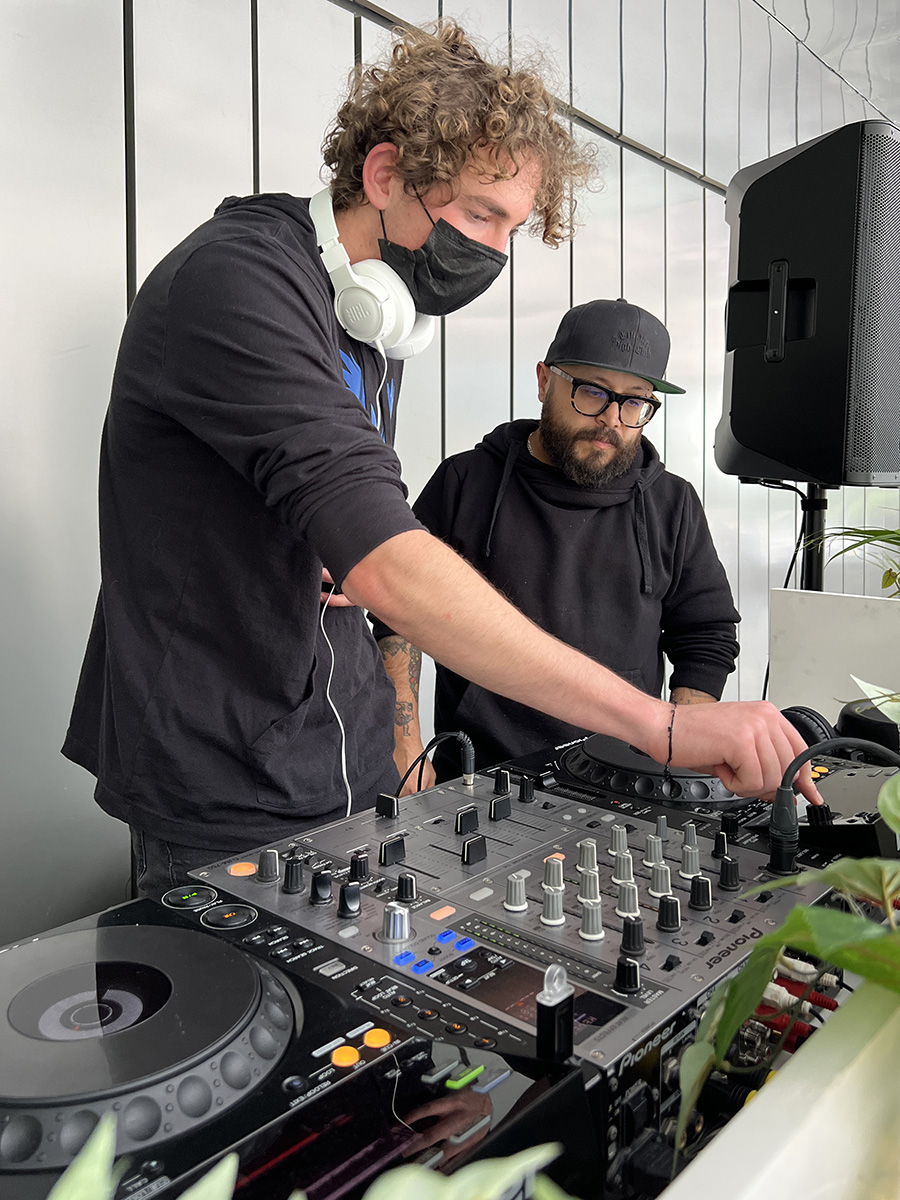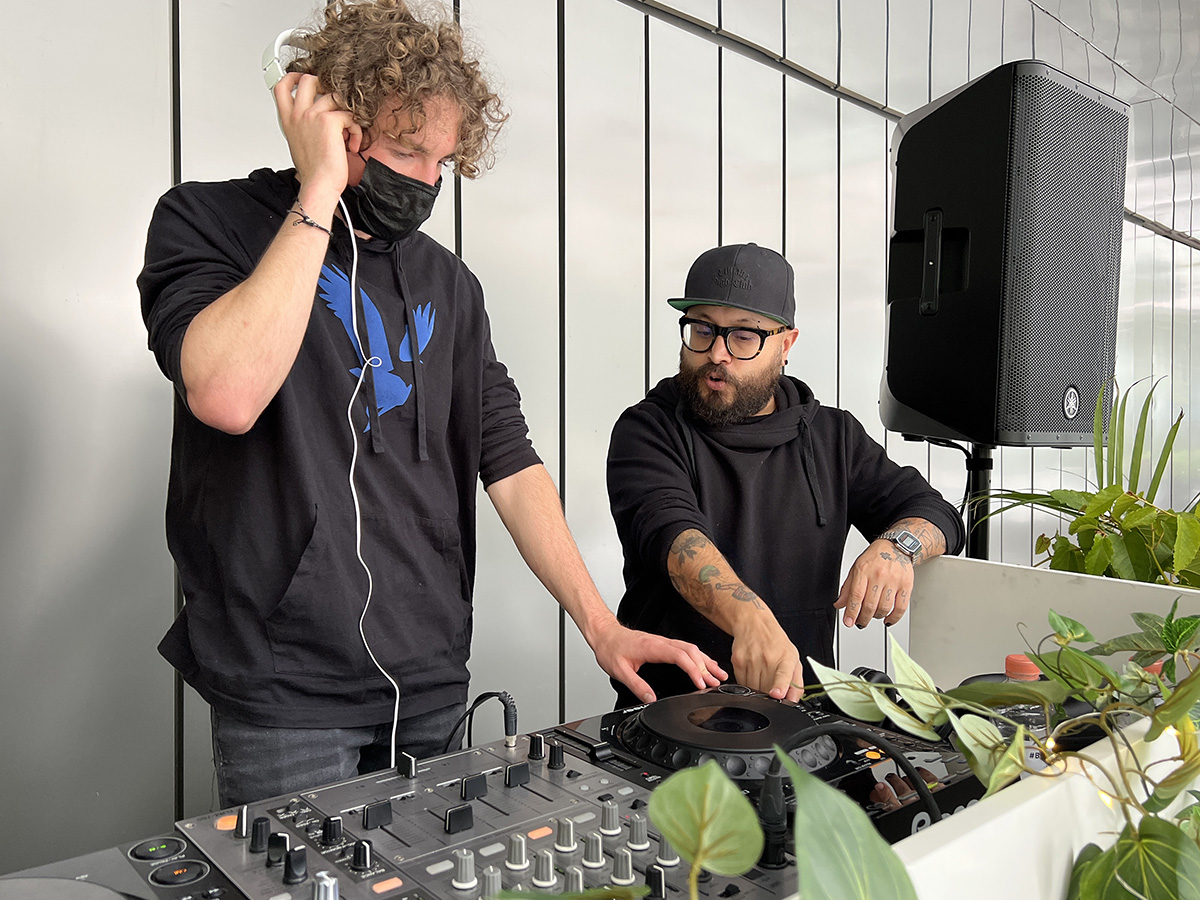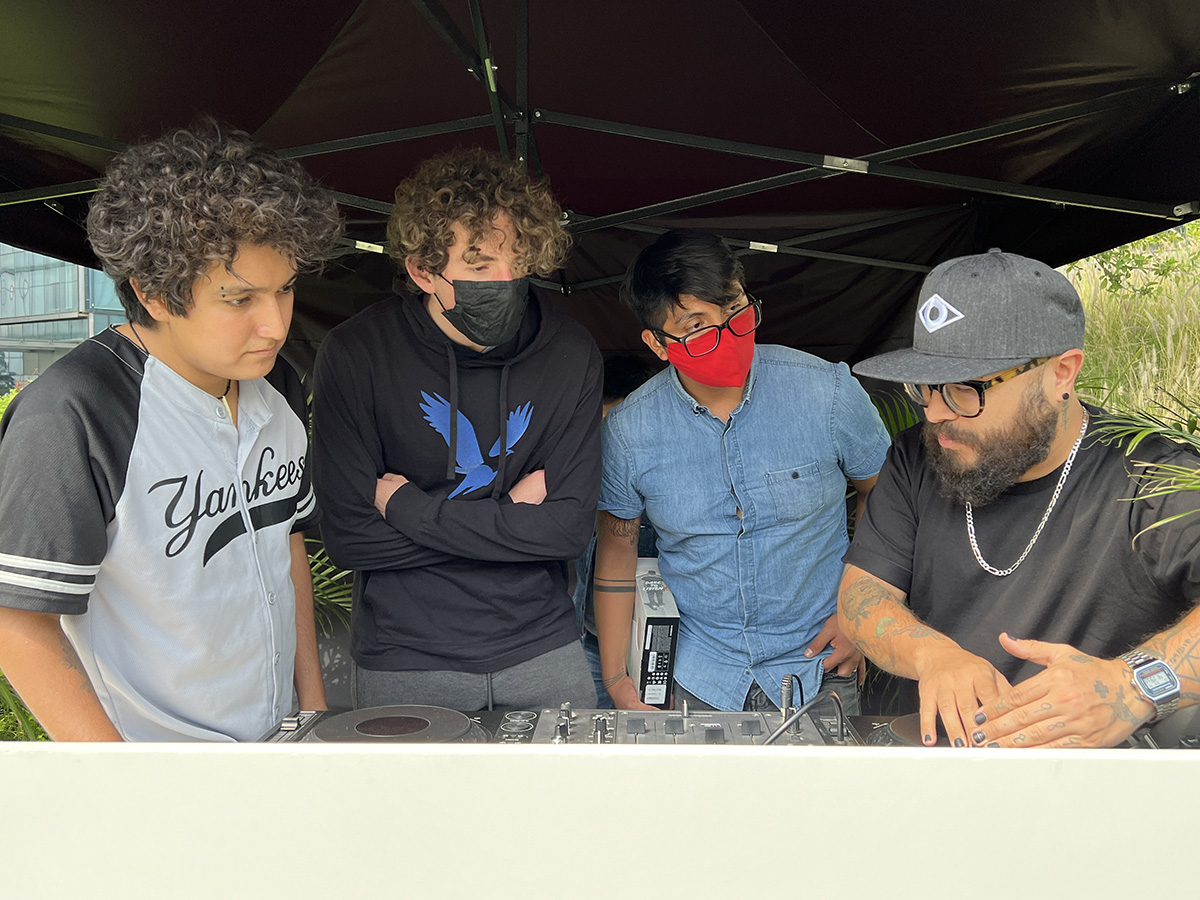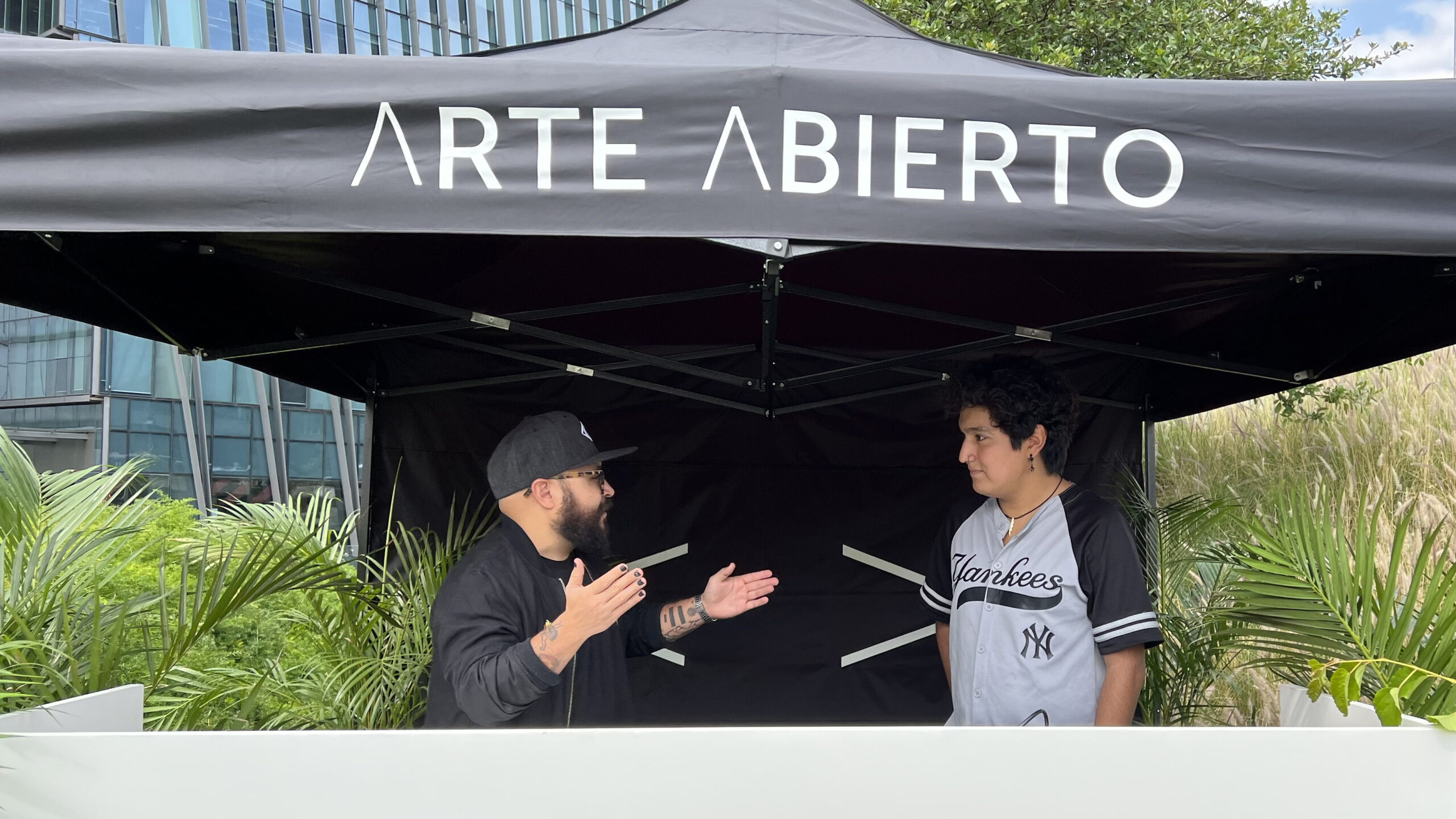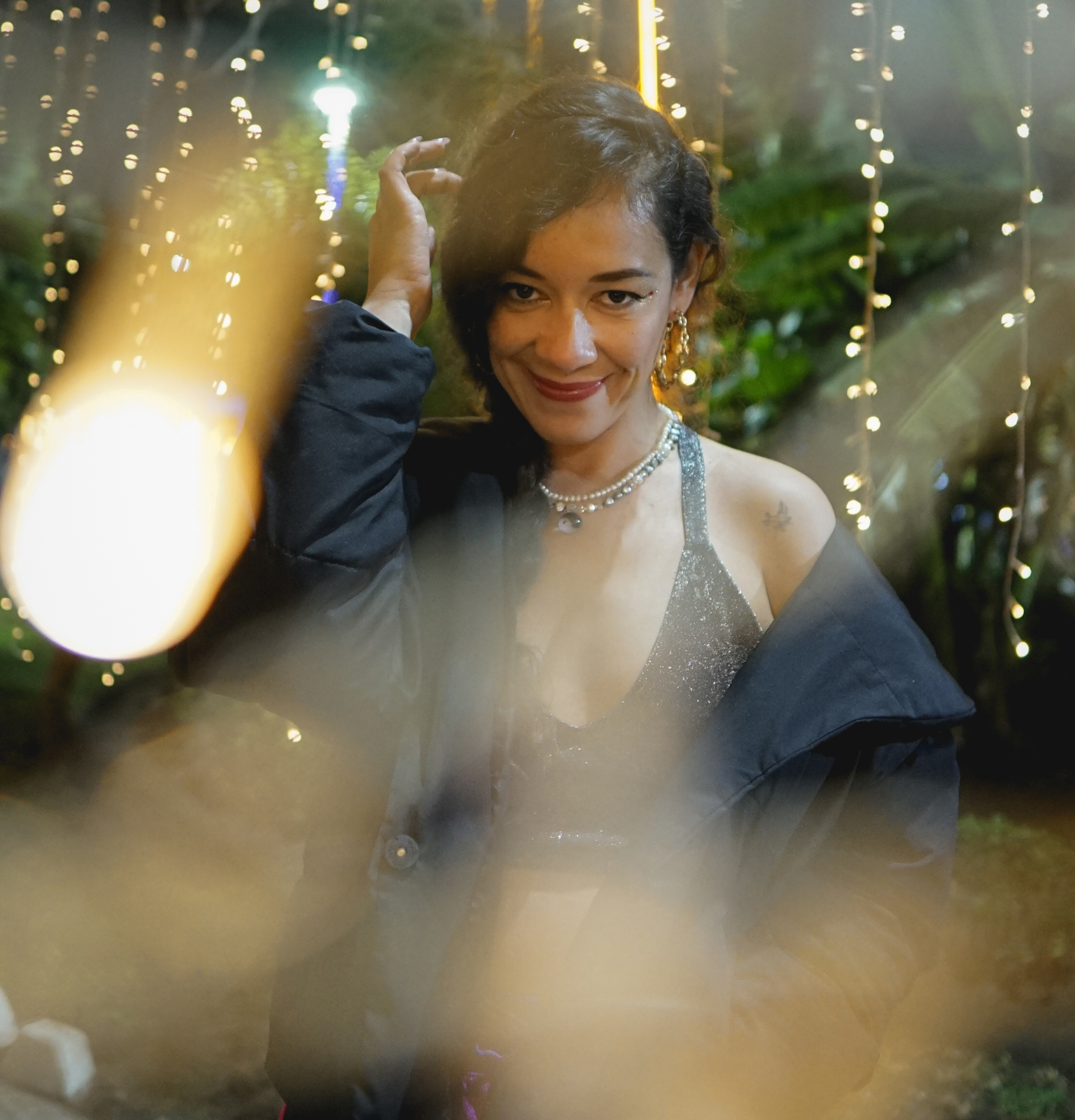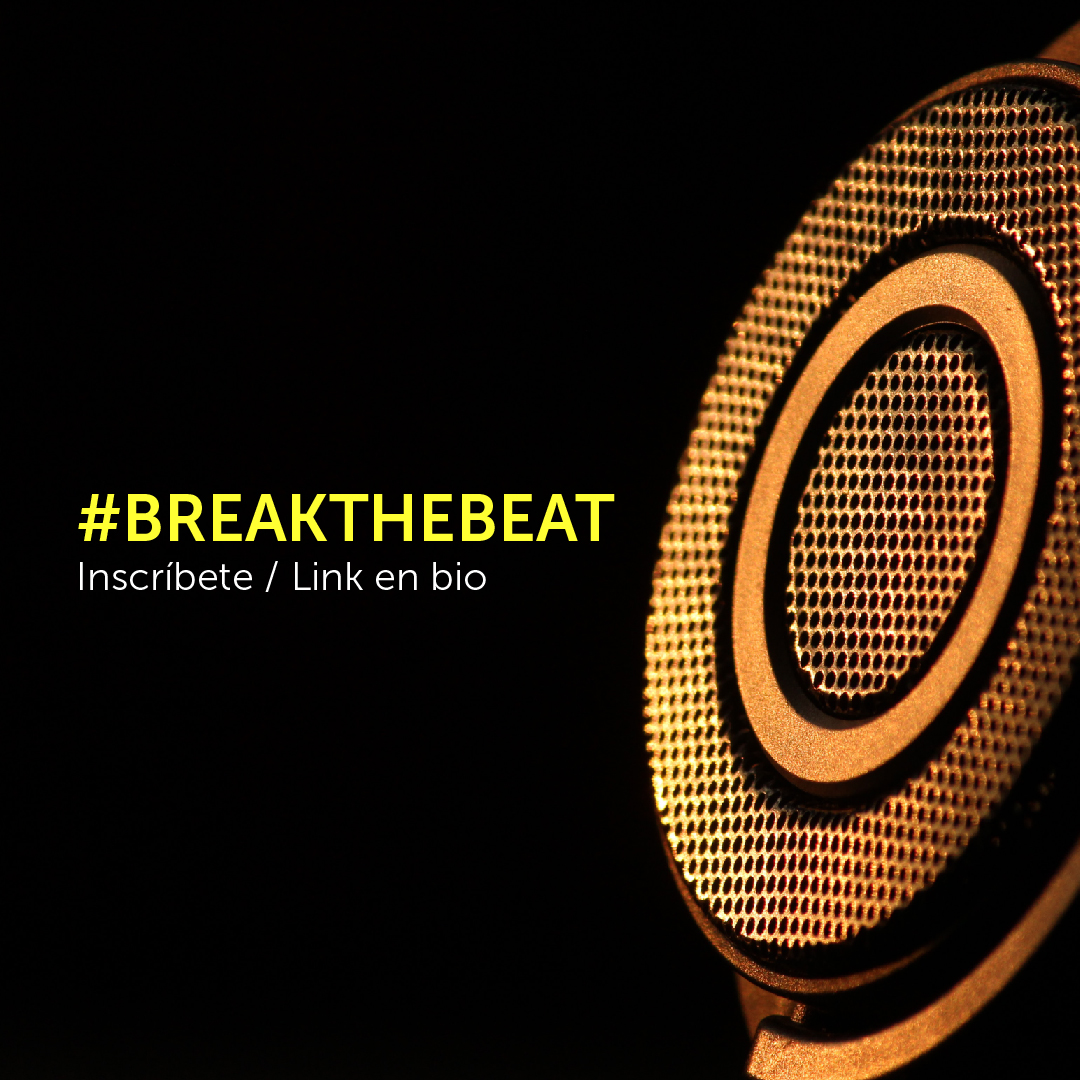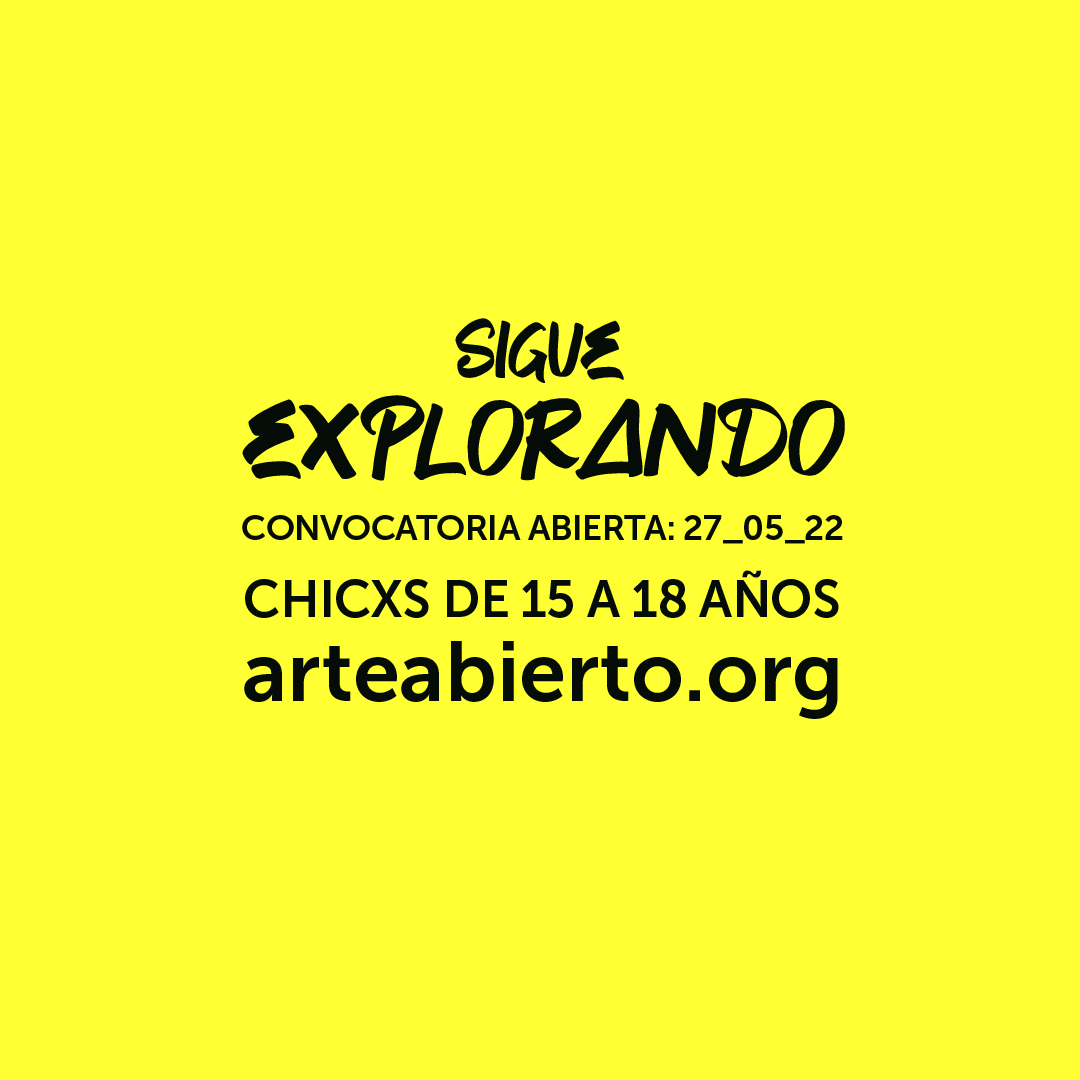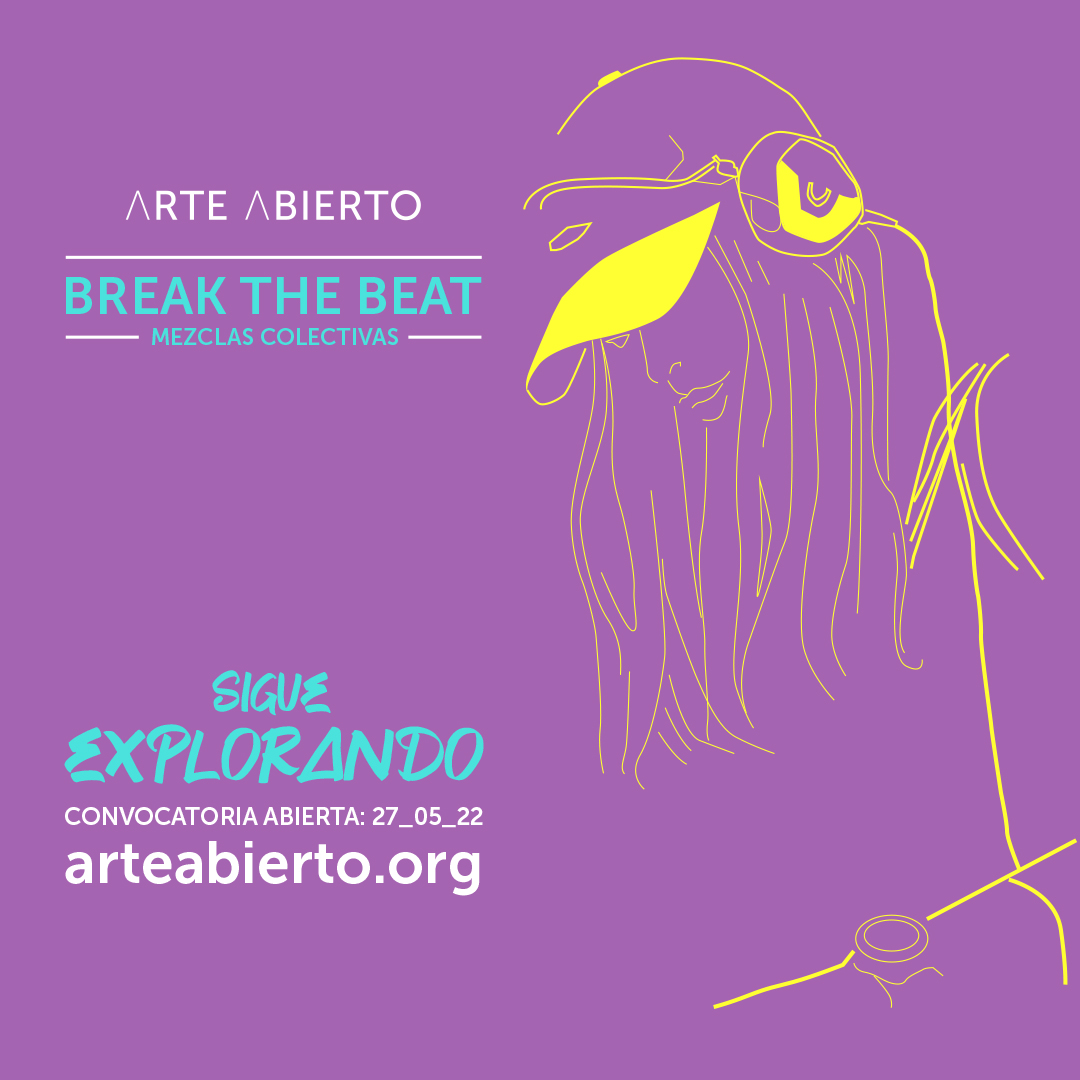22 Jun THINGS WE DO FOR LOVE 🗓
Things We Do for Love is a project commissioned by Arte Abierto to visual artist Erick Meyenberg (CDMX, 1980). It is a video-installation and a large-format sculpture that, both together, exposes the poetics of art and its effect in our perception of reality.
The exhibition exemplifies artistic practice complexities and its transformations as resulted from the multiple perspectives and actions intervening in its production. For Arte Abierto it is essential to expose the collaborative nature of art through exhibitions that, such this one, turn out from a process and an exchange of ideas, thoughts and feelings.
Inviting Erick Meyenberg to intervene in our space came up from the interest in bringing us closer to common ideas and concepts, transformed into an intimate reflection through art. Thus, what began as a personal path became a project to recognize how we define our gaze and the meanings that we produced from it.
In those waters, in all the waters, [the human being] hope[s] to see their real image reflection. An image that has been mutilated thousands of years ago. In that situation, lost in thought by the shore, we can find them anywhere. Yearning for what? What they used to be.
–Reinaldo Arenas, The Doorman (1989)
While in an artistic residency in Japan* I was going through a personal situation that made everything seem fragmented. As in any process, the way was guided by intuition and chance. Sometimes you must travel faraway to find your own reflection in other waters. Being unaware then, this journey of reencounter with myself arrived. I thought: How to move in such a foreign world? How to heal and paste the remaining pieces after a fracture?
Camera in hand, I started touring Tokyo, Kyoto, Kanazawa, Hiroshima and Naoshima by land and sea, capturing hundreds of images and life fragments that reminded me of the existence of beauty in everyday life. While recording everything that captured my attention, a phrase always came to my mind giving new meaning to what I was looking at: “Things we do for love”.
Back in Mexico, other lands and other seas showed up. With those waters came a new promise of life. Not knowing why, it seemed that my visual archive of two countries and cultures—so different from each other—was trying to say something. I wanted to find a way to put together these life fragments to transform them into a whole that, in turn, wouldn’t hide the fractures of its history. I found in Kintsugi (a Japanese philosophy that repairs broken objects and beautifies them by gluing the fragments with gold dust) the perfect metaphor to understand video editing as that affective binder capable of intertwining images apparently unconnected. Something that I could only have done with the help of my great friend, editor and filmmaker Martha Uc.
In Things We Do for Love, what once were wounds now are lines of light that accentuate the complex diversity of lived moments in the same story. I decided not to use the images’ real sound, but to experiment with the emotional and suggestive abstraction of electronic music. That’s where my friend and musician Roderic appeared—to me, the power of his music was the perfect light that recovered what had been lived and also a powerful emotional support to merge the collection of filmed moments. The cello—in the musical composition—emerged also because of instinct: Natalia Pérez-Turner’s performance gave the work a great affective-depth.
Later, after looking at a chrysanthemum that I filmed on a Tokyo cemetery ground after falling due to a typhoon, the idea of making a sculpture that would depict the water and the sea force and movement—video’s two recurring elements—came up. A new phrase came to my mind: “the sculpture had to rise from the ground, just as Aphrodite rose from the waters”. Coincidentally, the colors involved in the goddess of love and eroticism mythological birth are tied with Japan’s national colors. Along this path, the sculptor Óscar Garduño and the ceramist Carmen de la Parra helped me to create the sculptural work at Cerámica Suro workshop in Guadalajara.
At the end of this journey, Cuban writer Reinaldo Arenas appeared. Literature always comes just like that: untimely, unexpected, forceful, needed… A new intuition gave life to his text in Louise Phelan and Francisco López-Guerra voices, to whom I dedicate this work.
Just as the space forms a whole with the chrysanthemum petals on the gallery’s floor, the video editing made possible putting together the fragmentary images of my experience, turning out to be a surprising and unexpected ode to life which taught me that, beyond personal experiences, the relentless force reigns tirelessly.
Erick Meyenberg
*Residence for artists Casa NaNo in Tokyo, Japan, sponsored by Fundación Casa Wabi.
ERICK MEYENBERG (MEXICO CITY, 1980)
Erick Meyenberg is an interdisciplinary visual artist who sees painting as a fundamental element of expression, although he also explores other media such as sound installation, sculpture, drawing, collage,video and performance. His work is the result of an extensive investigation on topics such as literature, history, social sciences and natural sciences. To Meyenberg, art is a tool that helps to unearth that host of historical layers that has been left forgotten, making all the elements come into play to reach an “aesthetic whole”. He also considers video editing as a key process in his work. It is from there where he explores the aesthetic potential of images, where he plays with the possibilities they offer, their relationships, and through precise observations, he discovers new meanings, and new ideas.
Meyenberg graduated from Escuela Nacional de Artes Plásticas (National School of Plastic Arts) at UNAM. He has a Master’s degree in Visual Arts from the Berlin University of the Arts, Germany (UdK, Berlin) where he studied under the mentorship of German artist Rebecca Horn. His work is part of some public art collections such as the MUAC, Museo Amparo, National Institute of Fine Art (INBA), Telefónica Foundation, Museo Tamayo, Benetton Foundation. He has participated in numerous solo and collective exhibitions both nationally and internationally. He is currently part of the Sistema Nacional de Creadores (National System of Creators). Meyenberg lives and works in Mexico City.
RODERIC (Monterrey)
Roderic is the pseudonym of the musician Rodrigo Ortiz. His music is not attached to any specific music genre, but seeks poetic arrangements of emotions that are influenced by jazz, blues, Balkan, psychedelic, African, Latin and trance. His first album was Perfect Mirror (2016) and was preceded by It All Depends (2018).
Martha Uc (México)
She is an editor, photographer, producer and filmmaker. Some of her films and video-editing works are Nos hicieron noche (2021), Sanjuaneros (2020), Ayotzinapa. El paso de la tortuga (2018), The Guy from Oklahoma (2016), Los otros mexicanos (2015), El patio de mi casa (2015) among others. She was director of Estela (2011) and cinematographer of Bajo Tortura (2013) and Estela (2011).
Natalia Pérez Turner
Cellist and improviser. Member of the Generación Espontánea, Filera Trio, and Ensamble Liminar. She divides her time between contemporary music, improvisation and collaboration with artists from other disciplines such as dance, visual arts, theater, performance, literature and children’s shows. She was a FONCA scholarship recipient during the period 2005-06 (performer) with the projects “La cellista es una instalación” (Cellist is an installation) that offered contemporary music recitals for cello performed only at museums and art galleries. She has composed music for short films, video art theater and dance.



